


















MARCH 28, 2025
VOLUME 34 • NUMBER 12
1123 S. CHURCH ST. CHARLOTTE, N.C. 28203-4003 catholicnews@rcdoc.org
704-370-3333
PUBLISHER
The Most Reverend
Michael T. Martin, OFM Conv., Bishop of Charlotte
INDEX
Contact us 2
Español 20-21
Our Diocese 4-14
Our Faith 3
Our Schools 15-17
Scripture 3, 21
U.S. news 22-23
EDITOR: Trish Stukbauer 704-370-3392, tmstukbauer@rcdoc.org
ADVERTISING MANAGER: Kevin Eagan 704-370-3332, keeagan@rcdoc.org
MULTIMEDIA DESIGNER: David Puckett 704-808-4521, dwpuckett@rcdoc.org
EDITORIAL TEAM: Kimberly Bender 704-370-3394, kdbender@rcdoc.org Lisa Geraci 704-370-3294, lmgeraci@rcdoc.org Troy C. Hull 704-370-3288, tchull@rcdoc.org Christina Lee Knauss 704-370-0783, clknauss@rcdoc.org
COMMUNICATIONS ASSISTANT/CIRCULATION: Amelia Kudela 704-370-3333, catholicnews@rcdoc.org
COMMUNICATIONS DIRECTOR: Liz Chandler 704-370-3336, lchandler@rcdoc.org
ASSISTANT COMMUNICATIONS DIRECTOR: Patricia L. Guilfoyle 704-370-3334, plguilfoyle@rcdoc.org
THE CATHOLIC NEWS HERALD is published by the Roman Catholic Diocese of Charlotte 26 times a year.
NEWS: The Catholic News Herald welcomes your news and photos. Please e-mail information, attaching photos in JPG format with a recommended resolution of 150 dpi or higher, to catholicnews@rcdoc.org All submitted items become the property of the Catholic News Herald and are subject to reuse, in whole or in part, in print, electronic formats and archives.
ADVERTISING: Reach 165,000 Catholics across western North Carolina! For advertising rates and information, contact Advertising Manager Kevin Eagan at 704-370-3332 or keeagan@rcdoc.org. The Catholic News Herald reserves the right to reject or cancel advertising for any reason, and does not recommend or guarantee any product, service or benefit claimed by our advertisers.
SUBSCRIPTIONS: $17.25 per year for registered families of the Diocese of Charlotte and $25 per year for all others
POSTMASTER: Periodicals Class postage (USPC 007-393) paid at Charlotte, N.C. Send address corrections to the Catholic News Herald, 1123 S. Church St., Charlotte, N.C. 28203.
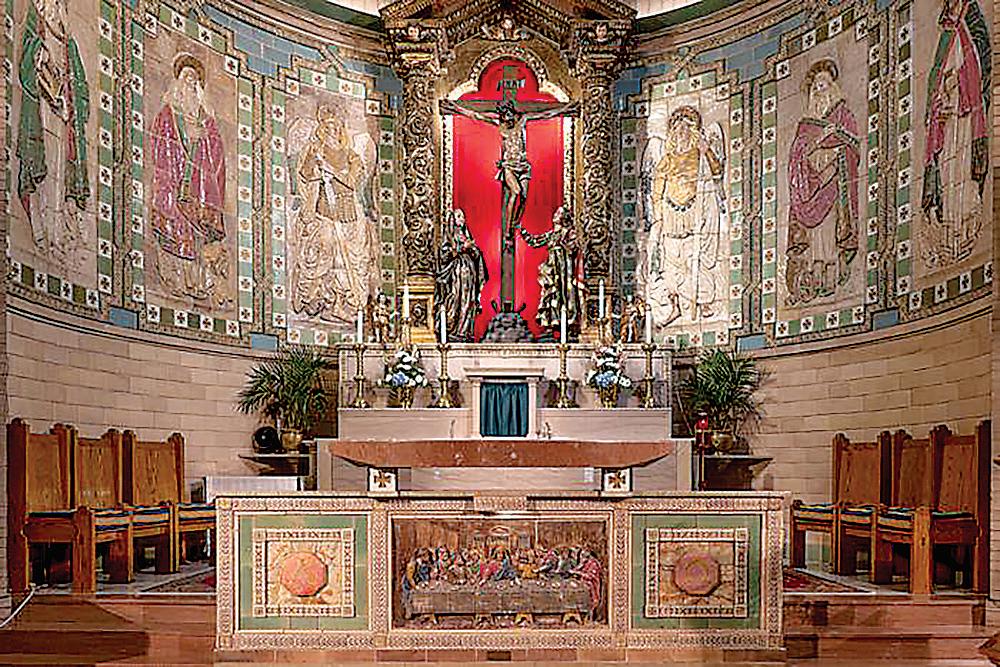



the Jubilee Year 2025: Pilgrims of Hope, dioceses across the world have been charged with designating local pilgrimage sites for those who can’t get to Rome. Three local sites – all listed on the National Register of Historic Places – have been designated in the Diocese of Charlotte: St. Lawrence Basilica in Asheville; Mary, Help of Christians Basilica at Belmont Abbey in Belmont; and St. Patrick Cathedral in Charlotte. Before you venture out to one of them, how should you prepare for a pilgrimage? Will Peterson, founder and president of Modern Catholic Pilgrim, suggests several ways you can deepen your local pilgrimage experience. Scan the QR code for this week’s recommended prayers and activities:
With three local sites – and more in neighboring dioceses – how do you determine where you want to go? Take the time to research – and pray over – potential sites and see where you feel called to go. Then, either individually or as a family, determine your intention for making the journey. That intention could be anything from praying for the universal Church or the diocese to a family in need or one inspired by the life of the patron saint of the site. You also can ask family members and friends for their intentions, write them down and carry them with you to the site. Doing so is a wonderful way to teach children the importance of praying with and for others. (See more on sites local pilgrims visited on page 9.)
Traditionally, pilgrims walked as they made a pilgrimage. While part of this stemmed from the predominant method of traveling before modern transportation, there was a spiritual component to the long and potentially challenging journey of reaching the holy site. While walking may not be an option in today’s world, you can map out a walk as part of your pilgrimage. Get the family involved and plan a walk around the Belmont Abbey campus, take a tour of St. Lawrence Basilica, or walk around St. Patrick Cathedral’s campus and the neighboring park to find a quiet spot in Dilworth.

Prayer is at the heart of any spiritual journey, but how do you pray in a different way on a pilgrimage? Peterson recommends reflecting on Christ as a pilgrim, beginning with Psalm 84 before you set out and praying Psalm 122 at your destination. The Vatican and the U.S. Conference of Catholic Bishops have posted Jubilee prayers on their websites. Ideally, you’d make time to go to confession and Mass as part of the pilgrimage as well. — Catholic News Herald and OSV News
EVENTS
EASTER FOOD BASKETS BLESSING : 1 p.m. Holy Saturday, April 19, at St. Thomas Aquinas Church, 1400 Suther Road, Charlotte. Deacon James Witulski will bless Easter food baskets, in both English and Polish. All are welcome.
EMPOWERING CAREGIVERS: Are you caring for a sick or elderly loved one? Attend this free five-part series every Tuesday in June at St. Matthew Church, 8015 Ballantyne Commons Pkwy., Charlotte. Learn about supporting your loved one’s independence, improving communication, managing money and making the most of support services. Sponsored by the diocese’s Elder Ministry program and the Alzheimer’s Association. For details, contact Sandra Breakfield at 704-370-3220 or sandrab@ccdoc.org.
IGBO MASS : 11:30 a.m. Sunday, March 30, St. Mary’s Church, 812 Duke St., Greensboro. Parking at the Windsor Center. For more information, call 336-707-3625.
HOLY HOUR FOR NICARAGUA : All are welcome to a Holy Hour in Spanish for the Intention of Bringing Peace to Nicaragua. 7-8 p.m. every Thursday except the first Thursday of every month, St. Patrick Cathedral, 1621 Dilworth Road East, Charlotte.
ST. PEREGRINE HEALING PRAYER SERVICE : 7 p.m. every fourth Thursday of the month, St. Matthew Church chapel, 8015 Ballantyne Commons Pkwy., Charlotte. Includes a blessing with the relic of St. Peregrine. For details, go to www.stmatthewcatholic.org/st-peregrine.
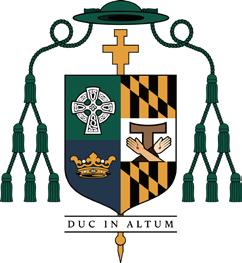
the coming weeks:
Mark Church, Huntersville
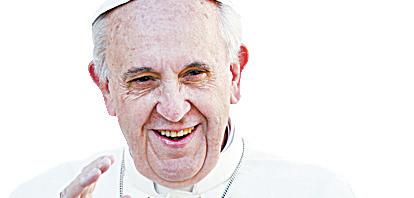
Change can be frightening, but the Holy Spirit encourages the faithful to face their fears, follow Jesus’ light and be “born again,” Pope Francis said in a prepared text.
“If we do not accept to change, if we close ourselves up in inflexibility, in habits or our ways of thinking, we risk dying. Life resides in the capacity to change to find a new way to love,” he said in the catechesis prepared for his general audience March 19.
During the Holy Year 2025, Pope Francis’ general audience talks have focused on “Jesus Christ our hope.”
Since his hospitalization and release, the Vatican has published the prepared texts.
After reflecting on Jesus’ infancy and childhood, he wrote, “we will begin to contemplate some of the encounters narrated in the Gospels to understand the way Jesus gives hope.”
The first reflection was dedicated to Jesus’ encounter with Nicodemus, a teacher and leader of the Jews, who visits Jesus at night.
This episode with Nicodemus, the pope’s text said, “shows that it is possible to emerge from darkness and find the courage to follow Christ.” That darkness can have symbolic meaning, he added, and refer to “the darkness of doubt” or when “we no longer understand what is happening in our lives and do not see clearly the way forward.”
Nicodemus seeks Jesus, the catechesis said, because he has sensed that he can illuminate this darkness in his heart.
“Nicodemus senses that something no longer works in his life. He feels the need to change, but he does not know where to begin,” the text said. “This happens to all of us in some phases of life.”
“Jesus speaks to Nicodemus of a new birth, which is not only possible but even necessary at certain moments in our journey,” the text said.
“If we allow the Holy Spirit to generate new life in us, we will be born again. We will rediscover that life, which was perhaps fading in us,” it said.
Nicodemus shows that change is possible, the pope said, as he will be among those who ask Pilate for Jesus’ body.
Nicodemus no longer needs to stay in the night, the catechesis said. He comes to the light and is reborn.
“Changes sometimes frighten us,” the text said. “At times we desire them, but on the other, we would prefer to remain in comfort. Therefore the Spirit encourages us to face these fears.”
“Only by looking into the face of that which frightens us can we begin to be set free,” the pope’s message said.
St. Thomas Aquinas speaks of two basic movements of the will in his epic work, the “Summa Theologica”: to seek the absent good and to rest in the possessed good.
Our wills are naturally drawn to the good, and if we recognize a good we lack, it’s normal to desire it. If we recognize a good we already possess, it is right that we should enjoy and appreciate it. It’s fairly easy for us modern people to do the first. We’re very adept at busying ourselves in the pursuit of goods, real or perceived. The second part of Aquinas’ equation – resting in the good –seems much more elusive to us.
We spend much of our lives seeking after various goods, such as wealth, security, friendships, health, knowledge or holiness. Our work, our relationships and even our hobbies are often about reaching new levels, obtaining goals or otherwise acquiring something we lack. Even on vacation, we can be so focused on pursuing an experience that we forget to simply rest.
‘In our quest for the next best thing, do we fail to appreciate what we already have?’
There is clearly nothing wrong with having goals and working to better ourselves. This side of heaven, there will never be a shortage of absent goods for us to seek. I’ve mentioned many secular goods already; wealth, health and security. But the same holds true for spiritual goods. There will always be a virtue in which we can improve. We can always stand to increase our devotion and charity. We can always move a little closer to God on this pilgrimage of life.
But in all our efforts to acquire absent goods, do we ever take time to rest in the goods we already possess? Are we so concerned with earning new wealth that we don’t consider how to make the best use of what we already own? Are we so focused on optimizing our health to increase our
MARCH 30-APRIL 5
Sunday (Fourth Sunday of Lent): Josh 5:9a, 10-12, Ps 34:2-3, 4-5, 6-7, 2 Cor 5:1721, Lk 15:1-3, 11-32; Monday: Is 65:17-21, Ps 30:2 and 4, 5-6, 11-12a and 13b, Jn 4:43-54; Tuesday: Ez 47:1-9, 12, Ps 46:2-3, 5-6, 8-9, Jn 5:1-16; Wednesday: Is 49:8-15, Ps 145:89, 13cd-14, 17-18, Jn 5:17-30; Thursday: Ex 32:7-14, Ps 106:19-20, 21-22, 23, Jn 5:31-47; Friday: Wis 2:1a, 12-22, Ps 34:17-18, 19-20, 21 and 23, Jn 7:1-2, 10, 25-30; Saturday: Jer 11:18-20, Ps 7:2-3, 9bc-10, 11-12, Jn 7:40-53
APRIL 6-12
Sunday (Fifth Sunday of Lent): Is 43:1621, Ps 126:1-2, 2-3, 4-5, 6, Phil 3:8-14, Jn 8:1-11; Monday: Dan 13:1-9, 15-17, 19-30, 33-62 or 13:41c-62, Ps 23:1-3a, 3b-4, 5, 6, Jn 8:12-20; Tuesday: Num 21:4-9, Ps 102:2-3, 16-18, 19-21,
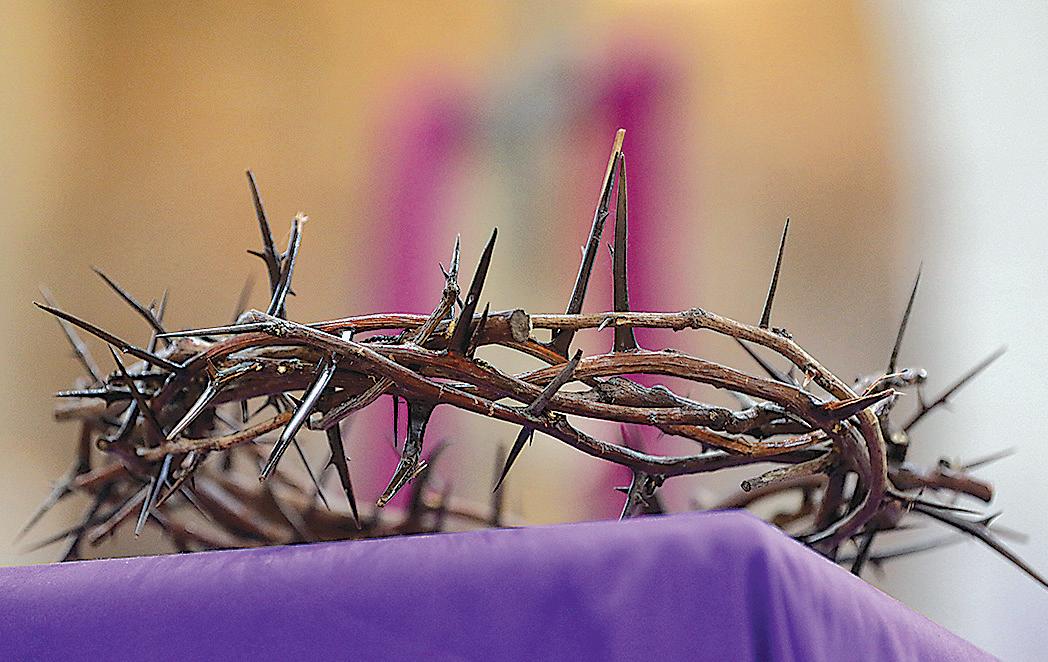
lifespan that we forget to ask what our life is for? In our quest for the next best thing, do we fail to appreciate what we already have?
Learning to rest in the good we already possess is a necessary remedy to keep us from being overly ambitious and to foster gratitude for the many blessings God has bestowed upon us.
In his recent book, “The Great Story of Israel,” Bishop Robert Barron associates Aquinas’ “resting in the good” with the observance of the sabbath. Human beings “will indeed seek any number of absent goods,” he writes, “but the entire purpose of their existence is to taste and to savor the good, to rest in what they have.”
The sabbath rest is modeled after God’s own rest. “So God blessed the seventh day and hallowed it, because on it God rested from all the work that He had done in creation” (Gen 2:3). This divine rest is not the rest of the weary. God is never fatigued. It is a rest that creates space to appreciate the good. “God looked at everything He had made, and found it very good” (Gen 1:31).
For this reason, a major part of Israel’s sabbath observance included the public reading of Scripture, a re-telling of all the good God had done for them. Remembering the blessings they had already received from God was as much a part of Israel’s identity as the hope for a future messiah.
The climax of this regular remembering and resting in the good came each year at Passover, when Israel ritually recalled how God led them from slavery in Egypt to the freedom of the Promised Land. That is a story that the Church also retells every year in the liturgical readings for the Lenten season.
During Lent, we do many things to help us prepare to celebrate the New Passover of Easter, when Christ led us out of slavery to sin into the freedom of God’s kingdom. We fast, we pray, we give alms. These each represent some form of seeking the good – fasting seeks the good of detachment, prayer seeks the good of union with God, while almsgiving seeks the good of serving others.
As important as it is to seek these necessary goods, Lent should also be a time for us to rest in the good we have already received – namely, the great good of Jesus Christ.
Looking forward to celebrating Christ’s resurrection at Easter ought to lead us to look forward in hope to our own resurrection. But consider the goods that we enjoy in Christ even right now: the good of forgiveness of sins, the good of knowing God’s love demonstrated by His sacrifice on the cross, the good of salvation won through Christ’s passion. We have been redeemed from Satan. We have received the unimaginable good of being God’s children, citizens of His kingdom. We have access to God’s holy wisdom to guide our lives. All these goods and many others besides are already ours. We only lose them by forgetting them.
For catechumens preparing to enter the Church this Easter, Lent is very much a time for seeking an absent good: the sacraments. But for those of us already baptized into Christ, Lent is a time to rest in the good already possessed, to remember our baptismal promises, the grace of being reborn a child of God, sealed in the Holy Spirit and nourished by Christ’s Presence in the Eucharist.
This Lent, as we rightly strive to advance in the spiritual life, let us not fail to remember the great good we have here and now in Christ. Let us remember our story –the story of salvation – and make time each day to rest in that good.
DEACON MATTHEW NEWSOME, Catholic campus minister at Western Carolina University and regional faith formation coordinator for the Smoky Mountain Vicariate, is the author of “The Devout Life: A Modern Guide to Practical Holiness with St. Francis de Sales,” available from Sophia Institute Press.
Jn 8:21-30; Wednesday: Dan 3:14-20, 91-92, 95, Dan 3:52, 53, 54, 55, 56, Jn 8:31-42; Thursday: Gen 17:3-9, Ps 105:4-5, 6-7, 8-9, Jn 8:51-59; Friday: Jer 20:10-13, Ps 18:2-3a, 3bc4, 5-6, 7, Jn 10:31-42; Saturday: Ez 37:21-28, Jer 31:10, 11-12abcd, 13, Jn 11:45-56
APRIL 13-19
Sunday (Palm Sunday of the Lord’s Passion): Lk 19:28-40 (at the palm procession), Is 50:4-7, Ps 22:8-9, 17-18, 19-20, 23-24, Phil 2:6-11, Lk 22:14-23:56; Monday: Is 42:1-7, Ps 27:1, 2, 3, 13-14, Jn 12:1-11; Tuesday: Is 49:1-6, Ps 71:1-2, 3-4a, 5ab-6ab, 15 and 17, Jn 13:21-33, 36-38; Wednesday: Is 50:4-9a, Ps 69:8-10, 21-22, 31 and 33-34, Mt 26:1425; Thursday (Holy Thursday – Evening Mass of the Lord’s Supper): Ex 12:1-8, 11-14, Ps 116:12-13, 15-16bc, 17-18, 1 Cor 11:23-26, Jn
13:1-15; Friday (Good Friday of the Lord’s Passion): Is 52:13-53:12, Ps 31:2, 6, 12-13, 15-16, 17, 25, Heb 4:14-16; 5:7-9, Jn 18:1-19:42; Saturday (Holy Saturday at the Easter Vigil in the Holy Night of Easter): Gen 1:12:2 or Gen 1:1, 26-31a, Ps 104:1-2, 5-6, 10, 12, 13-14, 24, 35 or Ps 33:4-5, 6-7, 12-13, 20 and 22, Gen 22:1-18 or Gen 22:1-2, 9a, 10-13, 15-18, Ps 16:5, 8, 9-10, 11, Ex 14:15-15:1, Ex 15:1-2, 3-4, 5-6, 17-18, Is 54:5-14, Ps 30:2, 4, 5-6, 11-12, 13, Is 55:1-11, Is 12:2-3, 4, 5-6, Bar 3:9-15, 32-4:4, Ps 19:8, 9, 10, 11, Ez 36:16-17a, 18-28, Ps 42:3, 5; 43:3, 4 or Is 12:2-3, 4bcd, 5-6, Ps 51:12-13, 14-15, 18-19, Rom 6:3-11, Ps 118:1-2, 16-17, 2223, Lk 24:1-12
—
Monsignor Joseph Showfety, a founding father of the Diocese of Charlotte, passed away peacefully March 24, 2025, at Pennybyrn at Maryfield in High Point. He was 98.
Known for his industriousness and sense of humor, Monsignor Showfety played a key role in building the foundation of the Charlotte diocese from its start in 1972 as its first chancellor. One of North Carolina’s first native-born priests, he passed up an opportunity to play professional baseball to serve the Church for nearly 70 years, calling the priesthood “the greatest vocation in the world.” And as a child of immigrants who attended an integrated parish, he had a strong sense of fairness and cared for people.
“His attitude and work ethic brought about a lot of the things that we presently have in this diocese,” says Father Ed Sheridan, his close friend and former colleague. “He was very, very good at what he did, from his role as chancellor to his work as a priest and as pastor of the parishes he led.”
RESERVED FOR PRIESTHOOD
Joseph Stephen Showfety was born on Jan. 5, 1927, in Greensboro, one of five children of Abdou and Edna Showfety. His parents were devout Catholics who had fled from Lebanon as children, then married and settled in Greensboro, where his father ran a successful clothing store downtown.
The family attended St. Benedict Church, the oldest Catholic church in Greensboro, and it was there young Joseph first felt called to be a priest.
The Showfetys lived just a few blocks away from St. Benedict’s on Chestnut Street. When he was in the third grade, Joseph memorized the Latin prayers and responses so he could serve Mass. Nearly every morning, he walked to the church to serve the 7 a.m.

Mass, returned home for breakfast, then went to school.
The Daughters of Charity who ran St. Benedict Elementary School sensed he had a vocation, though classmates did not. The nuns admonished the girls, telling them not to flirt with Joseph Showfety – he was reserved for the priesthood.
The young Showfety loved playing sports – especially basketball and baseball
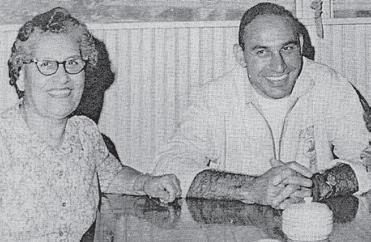
– and at Greensboro (now Grimsley) High School, he became a star outfielder for the Whirlies. But not even an opportunity to play professionally in the minor leagues could change his mind about becoming a priest.
Graduating as World War II ended, he enrolled at The Citadel, then served 16 months in the U.S. Navy. Afterward, he attended seminary at Mount Saint Mary’s in Emmitsburg, Maryland, and St. Mary’s in Baltimore.
Over the summers, he did mostly “census work” – visiting parishioners’ homes and updating the parish rolls. It was grueling work in the summer heat, especially in the black serge cassocks they wore at the time, but the young seminarian didn’t mind.
On May 19, 1955, he was ordained by Bishop Vincent Waters at Sacred Heart
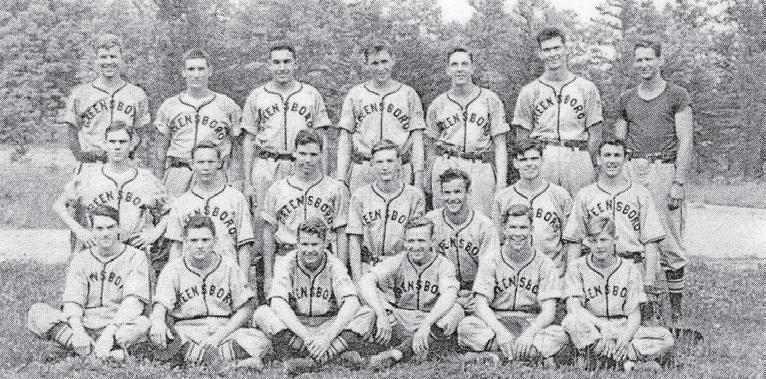
Cathedral in Raleigh.
‘DO-IT-YOURSELF
From the start, Father Showfety was a hard-working, no-nonsense, detail-oriented priest – demonstrating the same work ethic his immigrant parents and the nuns at St. Benedict had instilled in him growing up.
“He was always a do-it-yourself kind of guy – if something had to be done, he was going to do it,” says his brother Bob, 90.
Nearly everywhere he served, Father Showfety oversaw construction or renovations.
In a 2016 interview, he recalled an early assignment where he arrived to find $1.73 in the church bank account. When he left, he described with satisfaction, the parish had a couple of thousand.
In 1959, only four years after ordination, he helped open Bishop McGuinness High School (then in Winston-Salem), serving as its first director while teaching three classes a day.
Later in his ministry, he returned to St. Benedict’s as pastor, revitalizing the struggling parish – repairing the crumbling steeples and leaky roof and shoring up the finances. In three years, the congregation grew by half to 150 families. And in 2000, the parish opened a new fellowship hall, dedicated to Monsignor Showfety’s parents who so loved the parish.
He was also fair and played by the rules, colleagues and family members recount.
His first parish assignment was the nowclosed Our Lady of Guadalupe Parish in Newton Grove, where a church for black Catholics and a church for white Catholics on the same block were served by the same priests and nuns. Bishop Waters had ordered the two churches to integrate, and some parishioners left.
Having grown up at St. Benedict’s, which had welcomed black Catholics since its opening in 1899, young Father Showfety found the segregated situation distasteful and worked to bring people together.
DIOCESE’S FIRST CHANCELLOR
Over nearly five decades of active ministry until his retirement in 2002, he served at 11 parishes in North Carolina, at St. Benedict as well as in Asheville, Belmont, Charlotte, Concord, Elizabethtown, Hendersonville, High Point, Wilmington and Winston-Salem. He also was spiritual director of the nowclosed Our Lady of the Hills Camp near Hendersonville and principal of the former Asheville Catholic High School.
Yet it was as the diocese’s first chancellor, from 1972 to 1979, that his impact resounds the most today.
In late 1971, Pope Paul VI approved dividing North Carolina into two roughly equal dioceses, carving the Charlotte diocese out of the statewide Raleigh diocese. The new Charlotte diocese’s Bishop-elect Michael Begley chose Father Showfety as his secondin-command.
He was serving at Immaculate Conception Parish in Hendersonville at the time. The day he learned of his new post – Dec. 3, 1971 – he
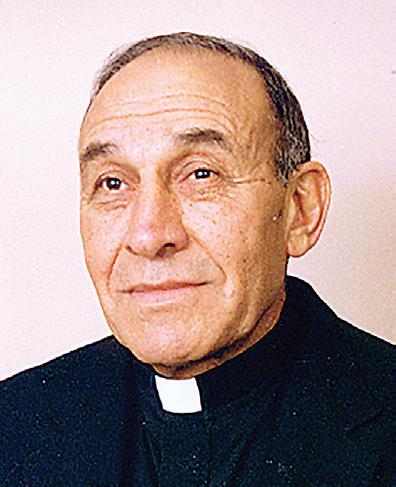
had just finished shoveling a path through a record 15-inch snowfall so people could get to First Friday Mass. The rectory phone rang. It was Bishop-elect Begley calling: “I want you to be chancellor.”
Father Showfety replied, “I want to build a new church in Hendersonville.”
Bishop Begley answered, “I know you do. It’ll be built, but not by you. I want you in Charlotte.”
As chancellor, he would be responsible for the diocese’s day-to-day business operations and finances.
For six weeks, he shuttled between Charlotte and Raleigh to set everything up in time for the new diocese’s birthday: Jan. 12, 1972.
The operations of the entire Church
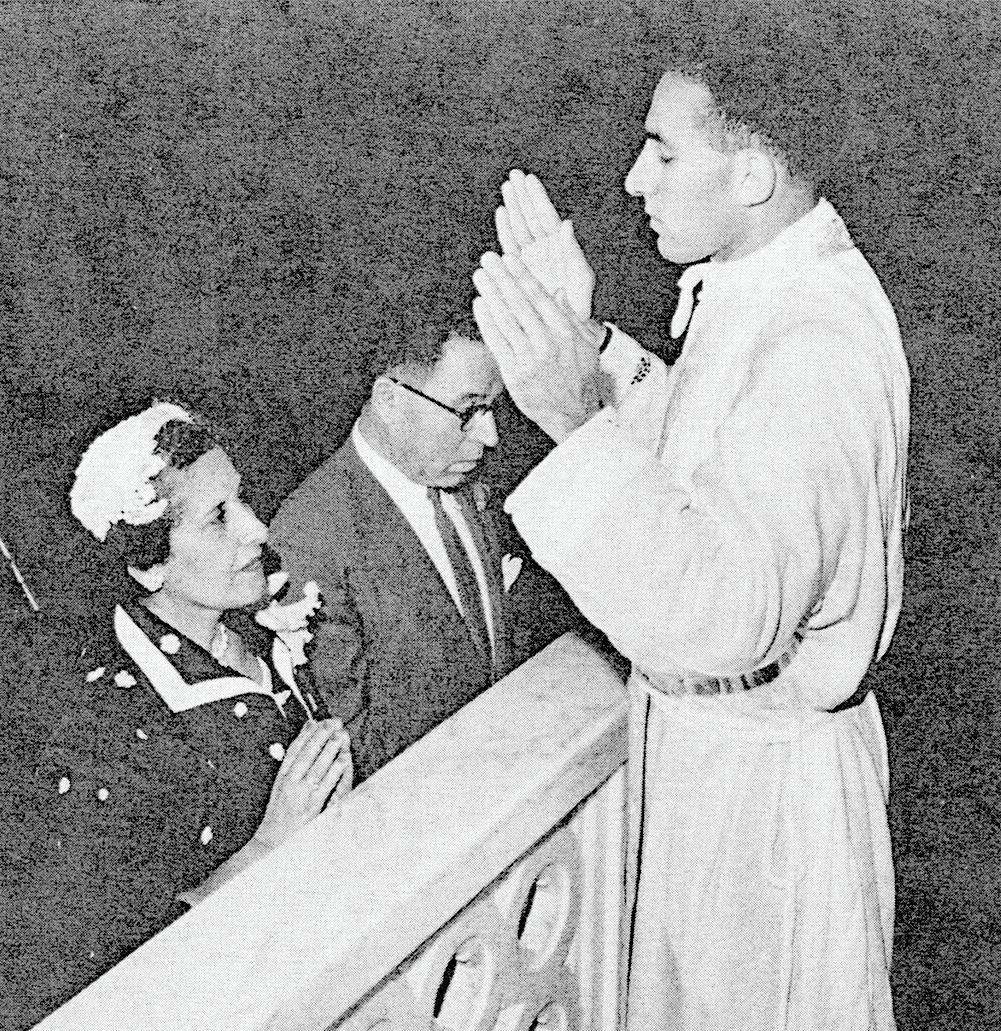
in North Carolina had to be split down the middle – from parishes and clergy assignments to property deeds and bank accounts. It was a lot for only six people to do: two bishops, two chancellors and two attorneys.
He later recalled spending three days just transferring car titles at the DMV. “The police in that office asked me if I lived there,” he chuckled.
That good humor and work ethic set the tone for his seven years as chancellor – a role he felt deeply privileged to have and worked diligently to fulfill.
BISHOP’S ‘RIGHT-HAND MAN’
Setting up a diocese was new to both the bishop and his chancellor. Supported by the priests and the people of the diocese, they grew into their roles and forged close bonds serving side-by-side – traveling around the 46 counties of the diocese and working in a small house next to the new cathedral that they converted into an office.
As
and
FROM PAGE 4
n May 19, 1955: Ordained by Raleigh Bishop Vincent Waters
n 1955-2002: Served at the following parishes: Our Lady of Guadalupe, Newton Grove; St. Mary’s, Wilmington; Our Lady of the Snows, Elizabethtown; Our Lady of Fatima, Winston-Salem; Immaculate Conception, Hendersonville; St. Eugene, Asheville; St. James, Concord; St. Peter’s, Charlotte; Immaculate Heart of Mary, High Point; Queen of the Apostles Belmont; St. Leo the Great, Winston-Salem; and St. Benedict, Greensboro
n 1959: First Director, Bishop McGuinness Catholic High School (then located in Winston-Salem)
n 1963: Spiritual Director, Our Lady of the Hills Camp
n 1966: Principal, Asheville Catholic High School
n 1972-1979: Chancellor, Diocese of Charlotte
n 1972-2002: Served in additional key diocesan leadership roles, including: Vicar General, College of Consultors, Asheville Vicar, Seminarian Formation Committee n 1976: Named Prelate of Honor by Pope Paul VI n 2002: Retirement
Monsignor Showfety was Bishop Begley’s “right-hand man,” recalls Father Sheridan, who served alongside them as the diocese’s first schools superintendent. “He was very, very good at what he did. If Monsignor had not been a priest, he would have been an extremely good businessman.”
Bishop Emeritus Peter Jugis, who as a young priest served with Monsignor Showfety at St. Leo the Great Parish, noted his deep respect for Bishop Begley. He recalls Monsignor Showfety’s “evident joy” at St. Leo Parish’s dedication of the Bishop Begley Activity Center in 1991. Everyone, including Monsignor Showfety, had worked hard on the project, and naming it in Bishop Begley’s honor in part “demonstrated Monsignor’s deep personal respect and connection with Bishop Begley.”
‘A TIRELESS GUY’
Fellow priests saw firsthand the effort Monsignor Showfety put into making sure things ran smoothly for everyone caught up in the daunting, exciting experience of building a diocese.
He formed the diocese’s first finance council, negotiated health insurance coverage for clergy and staff, and structured a process for parish building projects.
“He was the right guy for the job,” says Father Frank O’Rourke, who served with him for decades. “He had both the priestly heart and was able to bring a good business background to the job, a well-respected man who took on a vast number of responsibilities. He was a tireless guy who put a lot of effort into everything he did.”
“It was a historic time,” says Monsignor John McSweeney, the first priest ordained for the diocese. “The Second Vatican Council had just happened and we were a new diocese – everything was new to us.”
In 1974, Monsignor Showfety secured a new diocesan headquarters on Morehead Street in Charlotte, moving operations from the small house next to the cathedral.
That was one of Monsignor Showfety’s proudest moments, Monsignor McSweeney recalls. “I well remember his excitement when he found that building … He wasn’t so much excited about the building, but
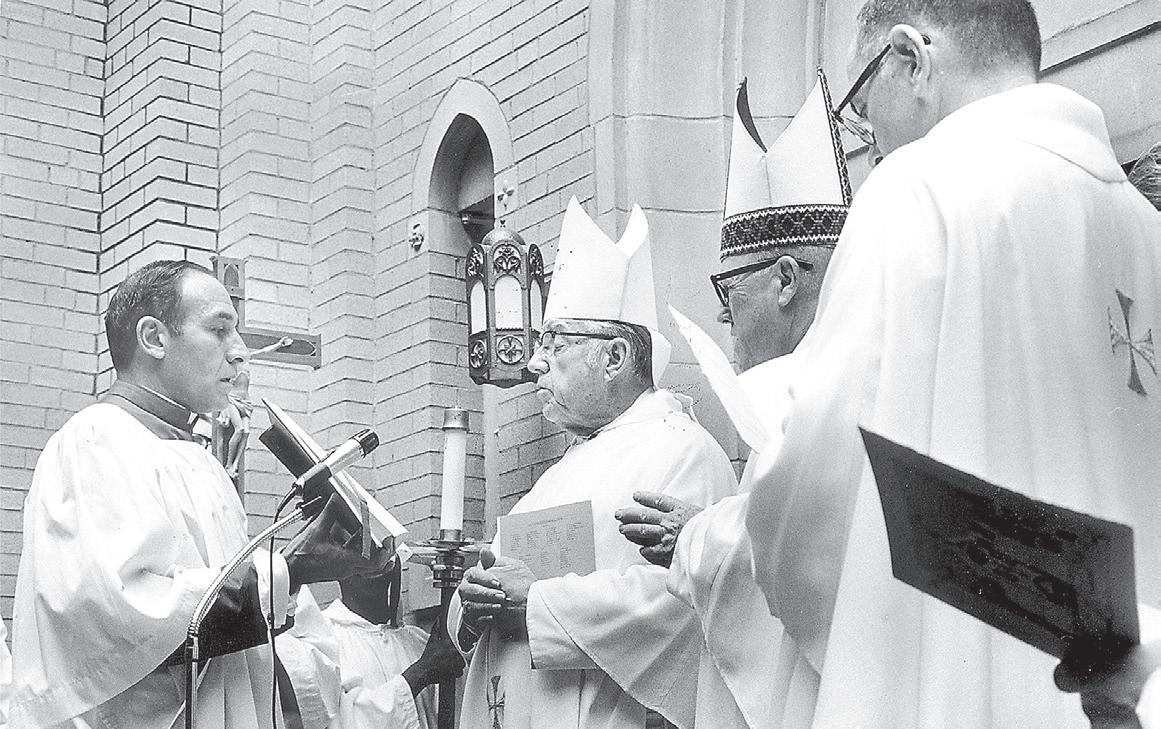
about the fact that it gave our people a place to work.”
Besides all the other firsts he was a part of, he was among the diocese’s first “prelates of honor” appointed by Pope Paul VI in 1976, conferring on him the title of monsignor.
It was meant to be a surprise, but that day –as on most days – he was the one to open the mail. He couldn’t help but see the letter from Rome, he recalled later with a laugh, and he had to feign surprise when Bishop Begley made the announcement that afternoon.

One of the final projects Monsignor Showfety was involved in as chancellor was renovating St. Patrick Cathedral in 1979 to accommodate changes called for by Vatican II. He rejected a plan to swap out the pews for folding chairs and the marble altar for a portable one, and instead had a new pipe
organ installed and oversaw the design of one of the cathedral’s most remarkable features: the painted ribbed ceiling that still wows visitors today with its blue and silver motif of Eucharistic symbols and a crown and cross reflecting the diocese’s coat of arms.
‘HIS DOOR WAS ALWAYS OPEN’ Priest friends agree Monsignor Showfety cared deeply for his fellow priests and the people of the diocese, and it showed.
“Monsignor Showfety was always at his desk from early in the morning to late at night; his door was always open,” says Father Paul Gary. “As soon as a call arrived asking for a priest to visit a sick or dying parishioner, which was often, he would respond without any hesitation. He would say that if you took care of the sick, they would take care of you.”
“He always wanted to make sure he listened to people, to hear what the people of God had to say,” says Monsignor McSweeney. “He was very serious about always trying to do what was right when it came to how the Church should be. And he was very interested in the life of the priests. He was helpful to me when I was beginning my priesthood, and he wanted to make sure all of the priests had what they needed and were trying to do the best they could.”
As chancellor, Monsignor Showfety worked with Bishop Begley to develop educational programs for the diocese’s priests, and he was proud of setting up a priest retirement fund.
In 2006, he set aside his own money for the benefit of the diocese’s priests, establishing two endowments in honor of his late parents: one for seminarian education, and the other to support retired priests.
“He told me he loved being a priest and he loved priests,” says Jim Kelley, the diocese’s development director. “He knew that priests were core to how we live our Catholic faith, and he wanted to do all he could to support men as they discerned the priesthood and then support them in retirement, in gratitude for all they did.”
A public visitation will be from 1 to 7 p.m. Tuesday, April 1, 2025, at Hanes Lineberry Funeral Home, 515 N. Elm St., Greensboro, N.C. 27401. A prayer service will be held at 7 p.m., followed by the family welcoming guests until 9 p.m.
The Mass of Christian Burial will be celebrated at 11 a.m. Wednesday, April 2, 2025, at his home parish of St. Benedict Church
the parish where he grew up and once served as pastor. Bishop Michael Martin, OFM Conv., will preside and Father Edward Sheridan will be homilist. A reception will follow the Mass in the parish center. A private burial will follow at Forest Lawn Cemetery in Greensboro.
The Mass will be livestreamed on the Diocese of Charlotte’s YouTube channel: www.youtube.com/DioceseOfCharlotte
Hanes Lineberry Funeral Home of Greensboro is in charge of the arrangements.
BELOVED ‘UNCLE JOE’
Showfety family members remember Monsignor Showfety’s good humor, and his love of his priestly ministry and his faith.
“He was the greatest teaser in the world,” says sister Evelyn Showfety Johns, now 102. “He was fun, and as a child the typical brother to me, the only sister in the family.”
To his 16 nieces and nephews, Monsignor Showfety was simply “Uncle Joe.”
“He was super, he was funny, he was friendly, he was vivacious,” says nephew Rob Showfety.
While it was a special thing to have a priest in the family, he’ll always treasure the times spent with Uncle Joe. “We threw the baseball, went to the beach, played golf, watched sports, talked sports. The privilege for us as a group of cousins was such to know him as a man and as our uncle.”
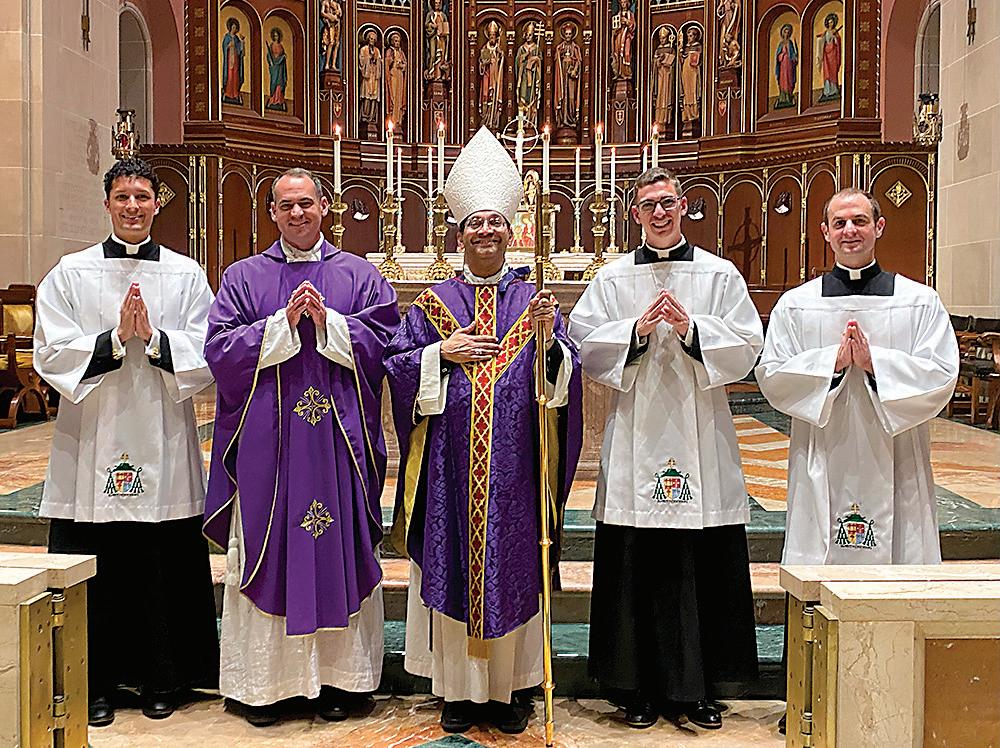
CINCINNATI, Ohio — Three Diocese of Charlotte seminarians have been instituted as lectors, part of their ongoing formation toward the priesthood.
They were among eight seminarians studying at Mount St. Mary’s Seminary who were installed as lectors by Columbus Bishop Earl K. Fernandes during a special Mass March 15.
The seminarians are: Mark Becker (St. Matthew Parish in Charlotte), Mateo Perez (St. Francis of Assisi Parish in Lenoir) and Matthew Stanley (St. Mark Parish in Huntersville).
The ministry of lector is one of three important steps toward the priesthood: candidacy, acolyte and lector. The lector may deliver the readings at Mass, with the exception of the Gospel. He may also announce the intentions during the Prayers of the Faithful and, in the absence of a cantor, recite the Responsorial Psalm. He may also recite the entrance and communion antiphons when they are not sung.
This installation typically occurs after a seminarian has completed his first year of Theology.
— Photo provided by Mount St. Mary’s Seminary
CHARLOTTE — An upcoming conference at St. Peter Church in Uptown Charlotte will explore the link between faith and caring for God’s creation while also sharing scientific perspectives on climate change.
“Bridging Faith and Science: Spiritual Insights and Climate Change Conversations” will be held at 7 p.m. Wednesday, April 9. Speakers will include Kathleen Biggins of C-Change Conversations, based in Princeton, New Jersey, and eco-theologian Dr. Catherine Wright, who will share insights on putting spirituality into action through engaging in conversations about our climate.
The event follows initiatives discussed at the Creation Care Conference, “Walking With the Spirit in the World,” which was held Feb. 8 in Belmont. Dr. Wright was also one of the speakers at that event, along with Bishop Michael Martin.
The event is sponsored by St. Peter’s Care for Creation Ministry.
To register, visit forms.gle/ WGrkB8t3eQTiocGc6.
Parking is free next door at The Green parking garage with a pass attendees can get at the event.
— Christina L. Knauss
CHRISTINA LEE KNAUSS clknauss@rcdoc.org
CHARLOTTE — When Deacon John Kopfle was ordained as a permanent deacon in 2006, he never thought his role would eventually lead to him becoming director of deacons for the Diocese of Charlotte in 2021.
Four years later, he is set to retire on March 31, and his departure will usher in an era of change for the program.
Deacon William Schreiber, currently director of formation for deacons, will take over in Deacon Kopfle’s role.
Deacon David Faunce, currently assistant director of formation, will now oversee the formation program, and Deacon Joseph Becker will assume those duties.
After his ordination Deacon Kopfle served as regional coordinator from 2008 to 2017 before becoming director of deacons in 2021. He said leading the program has been a wonderful experience that also came with a variety of duties and challenges.
“It’s obviously been very rewarding because this ministry serves God, the Church and God’s people,” he said.
Originally from Virginia, Deacon Kopfle worked as a chemical engineer and in marketing and sales for the steel industry. He moved to Charlotte in the 1990s and said the idea of becoming a deacon was planted by a priest at St. Peter Parish who was his spiritual director.
“He asked me if I’d ever consider the diaconate, and one thing led to another and here I am,” he said. “God gives you the grace and the ability and puts the people in your life to get you where you need to be.”
He is proud of the men he’s worked with and the huge number of ministries that deacons perform in the diocese, especially prison ministry and outreach to the poor, the sick and the mentally ill.
The change in leadership comes as work with Bishop Michael Martin is in progress on a new structure for deacon formation designed to eventually have ordinations every two or three years instead of the current average of five years.
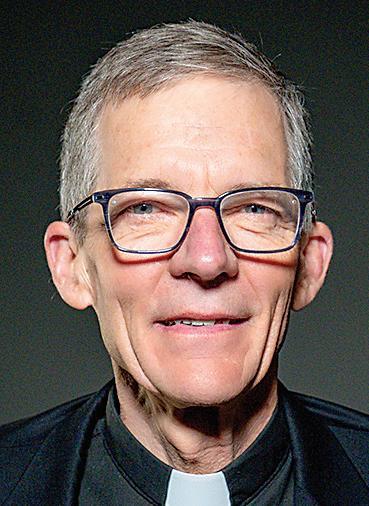
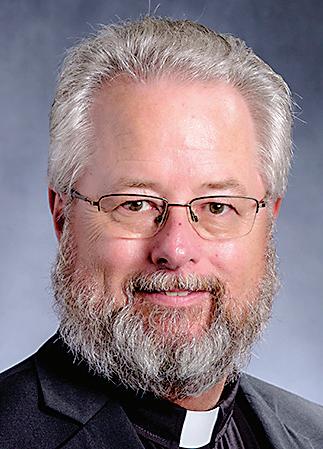
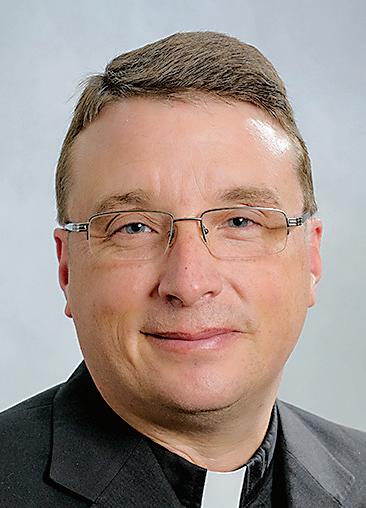
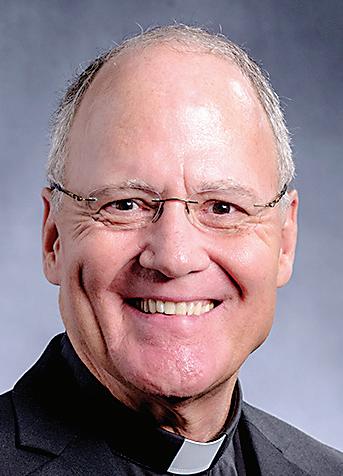
“As a diocese, we continue to grow, creating new challenges for the diaconate,” Deacon Schreiber said. “One of our goals for the future is to increase the number of men in formation and the frequency of classes to help address the shortage of deacons.”
About half of the diocese’s 93 parishes and missions don’t have an assigned deacon.
“We have a lot of men who are applying or are interested, and we want to get more men into the pipeline,” Deacon Kopfle said. “Moving this initiative forward will benefit both the Church and the faithful.”
The initiative will be one of the most exciting goals for Deacon Schreiber, who was ordained in 2014 and has served in many leadership roles, including as coordinator for deacons in the Hickory region from 2017 to 2019 and assistant director of formation from 2019 to 2021 before taking over the helm of the formation program in October 2021.
Deacon Schreiber also assists at Mass and works in sacramental preparation programs, ministers to the homebound, and serves as a hospital chaplain, as well as coordinating youth programs at his home parish, St. Aloysius in Hickory.
Deacon Faunce, ordained in 2018, said his past role as assistant director of formation will inform his new position.
“I have seen the formation program become more academically challenging and spiritually transformative,” he said. “In my role as director, I hope that my colleagues and I are successful in building upon the amazing work that has been put into motion as we continue to lead deacon candidates and their wives to humbly live out their calling and generously spend
themselves in God’s service.”
Deacon Becker, who is based at St. Matthew Parish in Charlotte, was ordained in 2021 and has been assisting the formation team – experience that will help him in his new role.
Originally from Cincinnati, he moved to Charlotte in the 1980s to manage operations at Carowinds, then became leader of the American Red Cross in the Charlotte area. He moved to Washington, D.C., to lead the agency’s disaster relief efforts there before returning to Charlotte.
Vocations are no stranger to the Becker family. He and wife Tammy are parents to Father Brian Becker and seminarian Mark Becker, as well as a daughter who lives in the D.C. area with her family.
Deacon Becker said he personally heard “little bits and pieces from the Lord along the way that led to discovering the call.”
“I just take such joy in the service that we do as deacons,” he said. “I’m in a large parish, and there’s a joy in working one on one with parishioners, accompanying them on their journeys, leading ministries.”
Among his favorite work has been helping to expand St. Matthew’s branch of Walking With Moms In Need, an organization that supports pregnant and parenting mothers.
As he heads into retirement, Deacon Kopfle said he hopes to travel and spend more time outdoors and with his family. He also will continue to do the work of the Lord in the ministry he and his fellow deacons have chosen.
“The very best thing about being a deacon is the opportunity to serve God and the Church,” he said. “For a lot of the people we serve, we are a sign of God to them.”
LISA GERACI lmgeraci@rcdoc.org
CHARLOTTE — Former abortionist Dr. Haywood Robinson brought his pro-life testimony to the sidewalks of abortion clinics across North Carolina this week.
He now serves as director of medical affairs and education for 40 Days for Life, an international prayer campaign promoting peaceful pro-life prayer vigils in front of abortion facilities. Parishioners are holding daily vigils outside locations across the state during the initiative, which runs until April 13.
Just before Robinson’s March 24 Charlotte visit, rainy weather matched the brown tarps draped across clotheslines concealing the building and parking lot of A Women’s
Preferred Health Center on Latrobe Drive in Charlotte. The facility is one of the busiest abortion facilities in the Southeast.
John Humphreys, 40 Days for Life’s campaign director for Charlotte and organizer of the prayer vigil, prays outside the facility frequently and looked forward to Robinson’s speech for weeks.
“I have read Dr. Robinson’s book, ‘The Scalpel and the Soul,’ but this will be the first time I’ll see him in person,” he said.
Volunteer escorts for the abortion facility, with rainbow-colored vests and matching umbrellas, held signs directing pregnant women into the parking lot, while around a dozen people stood together along the sidewalk, holding rosary beads and a 40 Days for Life banner and praying for those expectant mothers
to find it in their hearts to turn around.
Frank and Trice Patrinostro, from St. Ann Parish, visited the center for the first time to hear Robinson.
“There is nothing more important than the issue of abortion,” said Trice Patrinostro. “This is scourging this society. It has to be the most offensive thing to God. Every abortion must wound the eternal heart of the Blessed Virgin, and how painful it must be for her.”
The moment Robinson stepped out of his car, the rain cleared and the loudspeaker went quiet. Everyone, even the escorts, gathered to listen to the 72-year-old African American doctor share his life experience and conversion.
LISA GERACI lmgeraci@rcdoc.org
CHARLOTTE — Two Diocese of Charlotte youth ministries joined forces to offer their immersive interpretations of the Stations of the Cross to the public.
Diocesan Youth Ministry
Director Paul Kotlowski helped coordinate the March 14 event.
“This may be the first time ever the Charlotte and Salisbury vicariates (regions within the diocese) collaborated for a joint effort,” he said.
Youth ministry volunteers greeted guests at the Holy Trinity Catholic Middle School gym with a Lenten treat, a pretzel, and a water bottle before they started the tactile trek through the 14- station Via Dolorosa, designed by the St. Luke of Mint Hill Faith Formation group. Later that evening, St. James the Greater in Concord’s Hispanic youth ministry took the stage to present live silhouettes of The Stations of the Cross.
St. Luke Faith Formation leader Katy De’Ath carefully guided guests through the interactive experience with the help of her youth group members.
“I’ve been doing immersive stations for a couple of years now on a smaller scale,” she said. “I thought, ‘Let’s imagine it bigger and better.’ It is a sensory experience. What can you smell and hear and touch and see?”
Attendees roamed between tables highlighting activities to correlate with each station. Some people challenged themselves at the second station by lifting two 35-pound sandbags – the approximate weight of Jesus’ cross – while others chose to walk a path that marked the distance Jesus traveled from Antonia Fortress, where He was condemned, to Golgotha, where He was crucified. At other stations, guests washed each other’s feet in little white plastic buckets the way Veronica wiped the face of Jesus. They wrote their burdens – stress, anger, work – on pieces of paper
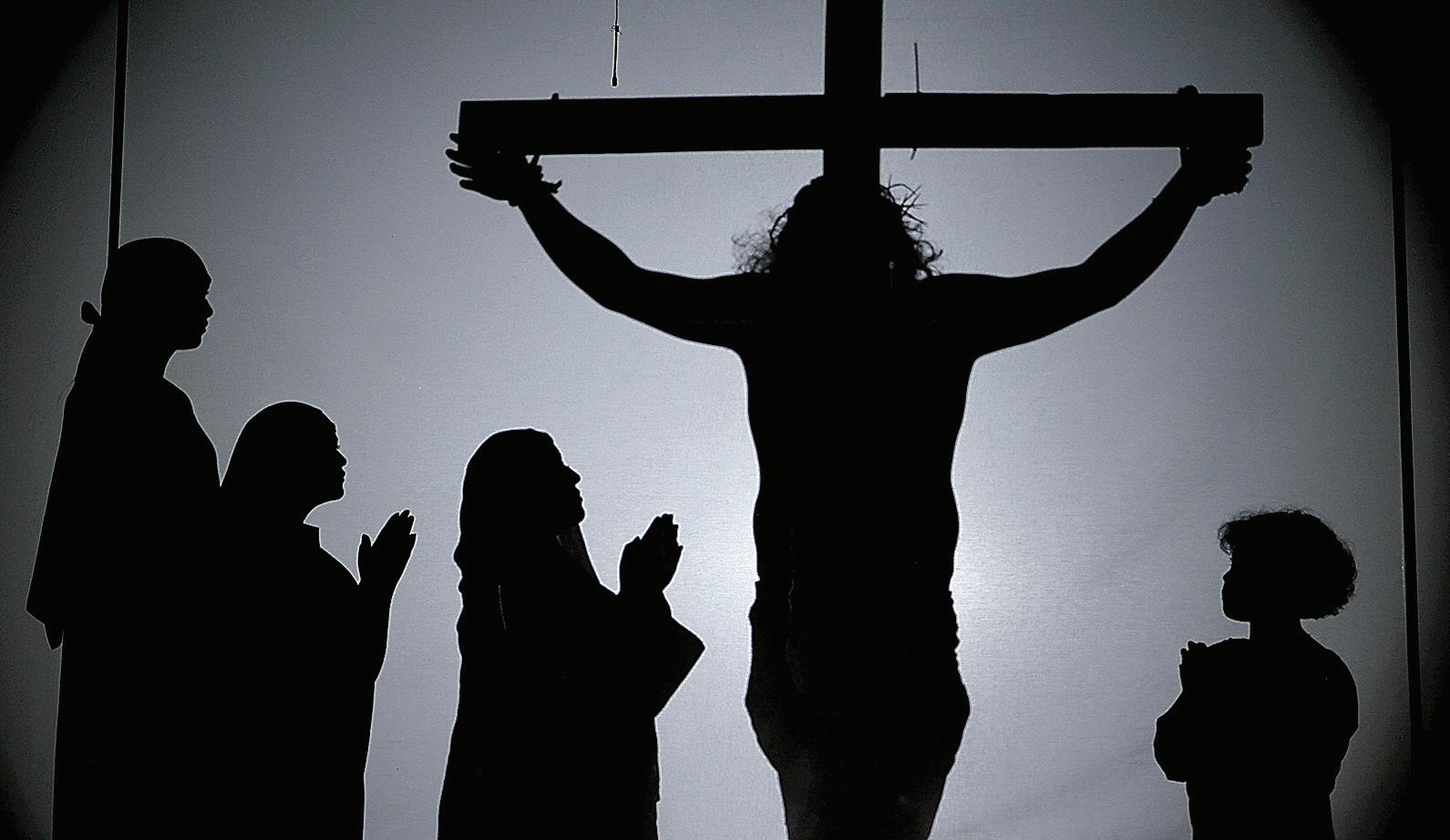
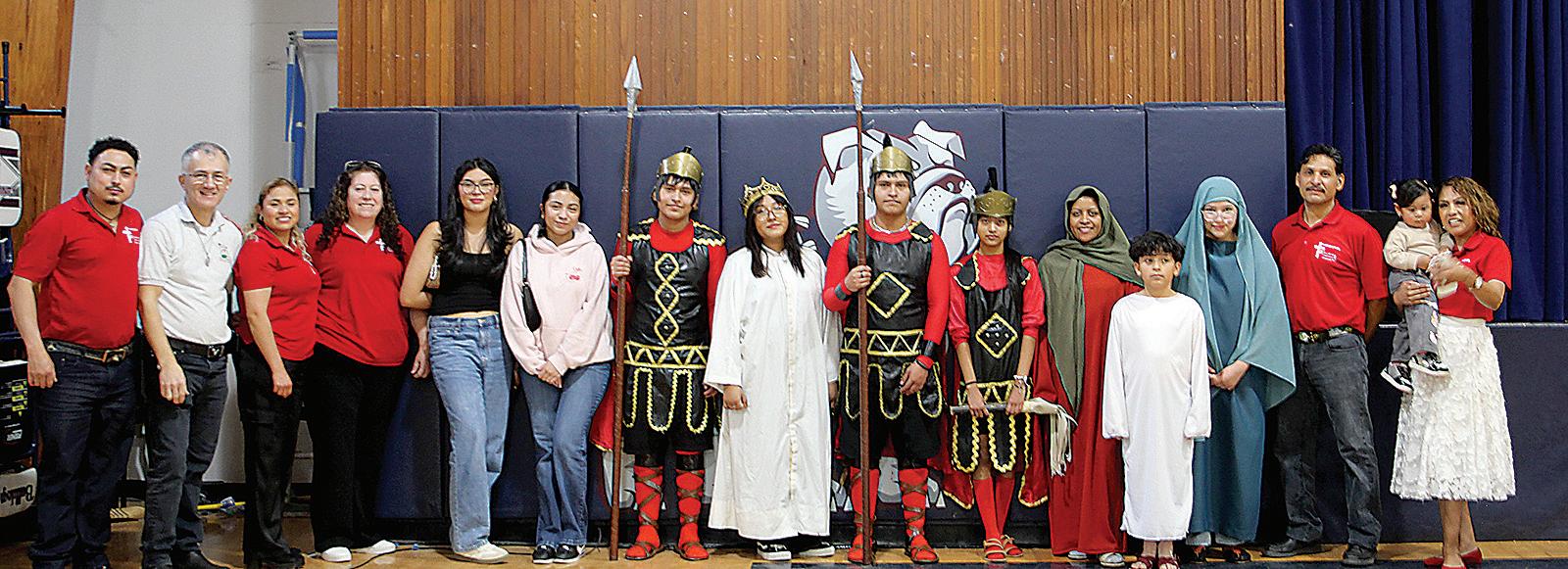
and nailed them to the cross, symbolically releasing them to Jesus.
Station four had participants write Post-It notes of gratitude to their mothers. Families lit candles for lost loved ones while viewing Michaelangelo’s Pietà at station 13, where Jesus was taken from the cross.
For the last station, the burial of Christ, participants cast their problems signified by rocks into Christ’s tomb – a tent – and left with a glowstick symbolizing
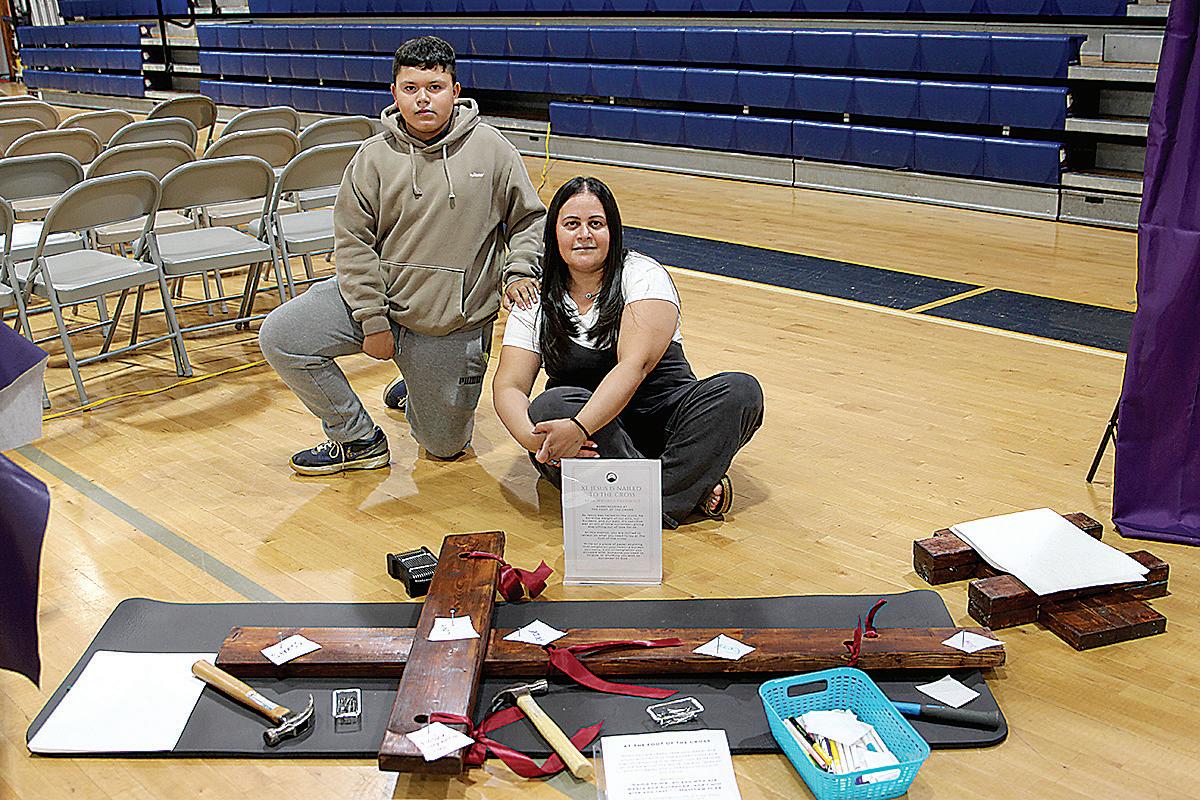
Christ’s light.
After the tactile station journey ended, people found their seats as the lights dimmed for the final performance. A white sheet draped across the stage as the 13 St. James confirmation candidates positioned themselves behind it for the show they had rehearsed every Thursday for the past three weeks.
St. James Faith Director Gustavo Gallo said, “We wanted to present
the stations in a different way to send a profound message; it helps the youth to start understanding the journey of Christ better.”
The dress rehearsal the night prior lasted until theater director Juan Duarte thought the performance was flawless –around 10 p.m. – but there was no fatigue evident, just excitement.
“I am really happy working with these kids. They are very talented and very well-disciplined,” Duarte said. “I taught them how to do silhouettes. I looked at the scenes at every angle to figure out the best positions for them to carry out the scene.”
Shadow-style stations were a first for the St. James youth ministry, which typically performs live stations outside the church on Good Friday.
Using costumes and props accumulated over the years, some hand-sewn, some store-bought, the group was well-prepared to make their debut.
A spotlight behind the actors projected their life-size shadow figures onto the white sheet. Mary and Veronica in veils and robes; the centurions with shields,
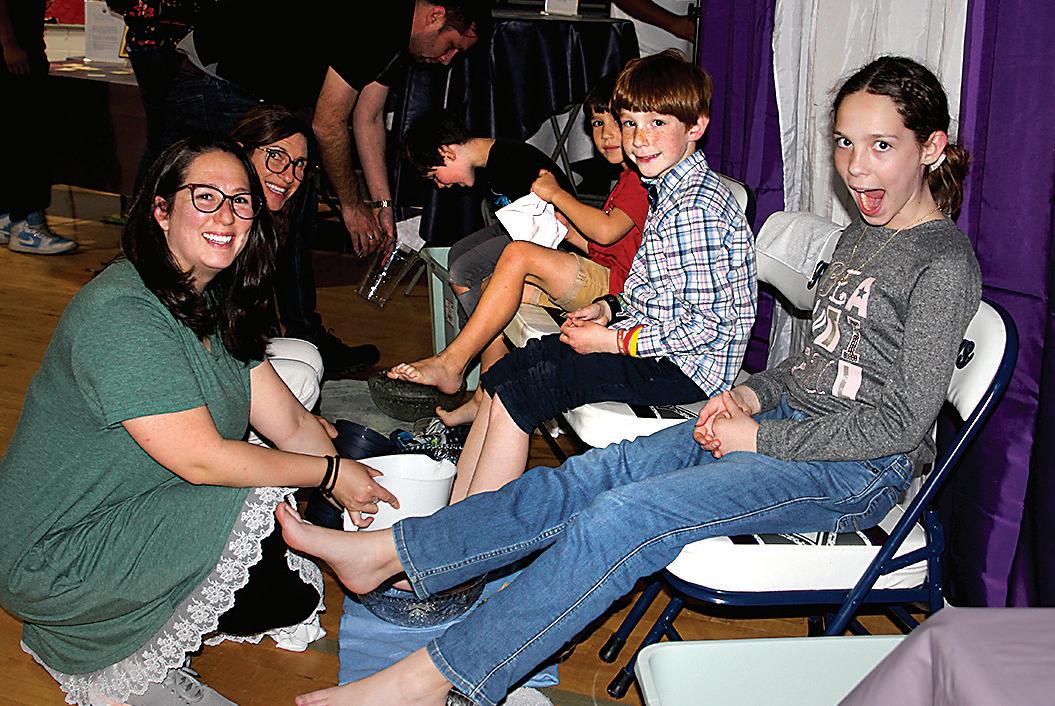
helmets and spears; and Jesus in His seamless tunic stood ready to pantomime the last steps of Christ.
Speakers recited an introduction, prayer and reflection for each station.
During an interim Our Father and Hail Mary, the screen went dark while the actors staged the next scene.
Besides the slight wave of a finger or the quick shifting of weight, the dark silhouettes remained frozen for three-minute intervals. Cast members silently became motionless with their hands, legs and heads holding sometimes awkward positions for optimum effect.
The crew seamlessly cruised through the reenactment, leaving the audience emotionally moved.
Our Lady of Highways Hispanic Youth Ministry group in Thomasville, who drove an hour and a half to witness the event, were thankful they made the trip.
Faith Formation Director Blanca Flores said, “It was an exciting evening and a beautiful event. I am glad we were able to be here.”
The night ended with a circle of red light illuminating the empty cross, symbolizing the Living Christ’s victory over death.
Performer Jose Torres has played Jesus in the live stations at St. James for the past four years and enjoyed the new twist. He found a deep connection to Jesus by embodying His role.
“There were times when the cross was heavy because I was thinking of my own sins,” Torres reflected. “In a way, it is tiring.”
Gallo was proud of his performers and eager to hear what they learned from reenacting Jesus’ walk.
“This is very important because conversion is not only during Lent; conversion is a continuous process,” Gallo said. “Come back to Jesus and follow Jesus; we need to stay in that.”
Despite some empty chairs and leftover pretzels, Kotlowski said the night was a success that brought two youth groups together to create a meaningful journey.

Take the Disciple Maker Index survey by April 6
CHARLOTTE — How well is your parish meeting your spiritual needs? Does it make you feel welcome? Are you receiving inspiration to help you grow closer to Jesus and share your faith?
Weigh in on these questions and more through the “Disciple Maker Index,” an online survey inviting you to reflect on your faith journey and assess your parish’s support in that journey.
Every Catholic adult in the diocese is invited to participate – whether you’re deeply involved, go to church only occasionally, or feel disconnected.
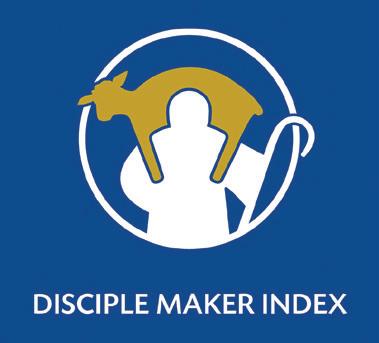
The 15-minute confidential survey is going on now and will close on Sunday, April 6.
It gathers data on beliefs, parish participation, relationships and demographics, providing insight into the level of missionary discipleship at each parish – including the effectiveness of the Mass experience, preaching and other aspects of parish life. It is part of a broader strategic planning initiative led by Bishop Michael Martin in partnership with the Catholic Leadership Institute, an international Catholic apostolate specializing in leadership training and pastoral governance.
Bishop Martin will use the information gathered through the initiative to develop a strategic pastoral vision for the diocese to help navigate the continued growth of the Church and help people better proclaim and live the Gospel.
— Catholic News Herald
CHARLOTTE — Bishop Michael Martin invites everyone to attend the Diocese of Charlotte Chrism Mass on Tuesday, April 15 – a special liturgy in which the oils used for sacraments are blessed and the priests of the diocese renew their promises.
This year the annual Mass will be offered at St. Mark Church instead of St. Patrick Cathedral to enable more people to attend – especially students, families, and people preparing to enter the Church at Easter.
The holy oils blessed during the Chrism Mass are used in the sacraments of baptism, confirmation, anointing of the sick and ordination of priests, as well as the consecration of churches and altars. The Mass also brings together hundreds of priests from 93 parishes across western North Carolina to renew their priestly promises to the Church and the bishop in the days leading up to Easter.
The Mass will start at 10 a.m. at St. Mark Church, located at 14740 Stumptown Road in Huntersville.
— Catholic News Herald Human trafficking awareness event slated for April 5
SWANNANOA — “Stop Human Trafficking –Learn and Take Action” is a free educational event starting at 11:30 a.m. Saturday, April 5, at St. Margaret Mary Church, located at 102 Andrews Pl., Swannanoa. The event will begin
CHRISTINA LEE
KNAUSS clknauss@rcdoc.org
BELMONT — A prominent professor, political philosopher and constitutional scholar who was deeply involved in efforts to overturn Roe v. Wade was honored with the 2025 Benedict Leadership Award from the Benedict Leadership Institute at Belmont Abbey College.
Hadley Arkes, Ph.D., who teaches at Amherst College in Massachusetts, received the award at a March 13 ceremony held at the college.
Founded in 2016, the institute’s goal is to develop Catholic leaders and inspire them to help transform society through their faith.
Arkes is the eighth recipient of the award, which highlights the achievements of people whose lives reflect the heroic leadership of St. Benedict.
“Hadley Arkes embodies the principles of leadership and moral clarity that the Benedict Leadership Institute seeks to promote,” said Conor Gallagher, executive director for the Institute. “His lifelong commitment to the protection of life and the advancement of natural rights serves as an inspiration to all who strive to lead with integrity and purpose.”
Arkes is known for his contributions to legal and political theory. His work spans several decades and has influenced debates in law, politics and ethnics, especially regarding the interpretation of the U.S. Constitution and the moral foundations of law.
A devout Roman Catholic who converted from Judaism, he is one of the nation’s leading advocates for a natural-law centered approach to legal reasoning and has played an important role in the development of conservative legal thought. He advocates for the integration of moral reasoning in public life, seeking to incorporate religious and moral truths
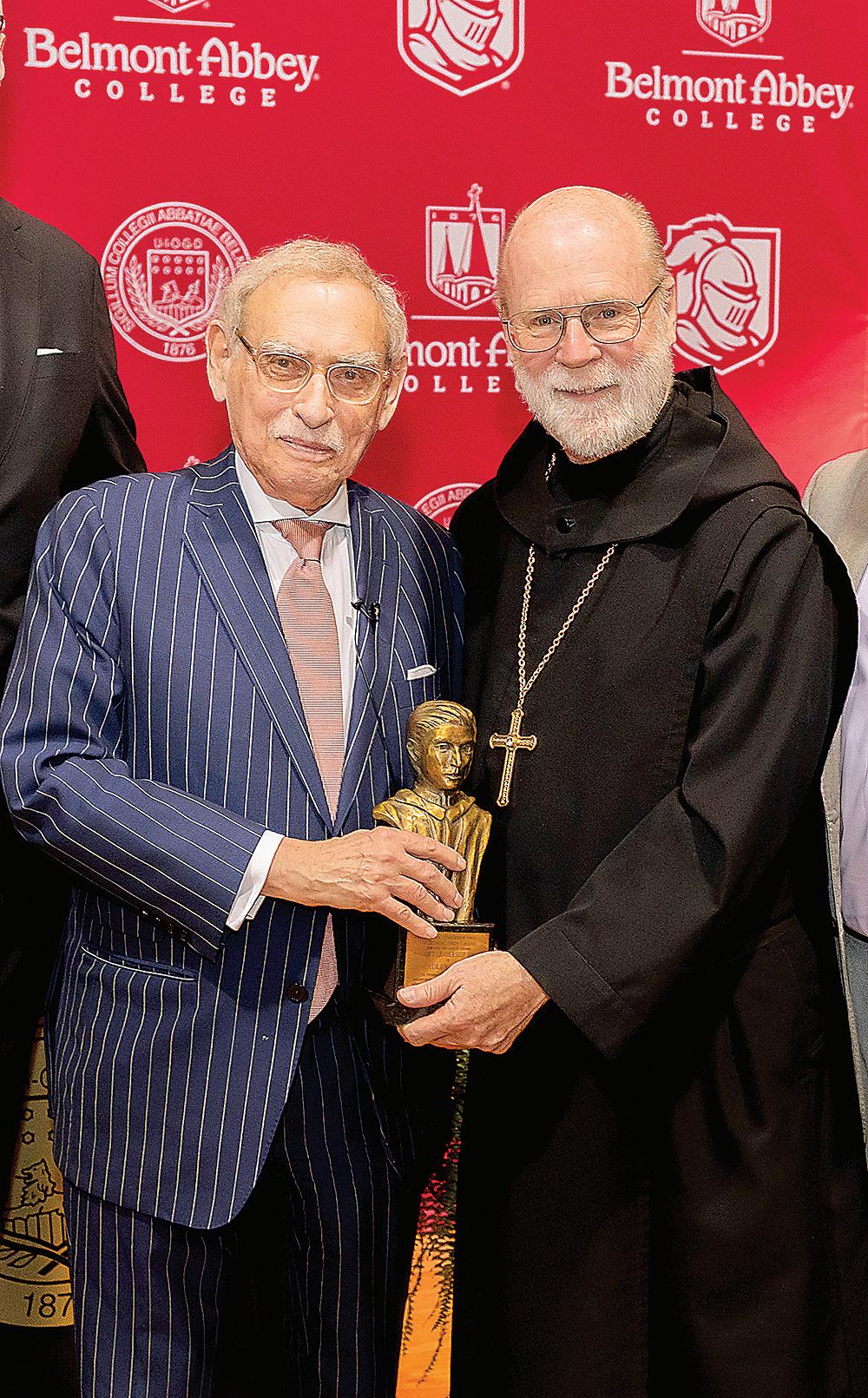
which affirms legal protection for infants born alive after a failed abortion.
Born in 1940, Arkes holds an undergraduate degree from the University of Illinois and a doctorate in political science from the University of Chicago, where he studied with the likes of philosopher Leo Strauss and prominent political scientist Herbert Storing.
‘Hadley Arkes embodies the principles of leadership and moral clarity.’
in the way laws are structured and interpreted.
Arkes is best known for advocating natural law as a framework for interpreting the Constitution. His ideas have contributed to the development of the conservative legal movement, especially on the issues of abortion and the sanctity of life. Arkes was deeply involved in efforts to overturn or limit the scope of Roe v. Wade, and he played a role in the creation of the Born-Alive Infants Protection Act in 2002,
Arkes joined the faculty of Amherst in 1966, where he developed signature courses on moral philosophy and the U.S. Constitution. Those courses led to two of his best-known books: “First Things” in 1986, which inspired the name of a prominent Catholic journal, and 1990’s “Beyond the Constitution.” His most recent book, 2023’s “Mere Natural Law,” developed from his past decade teaching constitutional principles at the James Wilson Institute in Virginia. Prior recipients of the Benedict Leadership Award have included Supreme Court Justice Clarence Thomas, Archbishop Charles J. Chaput, attorney and religious freedom advocate Nina Shea and CaptiveAire President Robert Luddy.
CHRISTINA LEE KNAUSS clknauss@rcdoc.org
HIGH POINT — Fifteen High Point University students were recently inducted into the Knights of Columbus in conjunction with plans to establish a collegiate branch of the Catholic fraternal organization on campus.
The March 16 ceremony, called an exemplification, was organized under the leadership of Father Marcel Amadi, Catholic chaplain at High Point University and associate state chaplain for the North Carolina Knights of Columbus.
He was joined by North Carolina State Deputy Sergio Miranda, State Secretary Rick Lewis, Regional District Deputy Denis Carter, District Deputy Ed Christian and Chris Moore, director of college operations for the Knights of Columbus Supreme Council.
State officials cheered the historic ceremony – the first to be held at the university and one of the largest groups of college students to be inducted simultaneously in North Carolina.
“They are on fire, and it’s so great to see young men in the times in which we live who love the Lord!” Christian said.
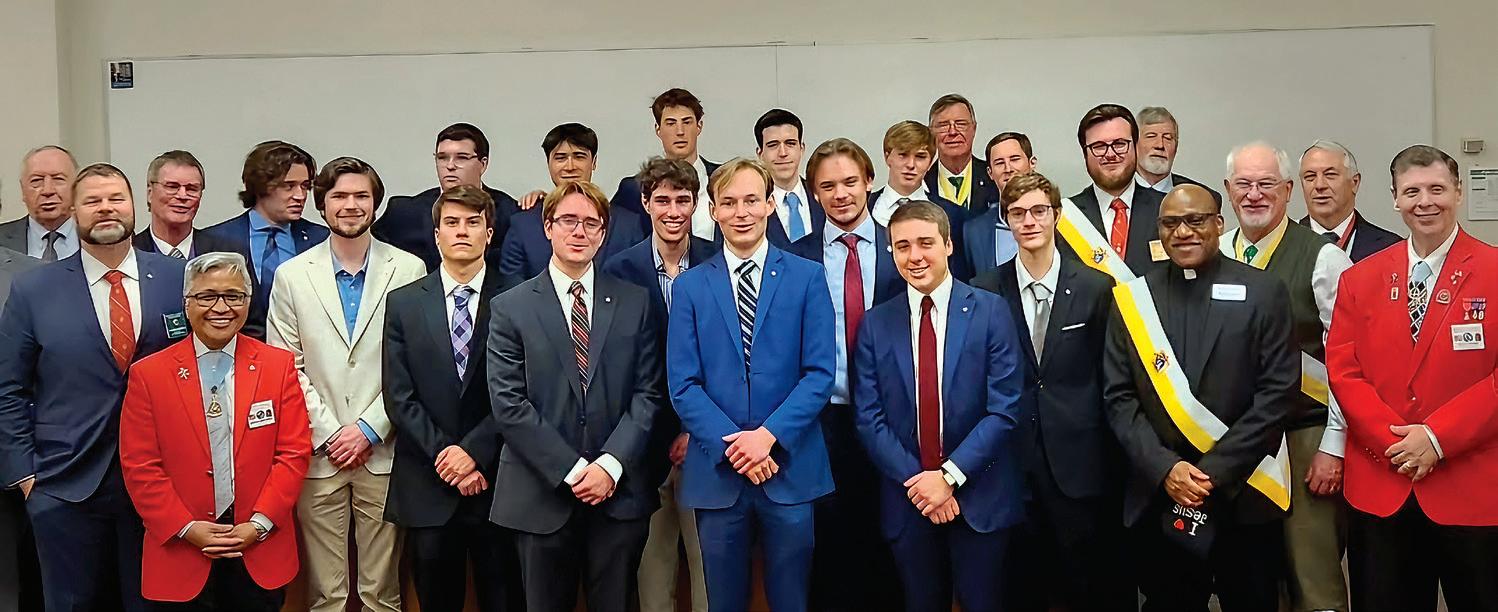
The students inducted were Benjamin Atkinson, Connor Bain, Eric Brockman, William Crayle, Grant Danahey, Michael Galla, Jack Keenan, Caleb Knox, William Laguna, K. Larkin, Cole Myers, John Silk, Garrett Sledge, Jack Slowik and Bowden Spring.
These students will join a local Knights of Columbus council. Plans are underway to form an official college council on the HPU campus, a significant development
in the growth of the order among younger Catholics.
Founded in 1882, the Knights of Columbus is the world’s largest Catholic fraternal organization with more than 2 million members globally. Open to Catholic men 18 and over, the Knights are dedicated to charity, unity, fraternity and patriotism, serving their faith communities through service, leadership and spiritual growth.
2025
Parishioners from across the diocese are journeying near and far to answer Pope Francis’ call to take Jubilee Year of Hope pilgrimages. As Father Benjamin Roberts, pastor of Our Lady of Lourdes Parish in Monroe, explains, “More than simply a time away like a retreat, a pilgrimage allows us to learn to carry only what we need, to let go of what we don’t need, and to rely on the providence of God and the pilgrim community to take care of us. A pilgrimage can be a time of special grace – and the grace is usually found in the journey and not just the destination. A pilgrimage enacts physically what we are also wanting to do spiritually.”

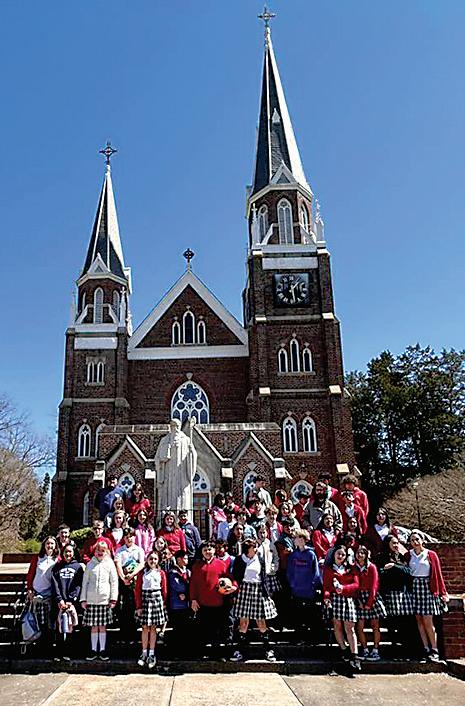
LJUBILEO 2025
os feligreses de toda la diócesis están emprendiendo un viaje, tanto cercano como lejano, para responder al llamado del Papa Francisco de hacer peregrinaciones durante el Año Jubilar de la Esperanza. Como explica el Padre Benjamin Roberts, párroco de Nuestra Señora de Lourdes en Monroe, “Más que simplemente un tiempo fuera, como un retiro, una peregrinación nos permite aprender a llevar solo lo que necesitamos, dejar ir lo que no necesitamos, y confiar en la providencia de Dios y la comunidad peregrina para que nos cuide. Una peregrinación puede ser un tiempo de gracia especial, y la gracia generalmente se encuentra en el viaje y no solo en el destino. Una peregrinación representa físicamente lo que también queremos hacer espiritualmente.”
‘Let us get up, therefore, and set out as pilgrims of hope, because, just as Mary did with St. Elizabeth, we too can bring
Pope Francis





TRISH STUKBAUER
tmstukbauer@rcdoc.org
CHARLOTTE — Bishop Michael Martin celebrated two Masses over an extended St. Patrick’s Day weekend at a pair of historic churches – St. Patrick Cathedral in Charlotte and Old St. Joseph Church in Mount Holly. While honoring the roots of Catholicism in North Carolina, he urged Catholics to embrace the missionary spirit of St. Patrick, telling them to “get into the game” and asking, “Do we influence the culture or are we influenced by the culture?”
Starting on Sunday at St. Patrick Cathedral, which was built by Irish immigrants in 1939, Bishop Martin said God challenges us to be more than spectators. Just as basketball players push themselves to excel in games, Lent calls us to be transformed in our daily lives.
‘If it were not for us, future generations will not know the Good News.’
Bishop Michael Martin
“You’ve got to be the transfigured one in the world, so that the world will look at you and be amazed at the spectacle of your life,” he preached. “So that (people will) look at you and say, ‘Wow. I want some of what she’s got. I want some of what he’s got.’”
The Mass concluded with a beloved tradition – the playing of “Highland Cathedral” by Mark Adamson of Charlotte on bagpipes and Dr. Gianfranco DeLuca on organ.
On Monday at St. Joseph, the oldest Catholic church in the diocese, members of the Ancient Order of Hibernians and the Ladies Ancient Order of Hibernians hosted Bishop Martin on St. Patrick’s Day for the annual Mass that pays tribute to the first Catholic families who settled in western North Carolina.
The Greek Revival style wooden frame church was built in 1843 by Irish immigrants who had come to search for gold along the Catawba River. No longer an active parish, Old St. Joseph is used for occasions such at the feasts of St. Patrick and St. Joseph in March.
“It’s just rare that you get to see places like this,” said Bill Bridgeman, a Knight of Columbus who serves as the church’s caretaker, as he opened wooden shutters to allow the rising sun to light the space since it lacks electricity.
Yet the church’s idyllic presence
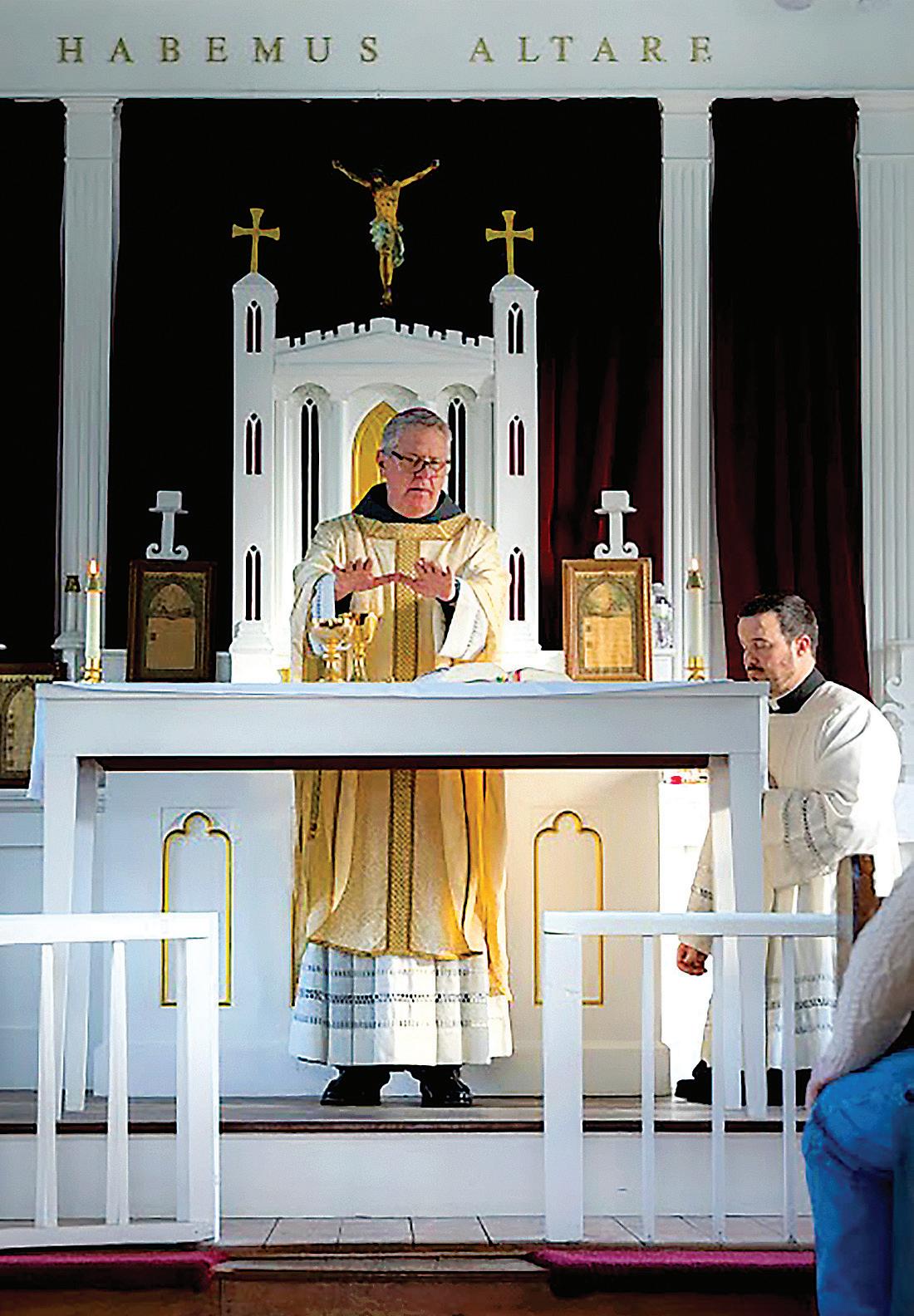
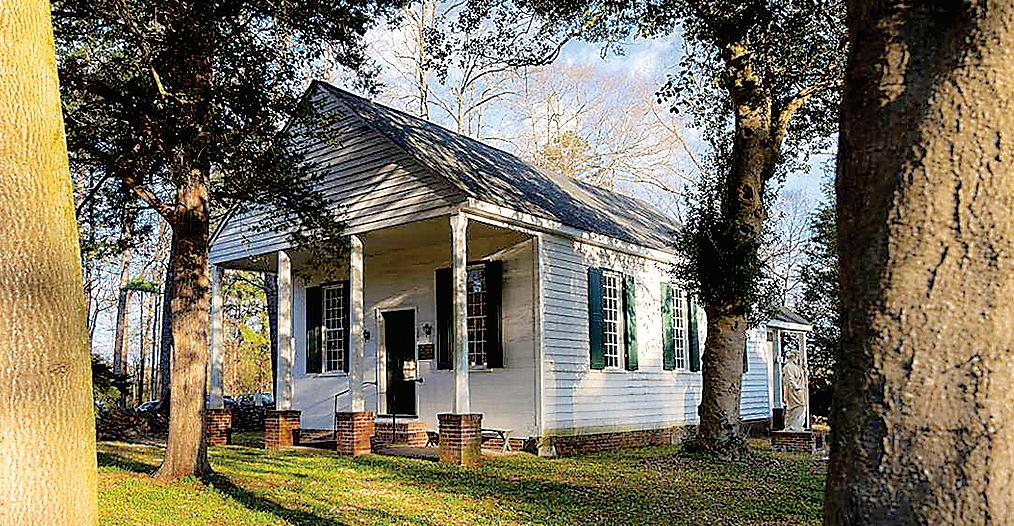
still beckons to passersby like Deacon Bill Melton. He was in the process of converting to Catholicism years ago when he discovered the church while patrolling the area as a member of the Gaston County Police Department. “I would come at night and pray the rosary here in the cemetery,” he recalled. Monday was his second time inside the church and his first for the Hibernians’ feast day Mass.
As Bishop Martin repeated the tradition of blessing the grave
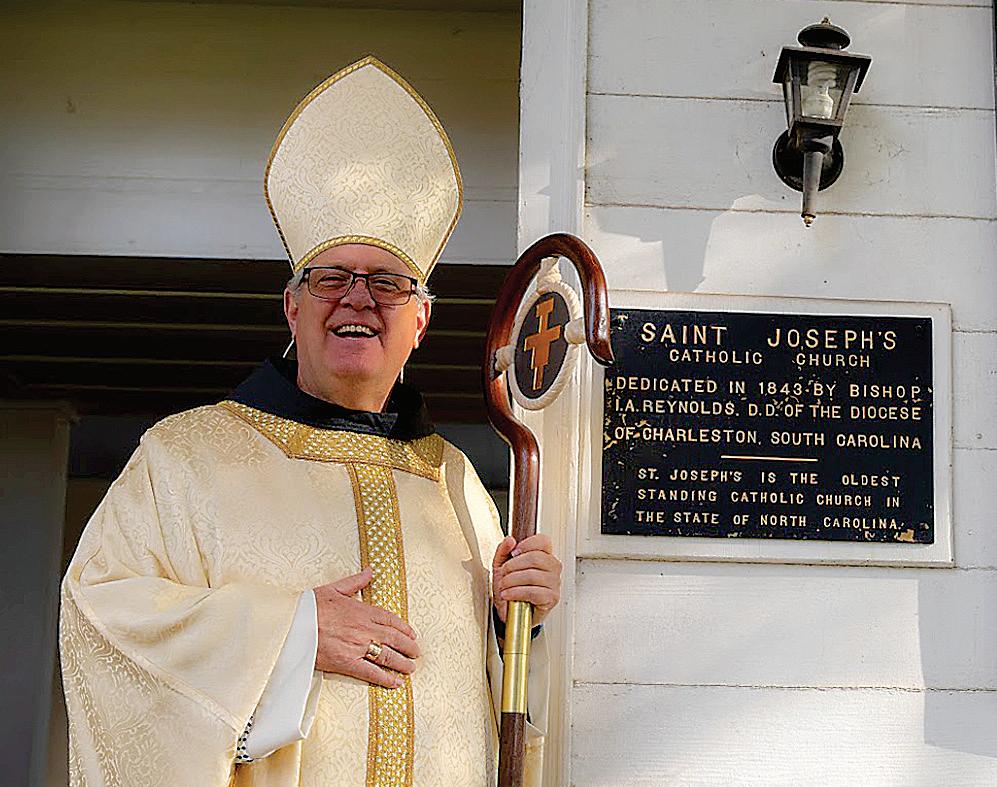


synonymous with Ireland.
“I believe that Patrick influenced the culture,” he said. “To me that’s our takeaway today: Do we influence the culture or are we influenced by our culture?”
of the church’s first pastor, the Irish-born Father T.J. Cronin, he honored all immigrants who have shared their faith in their times.
“If it were not for them, we would not be here,” he said. “If it were not for us, future generations will not know the Good News. May we take our responsibility for the Great Commission as seriously as these women and men so many years ago.”
During his homily, Bishop Martin continued that thought, noting that St. Patrick is almost
“Christ, in today’s Gospel, tells us to go out into a culture that has very different values and influence it in such a way that it begins to change, that it begins to be different,” he said. “To me the reason why St. Patrick is today so beloved and so synonymous with Ireland is because that’s what he did.”
The bishop went on to suggest that we often allow the world to sway us.
“We aren’t comfortable being uncomfortable,” as we are witnessing to the culture of Christ in our world, Bishop Martin said.
“Don’t you believe that they did that?” he asked, gesturing toward the cemetery outside the church.
“That they walked around in a culture that had nothing to do with Catholicism and in fact found themselves on the outside looking in, immigrants themselves? … We, too, should have a little sense of that, that we’re on the outside looking in.”
While we should celebrate the beauty and history of the buildings of our past, Bishop Martin said we should recognize that they were built where the people once were, and where people are today has shifted.
“We have to meet them where they are,” he emphasized. “We have to take the spirit that’s in the very wood of these walls and floors. We have to take that to where people are: to the supermarkets, to our workplace, to our homes, to our schools, bringing that spirit, that vision of Jesus, into the world.”


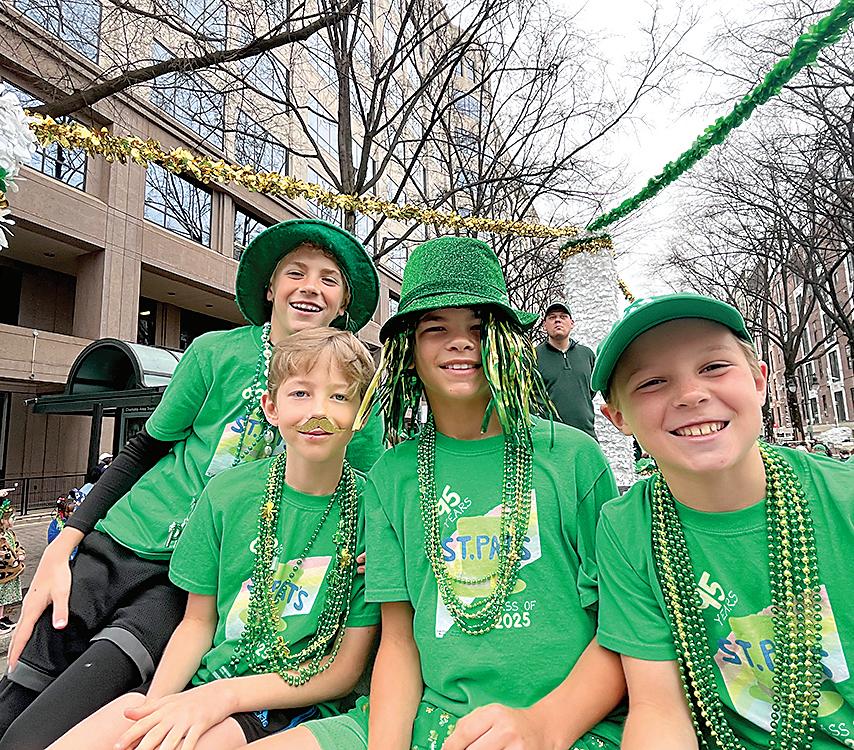

Everyone is more than a little bit Irish on St. Patrick’s Day, and students from the Diocese of Charlotte’s schools were among those who turned out to celebrate the holiday in style during the Charlotte St. Patrick’s Day Parade in Uptown Charlotte. From stuffed animals to bubbles, beads, hats and bowties, students were sporting (and wearing) their favorite green items to honor the saint and spirit of the occasion.
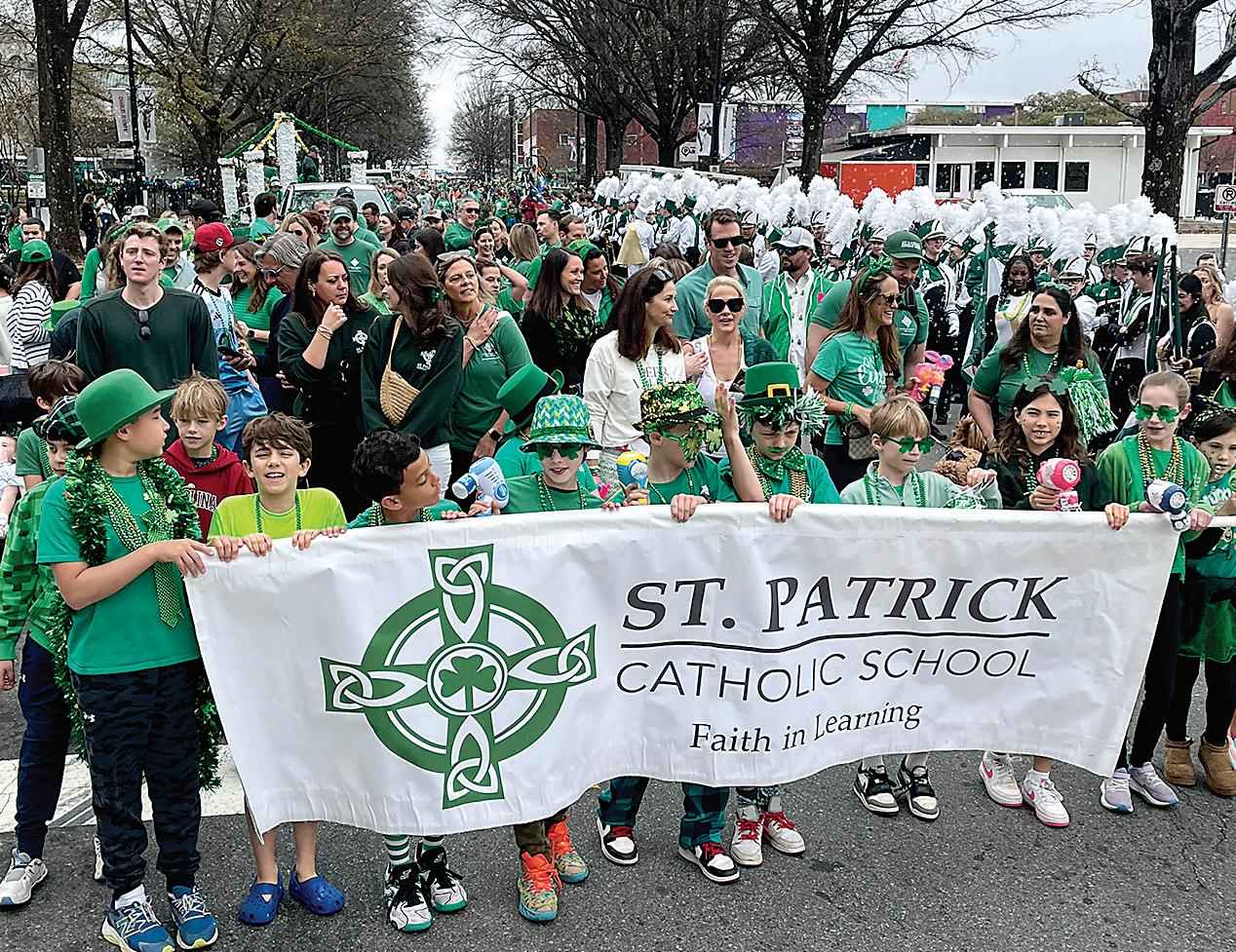


(Above and left) Students from Charlotte’s Catholic schools celebrated St. Patrick’s Day by joining in the Charlotte St. Patrick’s Day Parade. Students from Our Lady of the Assumption and St. Patrick schools marched in the parade through Uptown Charlotte that was estimated to have drawn a crowd of 20,000.
PHOTOS PROVIDED BY
(Below) Perhaps not surprisingly given their patron saint, students from St. Patrick School in Charlotte got an early start on their festive holiday celebrations on the Friday before St. Patrick’s Day. They started with a school Mass, the annual Irish Dance Performance, Second Trimester Awards Ceremony, a Glo Party and a PTO Service Project – all just a half day ahead of their participation in the Charlotte parade the following day.

COURTNEY MCLOUGHLIN catholicnewsherald@rcdoc.org
ASHEVILLE — Susan Nanney Leffé left a legacy of deep roots in western North Carolina. The secretary and treasurer of the well-known family business Linville Caverns Inc., she was a resident of Marion and also maintained a condo in Asheville. She faithfully attended St. Lawrence Basilica in Asheville and Our Lady of the Angels Church in Marion.
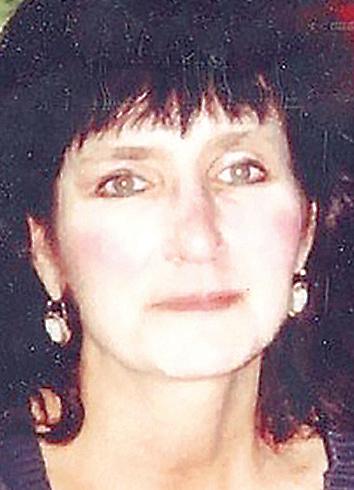
The historic Asheville basilica held a special place in her heart, as evidenced by a generous estate gift of her condo in Asheville that she left to the Basilica of St. Lawrence Endowment Fund. Its sale resulted in a $405,000 gift to the endowment.
“Our parish is very grateful for the estate gift Mrs. Leffé left to the St. Lawrence Endowment Fund,” said Monsignor Roger Arnsparger, pastor and rector of the basilica. “She was a longtime parishioner who loved the basilica and our liturgy, and so she remembered us in her estate planning.”
The Basilica of St. Lawrence Endowment Fund supports the general needs of the Asheville landmark, which was designed and built in 1905 by Rafael Gustavino and Richard Sharpe Smith – the same pair who designed Biltmore House for the wealthy Vanderbilt family.
An endowment is a permanent fund, the
principal of which is invested – not spent – that generates distributions to help pay for projects and programs specified by the donor. Endowments are tax deductible and help sustain the strength and viability of the diocese and its entities by paying for important expenditures such as capital improvements, charitable outreach, education and parish operations.
“Our Basilica of St. Lawrence Endowment Fund was started in 1997 and has been of great assistance for the needs of the parish,” said Monsignor Arnsparger. “Mrs. Leffé’s gift will add to the fund –ensuring ongoing support for the parish for years to come.”
“We talk with parishioners every week about their wishes to remember the Church in some capacity in their estate plans,” said Jim Kelley, the diocese’s development director. “Susan first talked with us in 2001 to tell us she was going to leave an estate gift to the Church. She valued her faith so much that she never changed those plans. We are so grateful for Susan for her love and commitment to the Church.”
Interested in setting up – or adding to – an endowment to benefit your parish or Catholic school? Establish an endowment in the Diocese of Charlotte Foundation by leaving a bequest in a will, a beneficiary designation from a retirement plan, a trust or annuity, or a gift of real estate, life insurance, cash or securities. Join over 1,700 parishioners who have informed the diocese they plan to remember the Church in their estate plans. For details, contact Gina Rhodes at 704-3703364 or gmrhodes@rcdoc.org.


‘Never give up!’ Scouts have fun at 2025 Catholic Camporee
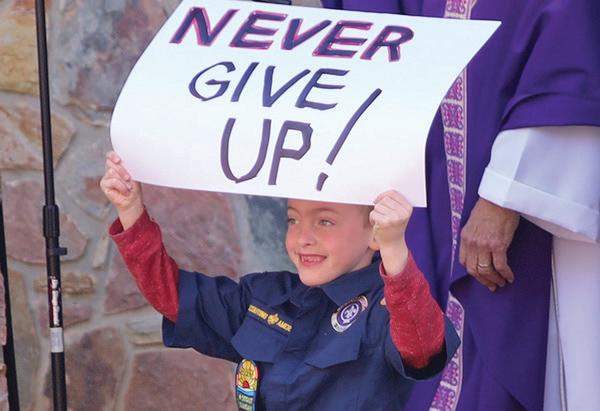
CHARLOTTE — “Backyard bass fishing,” tomahawk throwing, shotgun shooting, kite flying and knot tying. More than 230 Scouts from across the Diocese of Charlotte had fun with these activities plus spending time praying and learning more about their faith at the 2025 Catholic Camporee – this year held for the first time in 20 years at Camp John J. Barnhardt in Stanly County. Sponsored by the Charlotte Diocese Catholic Committee on Scouting, the March 22-23 Camporee focused on the 2025 Jubilee Year with the theme “Pilgrims of Hope.” With picture-perfect weather and views of Badin Lake and the Uwharrie Mountains, Camp Barnhardt was the perfect setting for boys and girls to enjoy the outdoors, hone their scouting skills, and practice the scout traits of leadership and self-confidence. Camporee organizers said they were thrilled with the turnout – about 35% higher than the last Camporee in 2023. The weekend ended with Sunday Mass offered by retired Father Dennis Kuhn, who enlisted Scouts and some creative props during his homily to emphasize his message to “always trust in God,” “stay strong in prayer” and “never give up!” After Mass, Scouts who this year have earned their Catholic religious emblems, Light of Christ and Parvuli Dei, were recognized.

Turn your unused car, truck, boat, RV, or motorcycle into a force for good. Donate it to Catholic Charities and help fund programs for those in need.
And receive a tax benefit!
All vehicle makes and models are accepted.

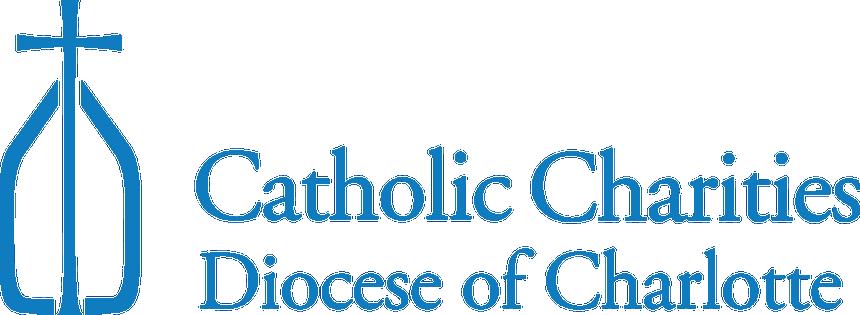
LISA GERACI lmgeraci@rcdoc.org
GREENSBORO — The Hispanic community of Our Lady of Grace spearheaded an unexpected renovation effort that breathed new life into the dormant St. Joseph House and strengthened the church along the way.
Operations Director Charles Longino marvels at the beauty of the remodeled Tudor home that has become the new center for activities such as the prayer shawl ministry, the young adult crocheting group and the Spanish Bible study class.
“It really vitalized the church; you can feel the excitement when people are talking about it,” Longino said. He credits the Hispanic community for their dedication to realizing a vision despite limited funding.
“The thing that I found amazing was they just stepped forward and said, you know what, it is a problem, and we are going to take care of it, and they did,” Longino said.
THE CATALYST FOR CHANGE
Longino’s gratitude requires understanding of the history of the 1926 Tudor. The St. Joseph House predates Our Lady of Grace Church, which was built in 1952, and came with the property. Over the years, the home transitioned from a rectory to a parish hall, at one point even serving as the Catholic Charities office.
The pastor of Our Lady of Grace, Father Casey Coleman, only knew it as a neglected storage area that held old couches, obsolete equipment and boxes filled with unknown gadgets. The charm of the plaster walls, wooden floors, antique stove and arched doorways had long faded, but he saw the potential.
Father Coleman envisioned St. Joseph House as a convent that could eventually house sisters for Our Lady of Grace School and an Adoration chapel while providing needed meeting space.
“My hope was that St. Joseph House would be turned back into usable space. When I first started, I didn’t know what that looked like,” said Father Coleman.
It was difficult to see since leaking pipes, standing water in the crawlspace, stained carpeting and mice compromised the once beautiful interior. Outside, the structural scars from a car that crashed into the exterior years prior left exposed, cracked brick and a hole in the foundation.
Although the details were not yet fully formed, Father Coleman shared his vision with the congregation.
“After Father Coleman stated he wanted to renovate, word got around,” Longino said.
Commission Chair for the Hispanic Parish Council Carlos Reyes and Hispanic Ministry Leader Jerman Duran approached Longino and offered free labor to renovate St. Joseph House. Longino recognized their expertise, but funding for materials was nonexistent.
“If it was from somebody outside of the church, we probably wouldn’t have gone forward with it ’til we had better planning and a budget in place,” explained Longino. “But we knew them. We knew their faith, their honesty and their work ethic. You can’t find two better gentlemen.”
A FALL FESTIVAL BRINGS IN THE CAPITAL Duran coordinated a fall festival that would draw the crowds needed to raise money in a hurry. Longino trusted Duran and his wife

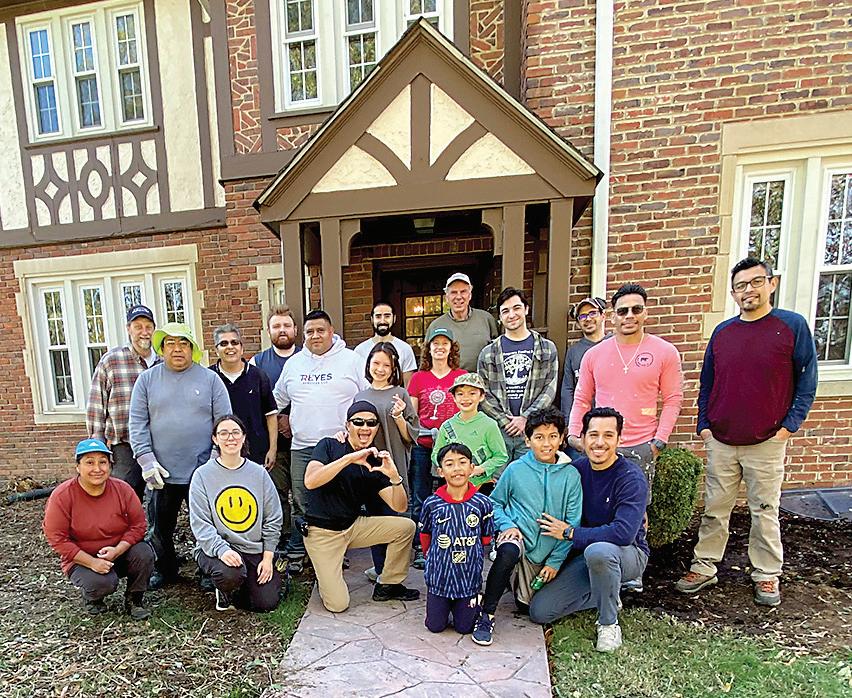
‘We just responded. God called, and we were like, “Yes, how can we help you?’’’
Aurora Pro Services owner Oscar Lopez
Nuria with every detail but was doubtful they could recoup the $1,500 they spent on food, much less fund the entire renovation.
“I was thinking, OK, how much are you really going to raise selling food?” said Longino.
The Lord would provide because they were reconstructing this home for God, Reyes assured Longino.
The weather was warm for fall. Volunteers set up various food stands – American, Latin, Vietnamese, Malaysian – and lines formed for burgers, enchiladas and spring rolls while parishioners played guitars and sang.
The parish raised $12,000 in one day.
Though a lifelong Catholic, Reyes became heavily involved at Our Lady of Grace after nearly dying from COVID in 2019.
“Before, I was in the world, I would go to church for big festivities, but now I try to
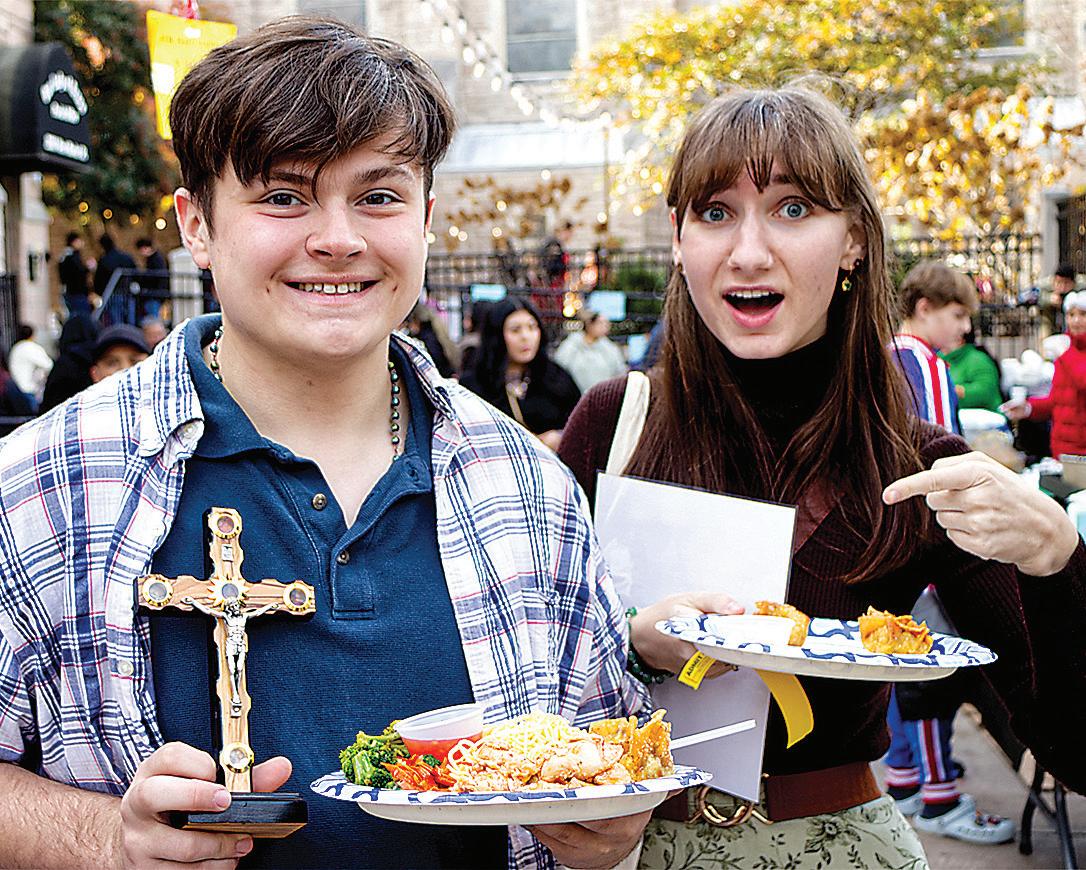
live close to God. I am not about to waste my second opportunity that God gave me,” Reyes reflected.
Reyes took to the podium after all Masses, both English and Spanish, recruiting tradesmen, families, children, the elderly –anyone who felt called to assist with their time and talent.
Every weekend for two months, parishioners painted, landscaped, cleared junk, power washed, dried up the crawl space and decorated.
“It is exciting to see young people with full families and their kids working so hard,” said Reyes, who often had his children and wife, Nelida Valentin, toiling by his side.
St. Joseph House quickly came together with fresh paint, repaired pipes, new tiling and mulch.
Father Coleman said, “It was wonderful to see the parish grow in relationship with one another as they worked together for a common goal.”
Along the way, small miracles seemed to greet each complication.
Aurora Pro Services owner Oscar Lopez attends Immaculate Heart of Mary Church in High Point, not Our Lady of Grace, but he appeared at the perfect time.
“Call it a God thing, I guess, because we don’t go to Mass there,” Lopez said. “It just so happens that, that afternoon, we missed
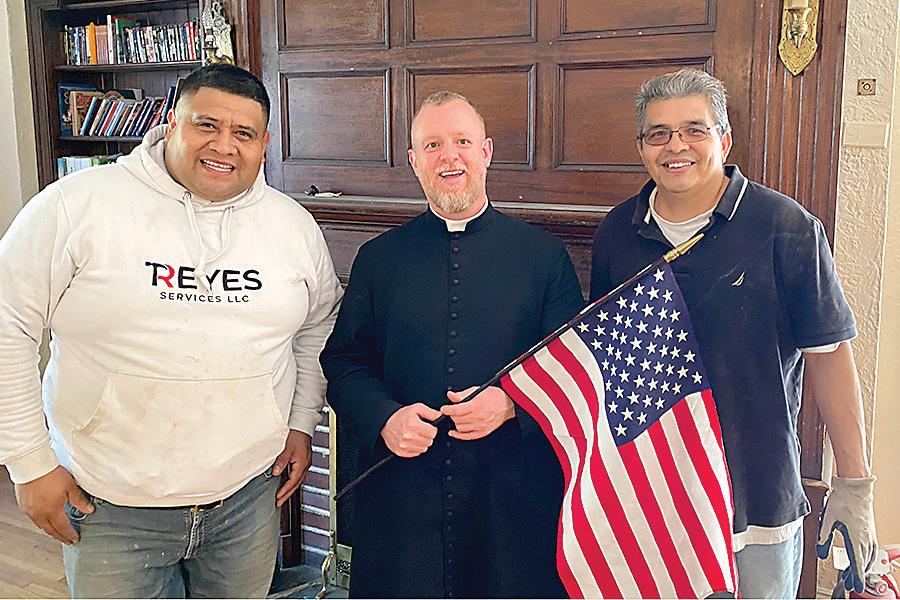
the cutoff for Mass so we headed over there.”
Lopez heard Reyes emphasize that they needed HVAC help because a repair was estimated to cost $5,000, and he quickly volunteered.
“Whenever it is time to do work for God, I do what I can’t do because it is for Him,” Lopez explained. “He is the only one that is going to pay me back better than any customer ever will. So whenever the church needs a hand, I immediately do whatever they need.”
Two of Lopez’s crew spent days moving and reconnecting lines to two HVAC units, a job that could have easily depleted half the project funds.
“We just responded. God called, and we were like, ‘Yes, how can we help you?’” said Lopez.
Days later, parishioners discovered the carpeting upstairs was cemented to the hardwood floors with a quarter inch of glue. Reyes and Longino debated how to remove the adhesive without damaging the wood.
“Literally while we were talking, Javier Leon Tezoquipa, owner of Impression Home Remodeling and a parishioner, came up and offered to restore the wood floors,” Longino said.
The finishing touches happened when volunteers furnished each room with tables, chairs, couches and loveseats donated by parishioner Maria Gutierrez, owner of May Furniture. Volunteers also wired a donated 68-inch television and hung donated paintings to adorn the walls.
“This is something the whole community did, and I am part of that community. It is my pleasure to be able to contribute,” Reyes said. “We can only say so many words, but the actions we act, that’s the most important.”
Although there is no indication of when or if sisters will eventually teach at Our Lady of Grace School and the Adoration chapel is still in the discussion stages, St. Joseph House now functions as a gathering space, retreat center and prayer area.
“St. Joseph House really helped bring the community together. It is a wonderful asset for the church moving forward, and it was here. It just needed to be dusted off and cleaned up and taken care of,” said Longino.
Father Coleman is proud the community was able to embrace his vision and turn it into a reality: “The Hispanic Ministry was overjoyed they were able to contribute to the parish in such a powerful way.”
Niece Carol Ann Johns fondly recalls Uncle Joe teasing her every year on her birthday, June 6 – the same day an elaborate celebration had been planned for his graduation from seminary. Driving back to Greensboro with his parents, she said, “the minute they got back in town, his brother Ray told them they had to get to the hospital because his sister Evelyn, my mother, was about to give birth to me. From that day on every June 6, whether we were together or over the phone he would tell me, ‘You stole my thunder!’”
Monsignor Showfety became a father figure to her, she says, supporting and guiding her.
She recalls one summer working as a counselor at Our Lady of the Hills Camp, when he was spiritual director. A close friend was getting married and she had no way to get to the wedding in Greensboro, so Uncle Joe bought her a plane ticket from Asheville to Greensboro – “my first time on a plane.”
Monsignor Showfety appreciated his family’s Lebanese roots, and in later years he relished weekly trips to a local Lebanese-owned restaurant. Yet his faith was never far from his mind, and he enjoyed deep discussions with family and friends – happy to talk theology over meals with restaurant staff and fellow customers.
“He was like a walking Catholic encyclopedia – even in a restaurant, he would be answering questions,” niece Carol Ann says.
“He loved being a priest and was extremely proud of his role in the formation of the Charlotte diocese,” says nephew Rob. “He loved talking about its history, its beginnings and also the growth of the Catholic population in western North Carolina.”
Monsignor Showfety is survived by two of his four siblings: Robert (Bob) E. Showfety of Atlanta and his wife Mary, and sister Evelyn Showfety Johns of Tennessee; and 15 nieces and nephews. He was predeceased by his parents; two of his
Despite his long drive to North Carolina, Robinson was jubilant in his remarks. “We started this journey on Tuesday and traveled to Roanoke, Virginia, and then we have already been to five places, and guess what? There were two saves in Raleigh,” he said.
By “saves” he means that two of the women intending to receive an abortion left the facility without going through with the procedure.
“I am blessed from the Lord that I have been delivered from the dark side,” Robinson told the group. “I know what it is like to work on the inside. It is no fun.”
The attentive crowd listened while Robinson shared his story. He explained that as a young medical student watching his first abortion, he knew something was “off.” But, just like sin, he said, the more he did it, the less wrong and uncomfortable he felt. Eventually, in his free time, Robinson was providing abortions at various facilities for financial gain.
“$700 in the early 1970s and 1980s was a lot of money,” he said. “You have five, 10, 15 abortions you do; you are walking out with some cash. This is a lucrative business.”
He and his late wife were the “Bonnie and Clyde” of abortionists, he said, performing as many abortions as possible for cash. When
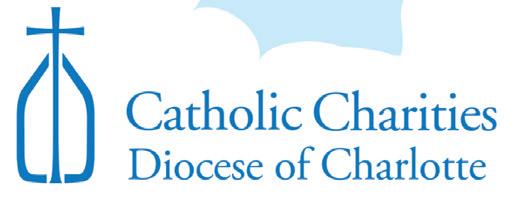
a sudden turn. While attending a Christian concert, Robinson turned his life over to Jesus Christ. He said the scales fell from his eyes, and he could finally see the truth. From that point on, the couple devoted their lives to ending the very practice that at one time had profited them.
Now Robinson tours the globe encouraging “people of God” to continue praying. Currently, 40 Days for Life is running 700 prayer vigils.
He encouraged the Charlotte prayer team by asking, “What do you guys do? You stand out here every day during the campaign knowing that Jesus says prayers of the righteous availeth much. It may seem like we are just standing here, just holding a sign. We just saw those two babies saved. You’re making a difference.”
Since 40 Days For Life’s start in 2004, Robinson said, he has witnessed numerous miracles. He cites 26,000 babies saved, 200 abortion facilities closed, countless abortion employee resignations, and the overturning of Roe v. Wade. Their headquarters operating from a former abortion facility is a testament to the power of prayer, he said.
“We never shout at these people; we don’t block driveways. We love them because we know that love covers a multitude of sins,” he explained. “You disarm the enemy when you love and respect them. It must be the Holy Spirit that takes those scales away – there is no amount of eloquence in speech.”

with a sandwich lunch followed by a noon presentation by Tim Norris, board member of Project Light Rowan and a member of Sacred Heart Parish in Salisbury. The presentation will focus on sharing the realities of human trafficking in North Carolina and ways of stopping this horrific crime. Register to attend by emailing scaeducation@ccdoc.org by Wednesday, April 2. More information on this event can be found at www.ccdoc.org/ education. Due to the subject matter of this event, it is recommended that attendees be at least 16 years old, and parental discretion is advised. This event is sponsored by Catholic Charities Diocese of Charlotte in collaboration with Project Light Rowan.
— Joseph T. Purello
Spring 2025 round opens for CRS Rice Bowl Mini-Grants
CHARLOTTE — Does your parish help run a food pantry or sponsor an emergency services program? Perhaps your parish or school provides meals for those who are homeless or sponsors a garden that provides fresh produce to those in need. If so, consider applying for a Catholic Charities CRS Rice Bowl Mini-Grant of up to $1,000. For every $3 of Rice Bowl funds sent to Catholic Relief Services for overseas projects, $1 remains in the Diocese of Charlotte for a grant program that supports projects fighting poverty and hunger in the diocese. See details at www.ccdoc.org/cchdcrs. Applications are due June 6.
— Joseph T. Purello

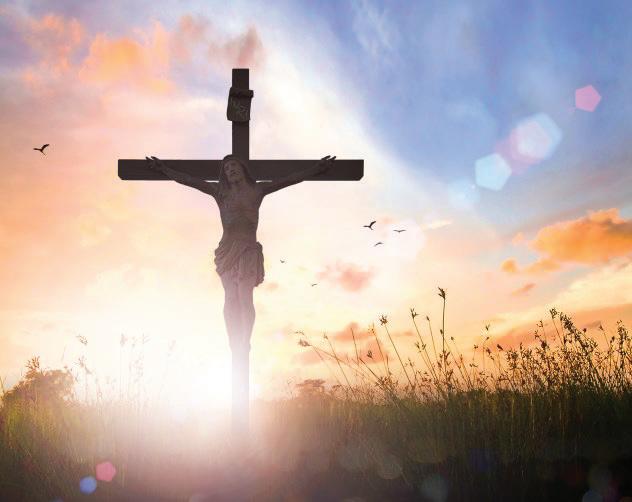

Renewal Ministries Peter Burak & Rachel Herbeck will lead a transformative journey of faith, responding to Christ’s call to follow Him. Explore the invitation to be disciples, the cost of discipleship, and the reward of a living in the Spirit.

Schedule: Sunday, April 6: The Call & The Cost Adoration & Confession
Monday, April 7: The Reward Individual & Community Prayer
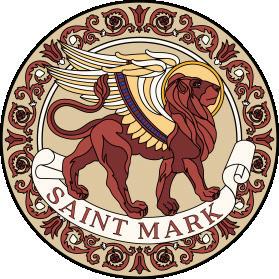

CHRISTINA LEE KNAUSS clknauss@rcdoc.org
CHARLOTTE — Families facing the challenges of raising faith-filled kids can find help and hope by trusting in God and the love they have for each other.
That was the message Bishop Michael Martin gave to about 170 parents March 20 at the MACS Performing Arts Center at Charlotte Catholic High School during his presentation, “Parenting a Holy Family When You Aren’t the Holy Family.” Bishop Martin gave the same presentation and took parents’ questions a day earlier at Bishop McGuinness High School in Kernersville.
His talk was filled with humor and personal anecdotes but also took a serious tone as he reminded parents that they bear the greatest responsibility for passing on the Catholic faith to their children.
“Our Catholic schools and our parishes should be the support of what’s already going on in the house,” he said.
The bishop joked about the concept of himself – a man with no children – talking to them about parenting, drawing laughter, but went on to draw on his decades of experience in Catholic education and as a priest to offer suggestions for how parents can guide their children even as they work on deepening their own faith.
“You’re going to screw up. It’s all right,” he told them. “You’re not here to be perfect, you’re here to be present to them.”

Bishop Martin’s nine tips to help your children embrace faith:
Be in touch with issues you are going through. Poor self-awareness can be a problem if you don’t realize your own flaws or emotional blind spots. “Too often we engage with our children when we’re not fully aware of the dynamics going on in our own lives,” he said. Keep a journal to better understand how different emotions and influences affect your interactions.
Understand how your children think. Recognize that the way children think about things is not how you as parents do. “Good parenting gets with them and tries to appreciate that a little better … that’s a hard dynamic. It’s not how you think about it. It’s how they think about it.”
Seek first to understand what matters to kids and put aside your own opinions.
“Often the best way to do this is to ask open-ended questions … stop the yes-andno questions. Listen with ears attentive to their perspective.”
Kids struggle when they witness you struggle. It’s important for you as parents to keep many problems out of your interactions with your kids. While some emotions should be shared, “that doesn’t mean every struggle of your life needs to play out on your sleeve for your kids to see. They need their parents to be above the fray.”
Children shouldn’t be asked to parent other siblings. You have the responsibility of raising your children.
Children shouldn’t be exposed to things they can’t handle yet. In an era when technology is everywhere, kids are being exposed to dangers such as pornography as young as 8 years old. “That’s where all of us need to take responsibility for a world that has delivered right to the palms of their hands all kinds of things many of us could not have conceived of when we were their age,” he said. Limit and monitor use of laptops, phones and other technology. “I encourage all of you to extend the innocence of your children as long and as far as you possibly can.”
Kids shouldn’t think they have to do it all. In a culture where kids are led to believe they have to take part in everything, aim to moderate the number of activities they participate in. “It’s OK to have an unstructured day.”
Your lives shouldn’t revolve around your children. “Put God first, spouse second, and kids third. Have a life. Your kids won’t have a life if you don’t.”
Faith formation needs to start in the home. Children should see you living your faith at home. “Don’t expect your Catholic school to do it, don’t outsource it to your parish.” Pray together and live out your faith together.
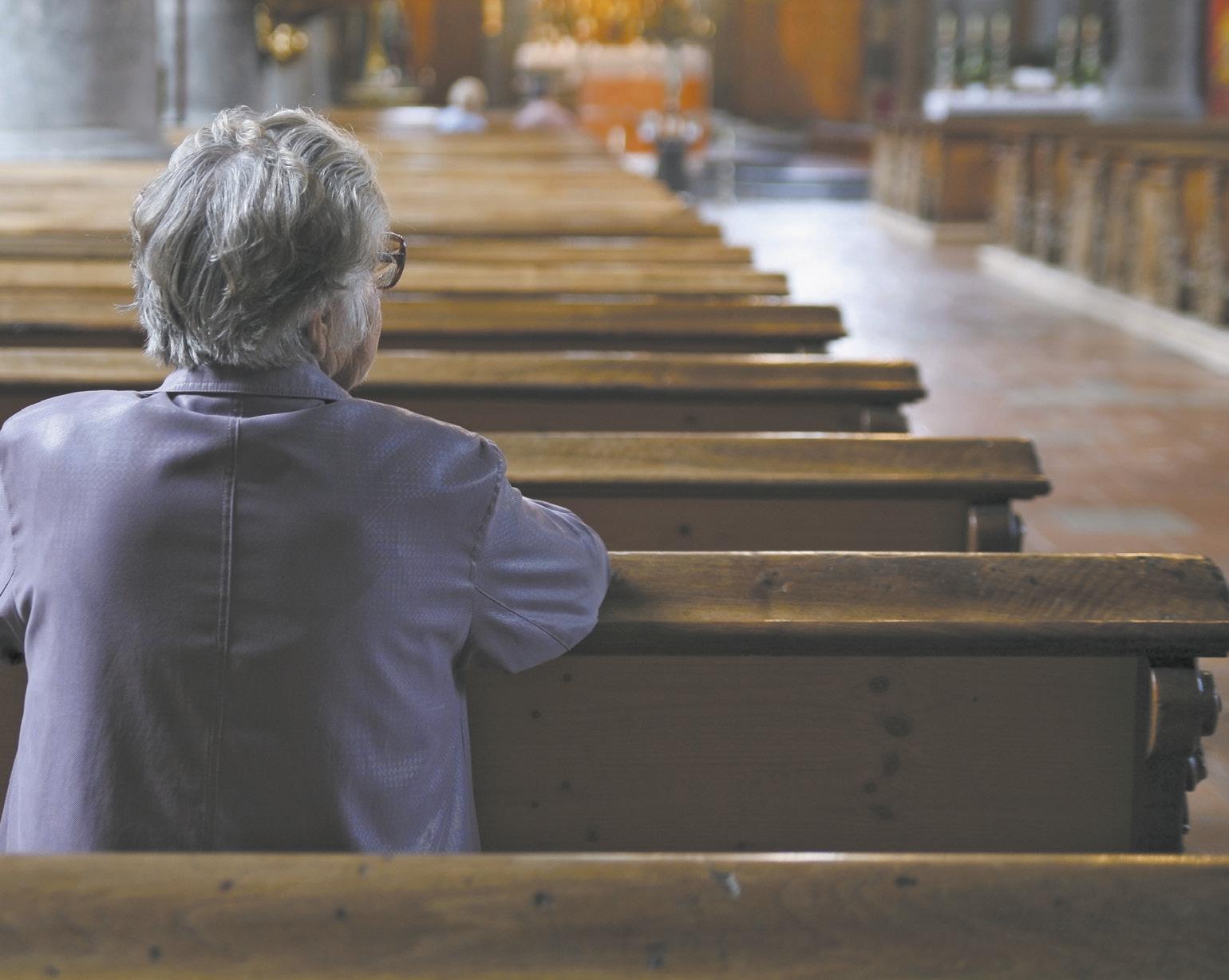
LIZ CHANDLER lchandler@rcdoc.org
CHARLOTTE — Bishop Michael Martin weighed into a debate over recent changes at Charlotte Catholic High School this week, praising the school’s quality and expressing confidence in its direction, but also sharing that he has asked for a “pause” to allow more time for reflection.
Bishop Martin, who has a 30-year history in Catholic education, was at the high school to give a special presentation to parents, “Parenting a Holy Family When You Aren’t the Holy Family.”
After his talk, he took questions from the audience – including one from a parent who asked if people with concerns about the school “are being heard.”
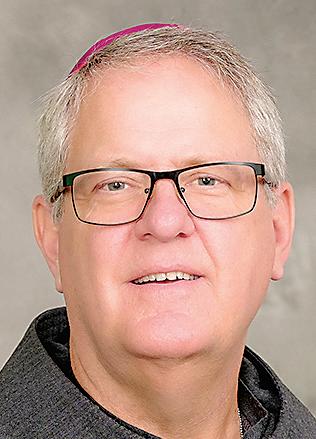
The question relates to changes in Charlotte Catholic’s accreditation, curriculum and leadership this school year, which some parents have applauded while others see an overemphasis on tradition and religiosity at the school. This debate contributed to the resignation in February of first-year Charlotte Catholic principal Lori Phillips and reflects a similar conversation going on in the Church more broadly.
“I hear you,” the bishop told the audience of 170 people who turned out for his presentation on parenting. He then offered a lengthy explanation about the mission of Catholic schools and the excellence – and opportunities – he sees at Charlotte Catholic. With nearly 1,400 students, it’s the largest of the diocese’s 20 schools and the first place the bishop visited last April, on the day Pope Francis appointed him bishop.
“Charlotte Catholic is an excellent academic institution. I think it’s doing wonderful things,” said Bishop Martin, a former student, teacher, coach, principal and president of Catholic schools. “Do I think it has room for growth? Absolutely – as does every other institution in the Catholic Church.”
MISSION REMAINS THE SAME
One thing that won’t change, he said, is the mission of the school: “Our Catholic schools, first and foremost, are here to breed, to help form, and grow disciples of Jesus Christ in the Church – that’s our primary, number one, unchanging, without-a-doubt mission.”
While people may not agree on “what that looks like,” the bishop said, the school community must be open, listen to one
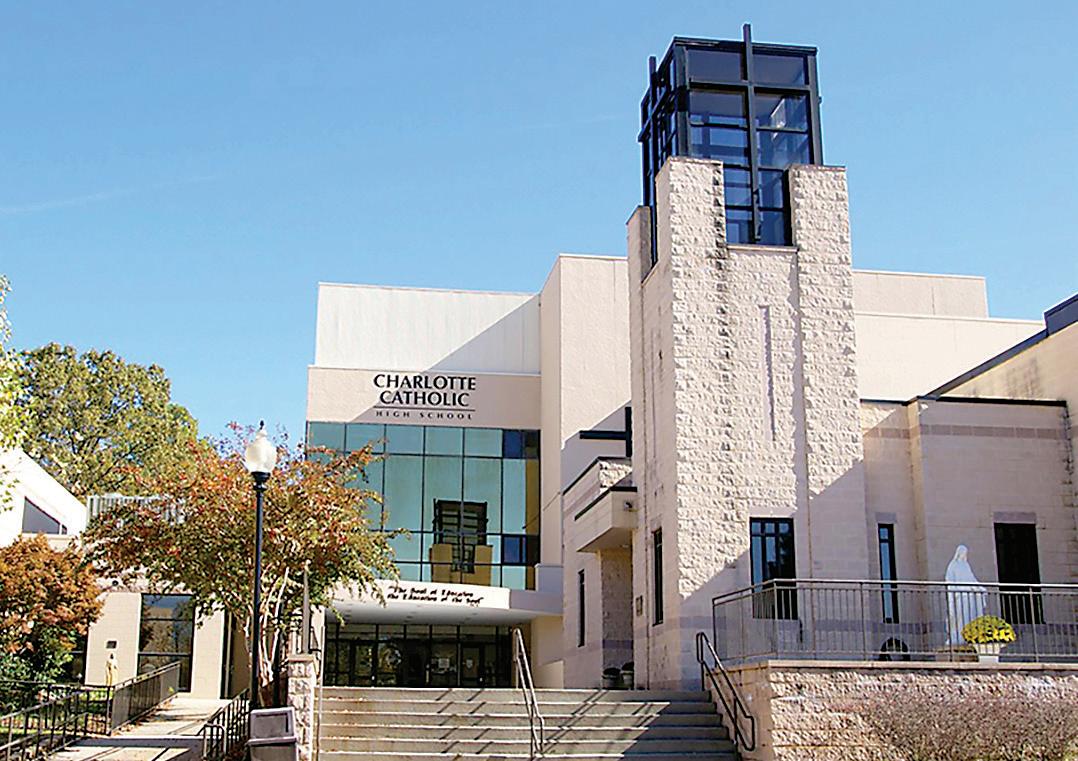
‘I’ll continue to ask for God’s guidance and pray for that and to listen to all of you.’
Bishop Michael Martin
another, talk through issues – and not expect democratic rule. Some parents have resorted to online petitions and anonymous complaints in the media to raise their concerns.
He pledged school officials will do more: “We’ll do a better job at communicating the mission. We’ll do a better job at communicating the choices that we make. … We’ll do a better job of engaging parents and listening. We’ll do all that better. We’ve got a lot of ways to grow.”
At the same time, he said, “We’re not here as a school that responds to public demand –that’s the public school system. Our mission is different, and it’s my responsibility as the local bishop to articulate what that mission is and then to hire qualified people to carry that out.”
He expressed confidence in Catholic Schools Superintendent Greg Monroe and Charlotte Catholic’s former president, Kurt Telford, who was recently named Head of School to also serve as principal in the wake of Phillips’ resignation.
A well-informed vision, the bishop said,
takes time to develop – so he’s asking parents and school leaders alike to “take a bit of a pause.” He has invested hours in talking with teachers, parents and students, and answering calls and more than 200 letters and emails.
“We’re not doing anything. We’re not changing anything. We are taking some time here at Charlotte Catholic, we’re taking some time to let the dust settle and then we’ll go from there.”
“I’ll continue to ask for God’s guidance and pray for that and to listen to all of you,” he said.
At the same time, he said, the school cannot manage by “taking a head count” or seeking “mass appeal.”
He drew a parallel between the challenges parents face in teaching children about God at home – the subject of his presentation –with those the school faces in imparting the faith to nearly 1,400 students from families of diverse backgrounds, expectations and perspectives.
While the diocese’s schools are open to
everyone, Bishop Martin explained, it is important to maintain a clear Catholic identity and an unwavering commitment to making disciples. He acknowledged some parents may not agree with this focus and might want to consider a school that better aligns with their expectations.
“Our purpose is to form disciples of Jesus Christ in the Church,” he said, “and if that’s not what you’re looking for … this might not be the school for you.”
The diocese’s schools have seen record enrollment in recent years – topping 8,300 students this year. With strong academics in place, they also have increased focus on enhancing their Catholic identity since the arrival of Monroe as superintendent and the appointment of Father Timothy Reid as vicar of education in 2020.
Last July, the diocese’s schools switched accrediting bodies after determining that Lumen Accreditation, offered by The Catholic University of America, would more seamlessly integrate the evaluation of the schools’ academic programs and their religious training and character formation. Charlotte Catholic did not communicate the change to parents at the time and has apologized for the lack of clarity, which occurred during the transition in leadership last summer.
Since January, when Charlotte Catholic announced the accreditation change, diocesan school leaders have emphasized that the new partnership with Lumen and The Catholic University of America is a natural match for Catholic schools. Lumen continues to demand rigorous academic standards, they say, along with its thorough evaluation of the schools’ Catholic identity and teachings. The Catholic University of America is the only pontifical university of the Catholic Church in the United States, and the only institution of higher education founded by the U.S. Catholic bishops.
School officials report they have seen no impact on students’ college acceptances based on Charlotte Catholic’s accreditation change.
The bishop invited the school community to continue sharing their hopes for Charlotte Catholic and reiterated his pledge to stay focused on its mission.
“We’re not going to change the mission,” he said.
“Jesus gave it on the day He ascended into heaven. … ‘Go teach the nations, bring to the nations the Good News, baptizing them in the name of the Father, and of the Son, and of the Holy Spirit.’ That’s the mission of the Catholic Church and all of our entities.”
LISA GERACI lmgeraci@rcdoc.org
HUNTERSVILLE — Christ the King High School is in the final design phases of a 17,000-square-foot, $12 million expansion project set to break ground later this year.
“It’s going to be bigger and better, and we can’t wait!” Principal Mark Tolcher said. Sketches show the remodel will expand the school’s footprint from the current 65,000 square feet to 82,000. The additional space is essential to support projected student enrollment numbers and accommodate growing programs.
Completion of the project is estimated to take 12-18 months. Hopes are to open the

new wing in the fall of 2026.
The school, which launched in 2011, is now home to 435 students, but the expansion will increase capacity to 600. Projections indicate increased registration in upcoming years.
The building extension will add a new entry point to the gym and a north lobby equipped with concession stands, ticketing booths and a Crusaders Spirit Store for the school’s athletics, band, musical and theatrical events.
Other perks include an expanded weight training area, a chorus and band studio, two additional classrooms and an industrial design workspace.
“The industrial design area is where the design concepts of students can be brought to life through woodshop and glasswork activities,” said the school’s president, Dr. Carl Semmler.
Tolcher says despite various scheduling approaches, the existing 170-seat lunchroom stays at maximum occupancy.
The remodel combats this by adding a 250-seat cafeteria and 50 seats in an outside eatery.
The new wing will connect to the back side of the gym.
“Only one row of parking spaces will be lost. However, about 40 percent of the upper lot will temporarily be used as a construction staging area,” Semmler explains.
Plans include reconfiguring several classrooms, educational spaces and the existing cafeteria into five additional classrooms, five more office spaces and a larger student health center.
Little Diversified Architectural Consulting Firm, the civil engineers used for all of the school’s past construction projects, is architect. Barringer Construction will oversee construction. Both are local businesses.
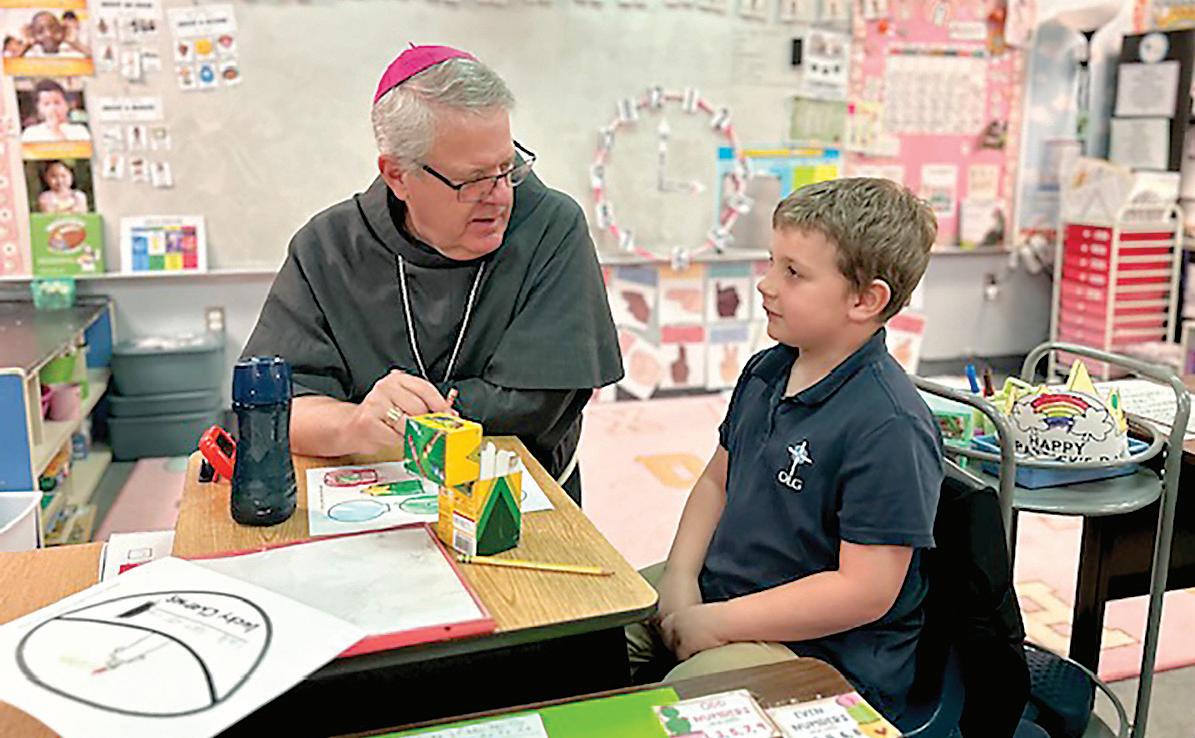
GREENSBORO — Bishop Michael Martin visited Our Lady of Grace School for the first time on March 24. He peeked in classrooms for story time, sat with students and colored, and helped solve problems during his campus tour. That afternoon, everyone gathered in the gym for the dedication, blessing and renaming of the two wings that make up the heart of the school.
The “1976 wing” will now be called “The Sheen Wing” in honor of the Venerable Fulton Sheen, who blessed and dedicated the school when it opened in 1976.
The second wing, added in 2014, will be known as the “Drexel Wing” after St. Katharine Drexel. The saint inspired diversity during the formation of the former St. Benedict’s School in 1926, only agreeing to support financing if the school was integrated.
At the end of the dedication, students surprised Bishop Martin with a handmade gift: an “Open When” envelope. Each grade level created a envelope filled with art, letters or reminders the bishop can open only when he does the activity specified on the envelope.
— Lisa Geraci


GREENSBORO — More than 300 parents, alumni, faculty and clergy turned out for St. Pius X School’s 70th Anniversary Gala hosted at the Greensboro County Club on March 15. The event, themed “Paving the Way,” received generous donations, which will help fund a variety of projects to add special features to the St. Pius X school campus.
“Founded by the Daughters of Charity, our school has grown to a flourishing student community of over 440,” Principal Antonette Aguilera said. “We continue to thrive as a vibrant institution, dedicated to our faith and to the pursuit of academic, artistic and athletic excellence.”

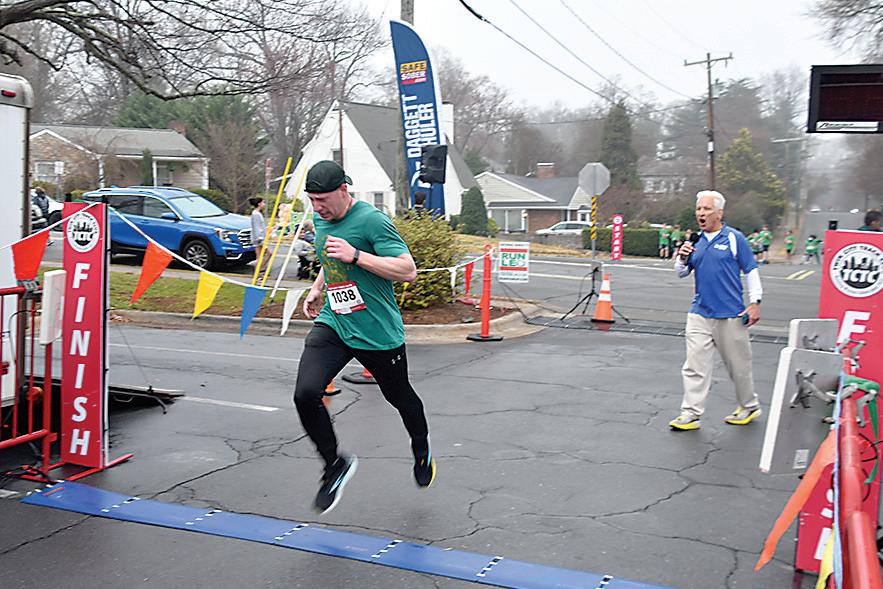
30 years of racing for fun – and funds
WINSTON-SALEM — St. Leo School celebrated the 30th anniversary of its Run Leo fundraiser March 15. Despite weather advisories, 863 runners and walkers of all ages raced through the historic city along 5K, 10K and 15K courses. (Left) St. Leo students participate in the John Hanson Memorial Fun Run & Walk. (Above) Father Peter Rusciolelli, parochial vicar at St. Leo the Great Parish, crosses the finish line. Father Darren Balkey, parochial vicar at St. Matthew Parish in Charlotte, reminisced about his 2023 Run Leo experience, when he was assigned to St. Leo and finished third in the 5K and fourth in the 10K among a field of more than 1,000 runners. “I really enjoyed the opportunity,” he said. “Many Triad runners consider it the informal start of race season. The enthusiasm of parish families and students adds to the excitement.”



A day of hope, fun and inspiration just for teens (grades 6-12)
SATURDAY, APRIL 12 | 9AM-3PM Belmont Abbey College

SPECIAL GUESTS

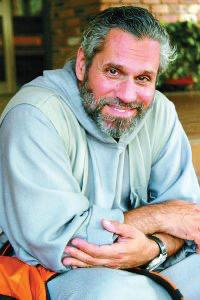







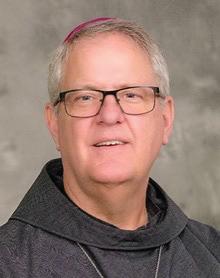

SIGN UP TODAY!
$20/person (includes lunch and T-shirt)




Don’t miss out! Register by Wednesday, April 2.




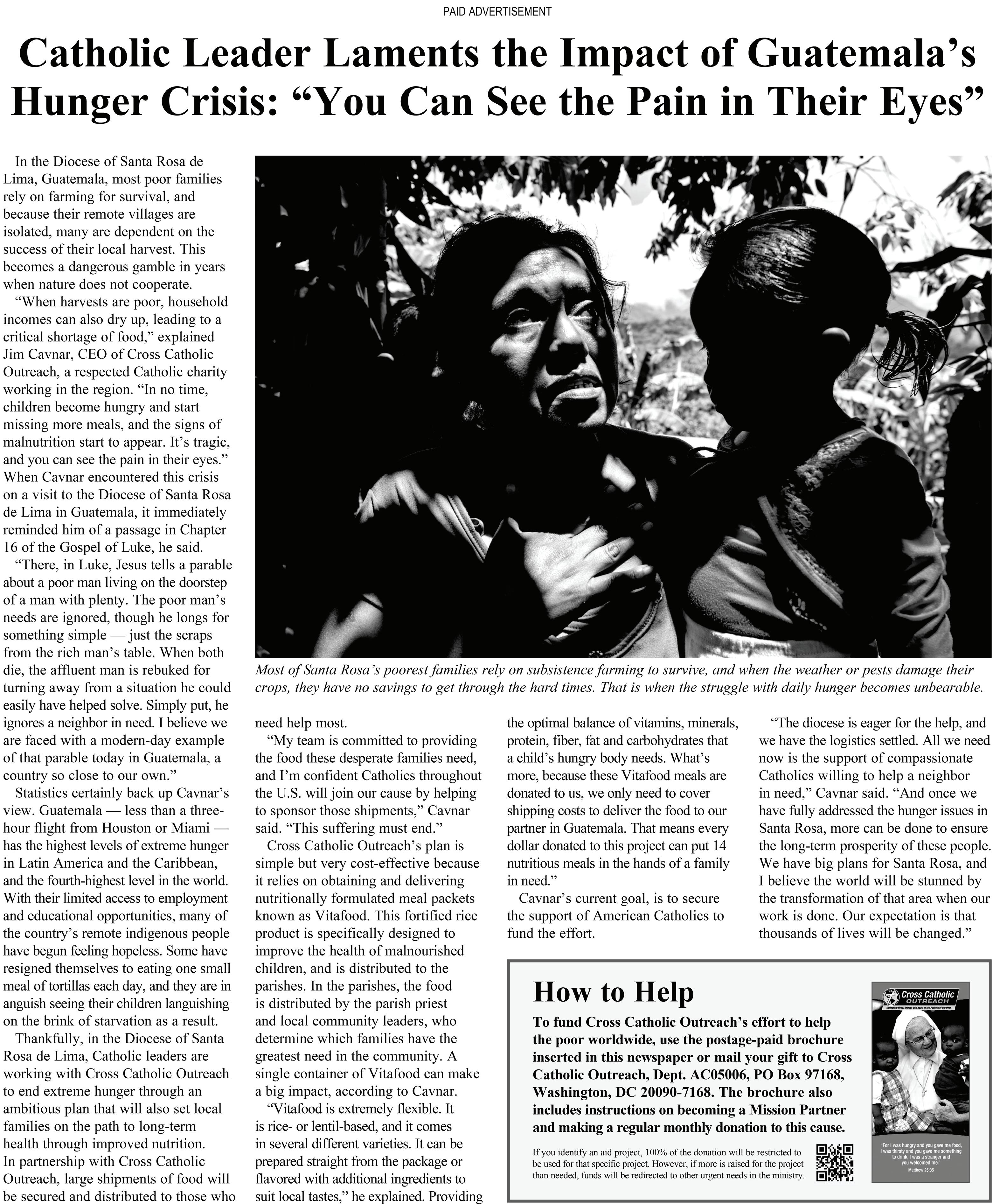


LISA GERACI
lmgeraci@rcdoc.org
GREENSBORO — La comunidad hispana de Nuestra Señora de Gracia encabezó un esfuerzo de renovación inesperado que dio nueva vida a la dormida Casa de San José y fortaleció a la iglesia en el proceso.
El Director de Operaciones, Charles Longino, aún se maravilla de la belleza de la casa Tudor remodelada, que se ha convertido en el nuevo centro de actividades como el ministerio de los mantos de oración, el grupo de crocheting de jóvenes adultos y la clase de estudio bíblico en español.
“Realmente revitalizó la iglesia, se puede sentir la emoción al respecto cuando la gente habla de ello,” dijo Longino.
A pesar de los fondos limitados, él acredita a la comunidad hispana por su dedicación para hacer realidad una visión.
“Lo que me pareció asombroso fue que ellos simplemente dieron un paso al frente y dijeron, saben qué, esto es un problema, y nosotros nos vamos a encargar de ello, y lo hicieron,” comentó Longino.
EL CATALIZADOR DEL CAMBIO
El agradecimiento de Longino requiere entender la historia de la casa Tudor de 1926. La Casa de San José es anterior a la Iglesia de Nuestra Señora de Gracia, que fue construida en 1952, y venía con la propiedad. Con el tiempo, la casa pasó de ser una rectoría a un salón parroquial, en un momento incluso sirviendo como oficina de Caridades Católicas.
El pastor de Nuestra Señora de Gracia, el Padre Casey Coleman, solo la conocía como un área de almacenamiento descuidada que contenía viejos sofás, equipos obsoletos y cajas llenas de aparatos desconocidos. El encanto de las paredes de yeso, los pisos de madera, la estufa antigua y las puertas arqueadas ya se había desvanecido, pero él vio el potencial.
El Padre Coleman imaginó la Casa de San José como un convento que eventualmente podría albergar a las hermanas de la Escuela de Nuestra Señora de Gracia y una capilla de adoración, mientras proporcionaba un espacio de reuniones necesario.
“Mi esperanza era que la Casa de San José fuera convertida en un espacio útil. Cuando comencé, no sabía cómo se vería eso,” dijo el
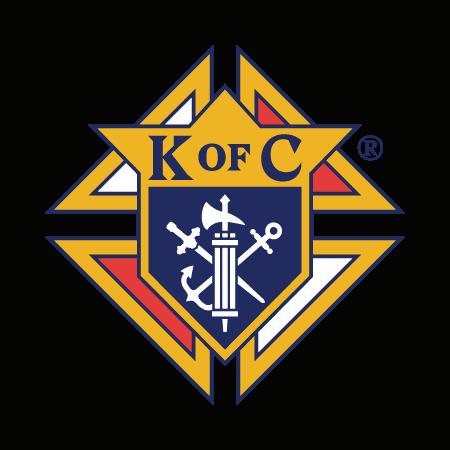
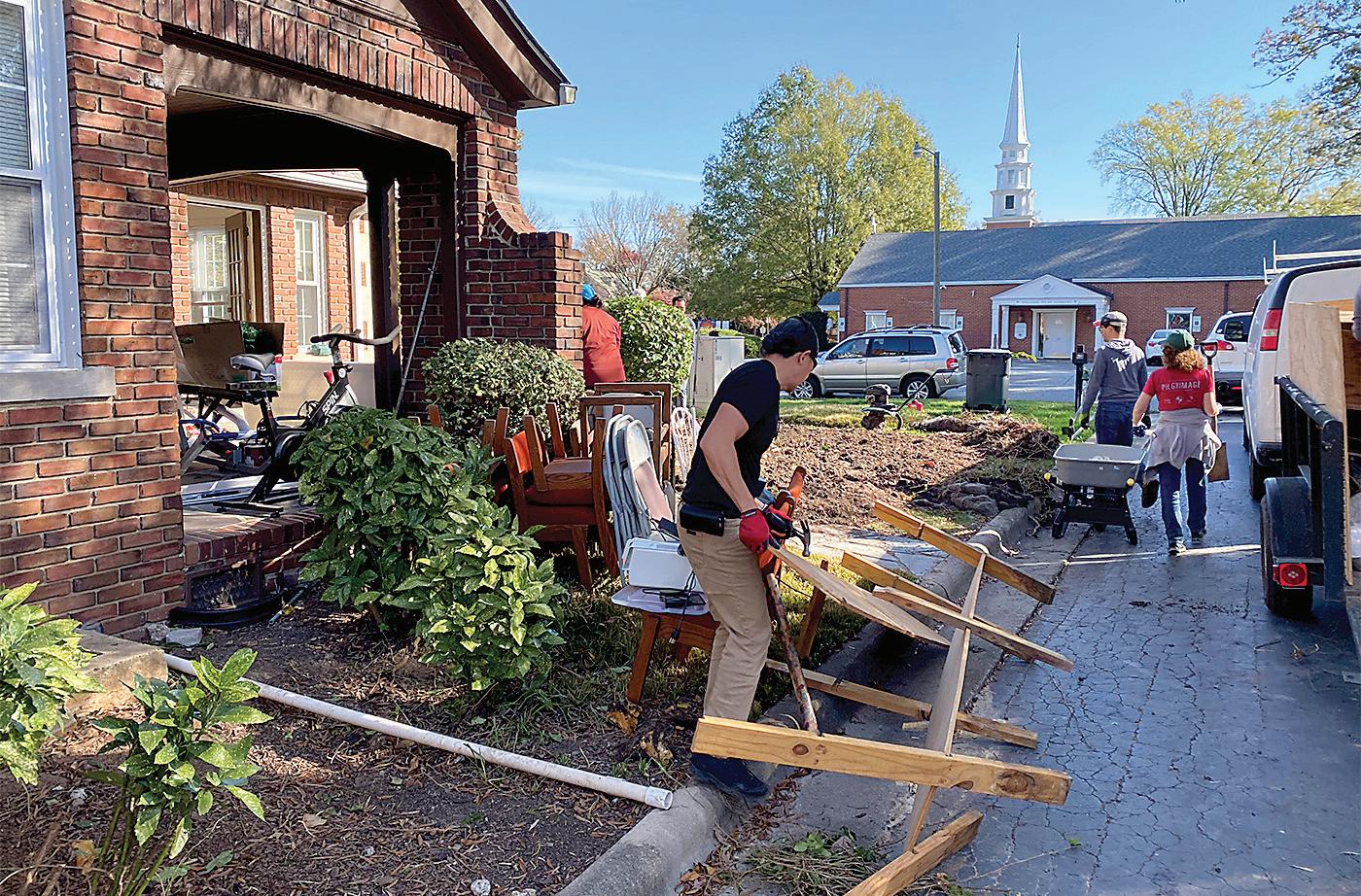
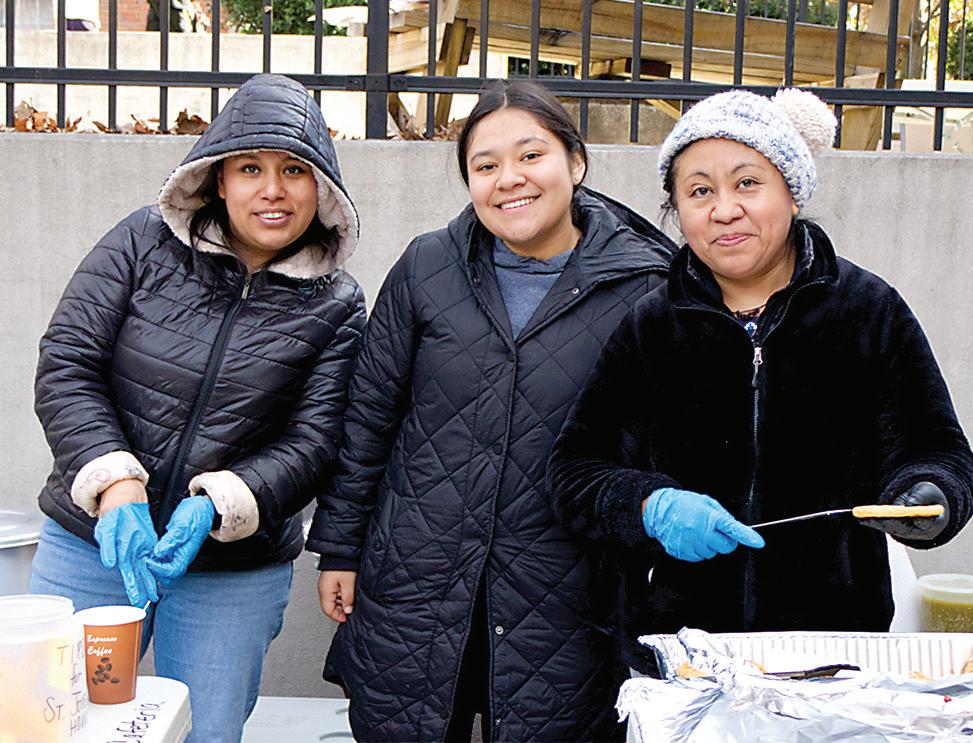
Padre Coleman. Era difícil de ver, ya que las tuberías con fugas, el agua estancada en el espacio de acceso, la alfombra manchada y los ratones comprometían el interior, que una vez fue hermoso. Por fuera, las cicatrices estructurales dejadas por un accidente de automóvil contra la fachada años atrás dejaban ladrillos expuestos, agrietados y un agujero en los cimientos.
Aunque los detalles aún no estaban completamente definidos, el Padre Coleman compartió su visión con la congregación.
“Después de que el Padre Coleman dijo
Caballeros de Colón
Considere unirse a los más de 2 millones de miembros de la organización fraternal católica más grande del mundo y registrándose en línea hoy en: www.kofc.org/joinus/es
La comunidad hispana de Nuestra Señora de Gracia en Greensboro recaudó fondos y donó mano de obra para hacer realidad el sueño del Padre Casey Coleman para la Casa de San José.
que quería renovar, la noticia se corrió,” dijo Longino.
Carlos Reyes, presidente del Consejo Parroquial Hispano, y Jerman Durán, líder del Ministerio Hispano, se acercaron a Longino y ofrecieron trabajo gratuito para renovar la Casa de San José. Longino reconoció su experiencia, pero los fondos para los materiales eran inexistentes.
“Si hubiera sido alguien fuera de la iglesia, probablemente no habríamos seguido adelante hasta tener una mejor planificación y un presupuesto en su lugar,” explicó Longino. “Pero los conocíamos. Conocíamos su fe, su honestidad y su ética de trabajo. No se pueden encontrar dos mejores caballeros.”
UN FESTIVAL DE OTOÑO TRAE EL CAPITAL
Durán coordinó un Festival de Otoño que atraería a la multitud necesaria para recaudar dinero rápidamente. Longino confió en Durán y su esposa, Nuria, para todos los detalles, pero dudaba de que pudieran recuperar los $1,500 que gastaron en comida, y mucho menos financiar toda la renovación.
“Estaba pensando, ok, ¿cuánto realmente van a recaudar vendiendo comida?” comentó Longino.
El Señor proveería porque ellos estaban reconstruyendo esta casa para Dios, le aseguró Reyes a Longino.
guitarras y cantaban.
La parroquia recaudó $12,000 en un solo día.
LOS VOLUNTARIOS SE PONEN A TRABAJAR
Aunque católico de toda la vida, Reyes se involucró profundamente en Nuestra Señora de Gracia después de casi morir por COVID en 2019.
“Antes, yo estaba en el mundo, iba a la iglesia solo para grandes festividades, pero ahora trato de vivir cerca de Dios. No voy a desperdiciar mi segunda oportunidad que Dios me dio,” reflexionó Reyes.
Reyes se subió al podio después de todas las misas, tanto en inglés como en español, reclutando a artesanos, familias, niños, ancianos, a cualquiera que se sintiera llamado a asistir con su tiempo y talento. Cada fin de semana durante dos meses, los feligreses pintaron, hicieron jardinería, limpiaron basura, limpiaron con agua a presión, secaron el espacio de acceso y decoraron.
“Es emocionante ver a los jóvenes con sus familias completas y sus hijos trabajando tan duro,” dijo Reyes, quien a menudo tenía a sus hijos y esposa, Nelida Valentín, trabajando a su lado.
La Casa de San José rápidamente cobró forma con nueva pintura, tuberías reparadas, nuevos azulejos y mulch.
El Padre Coleman dijo: “Fue maravilloso ver a la parroquia crecer en relación unos con otros mientras trabajaban juntos para un objetivo común.”
OBSTÁCULOS SUPERADOS
A lo largo del camino, pequeños milagros parecían saludar cada complicación.
Oscar López, dueño de Aurora Pro Services, asiste a la Iglesia del Inmaculado Corazón de María en High Point, no a Nuestra Señora de Gracia, pero apareció en el momento perfecto.
“Llámalo algo de Dios, supongo, porque no vamos a misa allí,” dijo López. “Justo esa tarde, nos perdimos el corte para la misa, así que nos dirigimos para allá.”
López escuchó a Reyes enfatizar que necesitaban ayuda con el sistema de HVAC porque una reparación se estimaba en $5,000 y rápidamente se ofreció como voluntario. “Siempre que sea hora de hacer algo para Dios, hago lo que puedo porque es para Él,” explicó López. “Él es el único que me va a pagar mejor que cualquier cliente. Así que siempre que la iglesia necesita una mano, inmediatamente hago lo que necesiten.”
Dos miembros del equipo de López pasaron días moviendo y reconectando líneas a dos unidades de HVAC, un trabajo que fácilmente podría haber agotado la mitad de los fondos del proyecto.
“Simplemente respondimos. Dios llamó, y nosotros dijimos, ‘sí, ¿cómo podemos ayudarte?’” dijo López.
Días después, los feligreses descubrieron que la alfombra de arriba estaba pegada al piso de madera con un cuarto de pulgada
Por tiempo limitado - Membresía en línea GRATISUse el código de promoción (BLESSEDMCGIVNEY) CASA, PASA A LA PÁGINA 21
El clima estaba cálido para el otoño. Los voluntarios montaron varios puestos de comida -americana, latina, vietnamita, malasia- y se formaban filas para las hamburguesas, enchiladas y rollos primavera, mientras los feligreses tocaban
En 1934 estalló en España una cruel persecución contra los católicos por parte de los comunistas, masones y de la extrema izquierda. En pocos meses fueron destruidos en España más de mil templos católicos y gravemente averiados más de dos mil. Desde 1936 hasta 1939, los comunistas españoles asesinaron a 4100 sacerdotes seculares; 2300 religiosos; 283 religiosas y miles de laicos. Unas de las víctimas de esta persecución fueron siete jóvenes colombianos, hermanos de la Comunidad de San Juan de Dios, que estaban estudiando y trabajando en España a favor de los que padecían enfermedades mentales y se encontraban en condición de abandono. Sus nombres eran: Juan Bautista Velásquez, Esteban Maya, Melquiades Ramírez de Sonsón, Eugenio Ramírez, Rubén de Jesús López, Arturo Ayala y Gaspar Páez Perdomo de Tello.
La Comunidad colombiana los había enviado a España a perfeccionar sus estudios de enfermería, y a asistir a los enfermos que vivian en un centro médicos ubicado en Ciempozuelos cerca de Madrid. Hasta dicho lugar, llegaron personal del gobierno comunista español quienes
les ordenaron abandonar el plantel y dejarlo en manos de empleados marxistas desconocedores de la medicina y de la dirección de centros médicos. Los siete jóvenes fueron hechos prisioneros y llevados a una cárcel de Madrid.
Gracias a la intersección de la cancillería colombiana en el país, los jóvenes consiguieron su libertad, y ya su comunidad religiosa había gestionado los pasajes y viáticos para su retorno al país natal. Sin embargo, antes de abordar el tren que los transportaría a Barcelona, de donde partirían a Colombia, oficiales del gobierno comunista español los asesinaron cruelmente. El Cónsul de Colombia en España los identificó en el Hospital Clínico del país, y dio aviso a la congregación religiosa.
Pese a las protestas por parte del gobierno colombiano y de la cancillería en España, el gobierno comunista no realizó ninguna investigación pertinente, dejando sin castigo alguno a los responsables del asesinato de los religiosos.
El Papa Juan Pablo II beatificó a los siete religiosos en 1992, convirtiéndose en los primeros beatos del país latinoamericano.
— ACI Prensa
adornar las paredes.
de pegamento. Reyes y Longino debatieron sobre cómo quitar el adhesivo sin dañar la madera.
“Literalmente mientras estábamos hablando, Javier León Tezoquipa, dueño de Impression Home Remodeling y feligrés, se acercó y ofreció restaurar los pisos de madera,” comentó Longino.
Los toques finales ocurrieron cuando los voluntarios amueblaron cada habitación con mesas, sillas, sofás y sillones donados por la feligrés María Gutiérrez, dueña de May Furniture. Los voluntarios también cablearon un televisor donado de 68’ y colgaron pinturas obsequiadas para
Lecturas Diarias
“Esto es algo que hizo toda la comunidad, y yo soy parte de esa comunidad. Es un placer poder contribuir,” dijo Reyes. “Solo podemos decir tantas palabras, pero las acciones que realizamos, eso es lo más importante.”
NUEVO ESPACIO COMUNITARIO
Aunque no hay indicaciones de cuándo o si las hermanas eventualmente enseñarán en la Escuela de Nuestra Señora de Gracia y la capilla de adoración aún está en las etapas de discusión, la Casa de San José ahora funciona como un espacio de encuentro, centro de retiros y un área de oración.
“La Casa de San José realmente ayudó a unir a la comunidad. Es un maravilloso recurso para la iglesia de cara al futuro,
MARZO 30-ABRIL 5
Domingo (Cuarto Domingo de Cuaresma): Jos 5:9a, 10-12, Sal 34:2-3, 4-5, 6-7, 2 Cor 5:17-21, Lc 15:1-3, 11-32; Lunes: Is 65:17-21, Sal 30:2 y 4, 5-6, 11-12a y 13b, Jn 4:43-54; Martes: Ez 47:1-9, 12, Sal 46:2-3, 5-6, 8-9, Jn 5:1-16; Miércoles: Is 49:8-15, Sal 145:8-9, 13cd-14, 17-18, Jn 5:17-30; Jueves: Ex 32:7-14, Sal 106:19-20, 21-22, 23, Jn 5:31-47; Viernes: Sab 2:1a, 12-22, Sal 34:17-18, 19-20, 21 y 23, Jn 7:1-2, 10, 25-30; Sábado: Jer 11:18-20, Sal 7:2-3, 9bc-10, 11-12, Jn 7:40-53
ABRIL 6-ABRIL 12
Domingo (Quinto Domingo de Cuaresma): Is 43:16-21, Sal 126:1-2, 2-3, 4-5, 6, Fil 3:8-14, Jn 8:1-11; Lunes: Dan 13:1-9, 15-17, 19-30, 33-62 o 13:41c-62, Sal 23:1-3a, 3b-4, 5, 6, Jn 8:12-20; Martes: Núm 21:4-9, Sal 102:2-3, 16-18, 19-21, Jn 8:21-30; Miércoles: Dan 3:14-20, 91-92, 95, Dan 3:52, 53, 54, 55, 56, Jn 8:31-42; Jueves: Gen 17:3-9, Sal 105:4-5, 6-7, 8-9, Jn 8:51-59; Viernes: Jer 20:10-13, Sal 18:2-3a, 3bc-4, 5-6, 7, Jn 10:31-42; Sábado: Ez 37:21-28, Jer 31:10, 11-12abcd, 13, Jn 11:45-56
ABRIL 13-ABRIL 19
Domingo (Domingo de Ramos en la Pasión del Señor): Lc 19:28-40 (en la procesión de ramos), Is 50:4-7, Sal 22:8-9, 17-18, 19-20, 23-24, Fil 2:6-11, Lc 22:14-23:56 Lunes: Is 42:1-7, Sal 27:1, 2, 3, 13-14, Jn 12:1-11; Martes: Is 49:1-6, Sal 71:1-2, 3-4a, 5ab-6ab, 15 y 17, Jn 13:21-33, 3638; Miércoles: Is 50:4-9a, Sal 69:8-10, 21-22, 31 y 33-34, Mt 26:14-25; Jueves (Jueves Santo – Misa Vespertina de la Cena del Señor): Ex 12:1-8, 11-14, Sal 116:12-13, 15-16bc, 17-18, 1 Cor 11:23-26, Jn 13:1-15; Viernes (Viernes Santo en la Pasión del Señor): Is 52:13-53:12, Sal 31:2, 6, 12-13, 15-16, 17, 25, Heb 4:14-16, 5:7-9, Jn 18:1-19:42; Sábado (Sábado Santo en la Vigilia Pascual en la Noche Santa de Pascua): Gen 1:1-2:2 o Gen 1:1, 26-31a, Sal 104:1-2, 5-6, 10, 12, 13-14, 24, 35 o Sal 33:4-5, 6-7, 12-13, 20 y 22, Gen 22:1-18 o Gen 22:1-2, 9a, 10-13, 15-18, Sal 16:5, 8, 9-10, 11, Ex 14:15-15:1, Ex 15:1-2, 3-4, 5-6, 17-18, Is 54:5-14, Sal 30:2, 4, 5-6, 11-12, 13, Is 55:1-11, Is 12:2-3, 4, 5-6, Bar 3:9-15, 32-4:4, Sal 19:8, 9, 10, 11, Ez 36:16-17a, 18-28, Sal 42:3, 5, 43:3, 4 o Is 12:2-3, 4bcd, 5-6, Sal 51:12-13, 14-15, 18-19, Rom 6:3-11, Sal 118:1-2, 16-17, 22-23, Lc 24:1-12
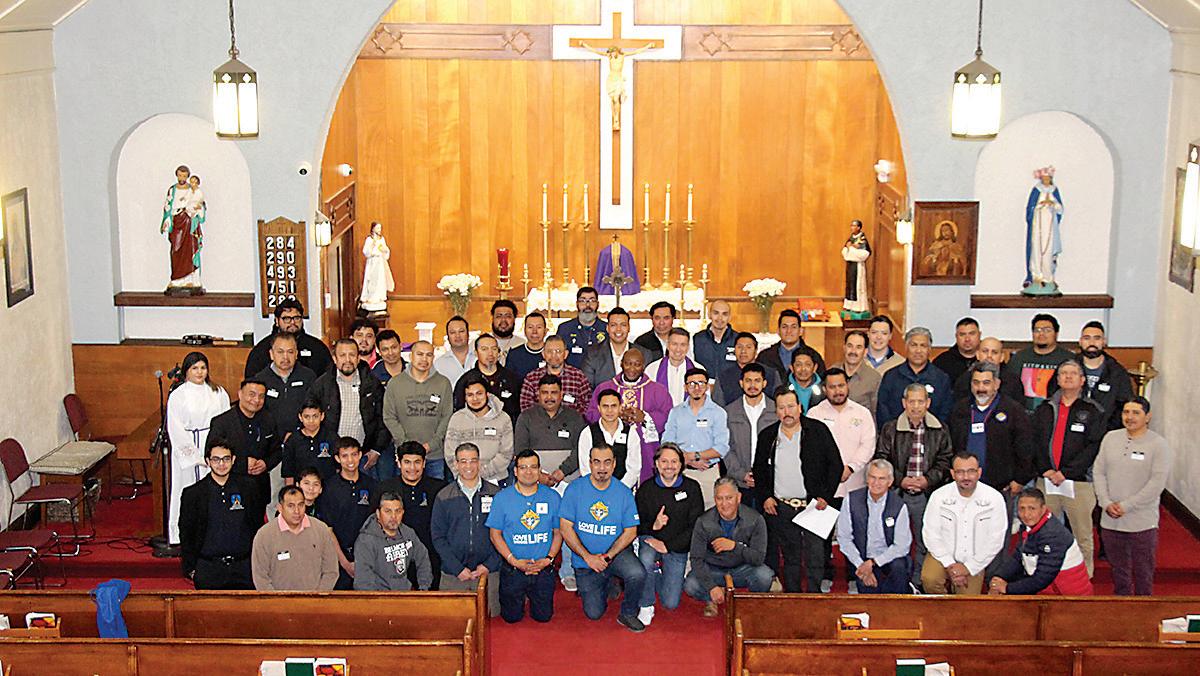
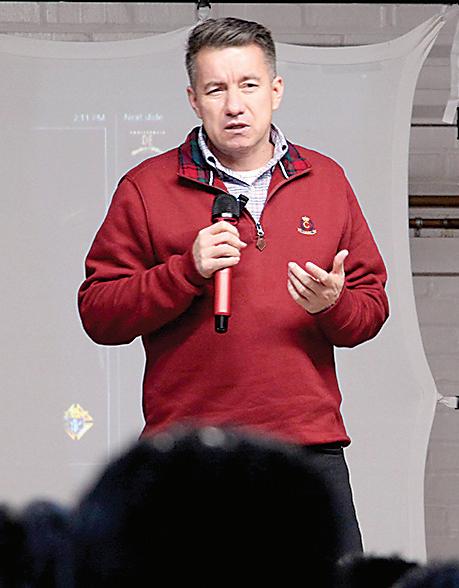
El sábado pasado 15 de marzo, en San Benito el moro, tuvo lugar la primera conferencia para hombres; coordinada por Caballeros de Colon y la Oficina Diocesana de Ministerio Hispano para la vicaria de Winston-Salem. Alrededor de 40 hombres participaron en este retiro, donde hubo charlas, santa Misa, confesiones y adoración eucarística.
Los asistentes quedaron muy motivados y se espera que mas hombres respondan al llamado de la evangelización.
FOTOS POR SERGIO LOPEZ | CATHOLIC NEWS HERALD
y estaba aquí. Solo necesitaba ser desempolvada, limpiada y cuidada,” dijo Longino.
El Padre Coleman está orgulloso de que la comunidad haya podido tomar su
visión y convertirla en una realidad. “El Ministerio Hispano estaba muy contento de haber podido contribuir a la parroquia de una manera tan poderosa,” dijo el Padre Coleman.


La Diócesis de Charlotte busca un periodista apasionado e innovador para crear y seleccionar contenido bilingüe atractivo que cubra los eventos, noticias y personas de nuestra creciente comunidad católica hispana.
Contribuirás al galardonado Catholic News Herald y CNH Español en plataformas impresas, digitales y de redes sociales, además de ayudar a desarrollar nuevas. Este puesto ofrece oportunidades de crecimiento como parte de un equipo experimentado en una de las regiones de más rápido crecimiento del país.
Los candidatos deben tener al menos 3 años de experiencia, una licenciatura en periodismo o un campo relacionado con la comunicación, y dominio del español e inglés, tanto escrito como hablado.
¡Aplica hoy!

CatholicNewsHerald.com/jobs
How the McDonald’s Filet-o-Fish became a Lenten tradition in the U.S.
Few people associate McDonald’s with the season of Lent, but the fast-food chain has played a small but iconic role in Lenten history, at least in the United States.
Known primarily for its burgers and chicken nuggets, the restaurant’s “Filet-o-Fish” sandwich is also a classic mainstay on its menu – and it first arose
while only six customers purchased a “Hula Burger.”
A few years later, the fish sandwich was the first new dish officially added to the original McDonald’s menu.
The company says it has since become a “popular menu item.” At one point McDonald’s even advertised the sandwich with an

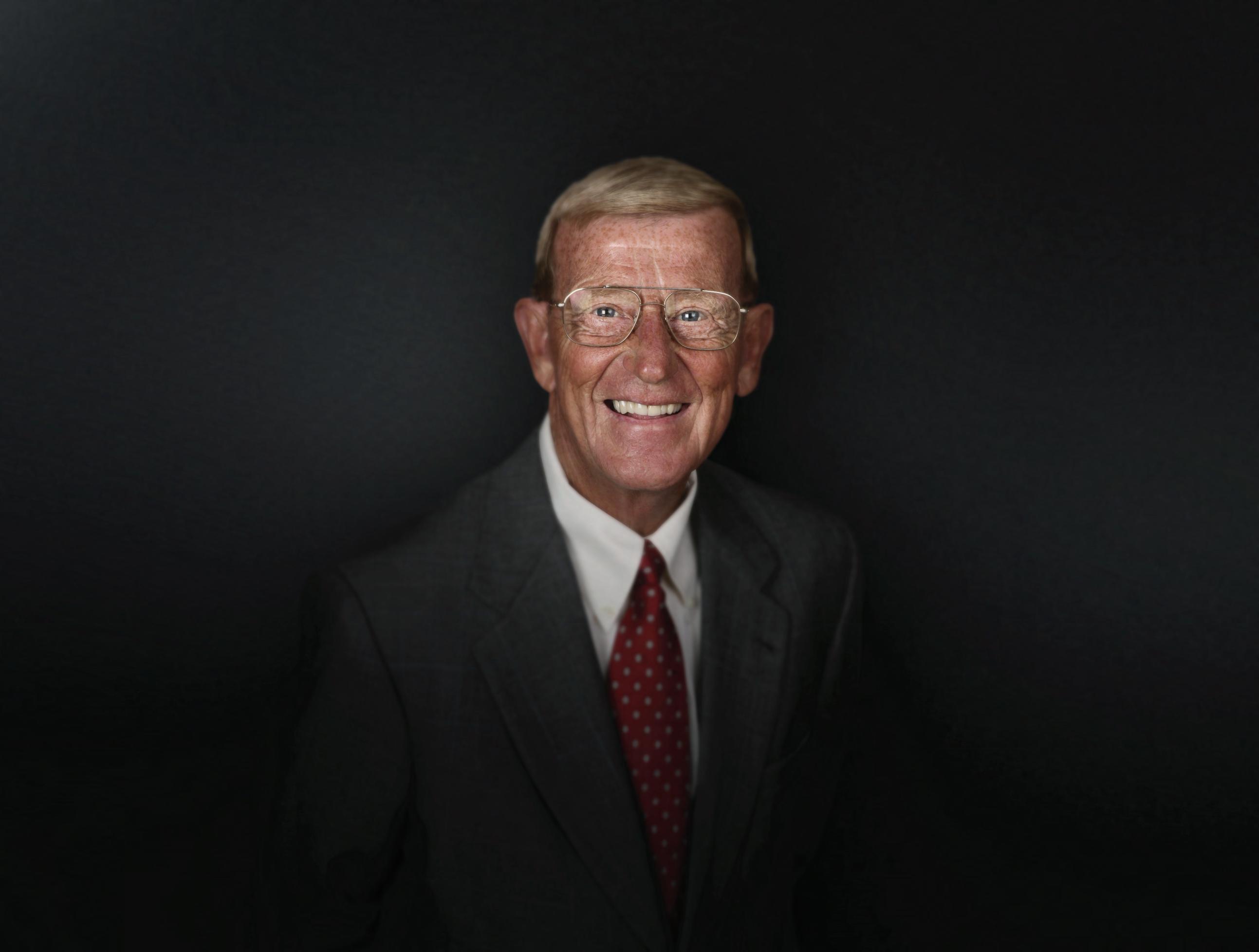
WASHINGTON, D.C. — Efforts by Tesla CEO Elon Musk to permanently shutter the U.S. Agency for International Development were likely unconstitutional, a federal judge found March 18.
Earlier this year Musk targeted USAID for closure through his Department of Government Efficiency, an unofficial task force with the stated intent of curbing federal spending. Cuts to USAID, which operated all over the globe, included funding for efforts by Catholic and other faith-based humanitarian groups.
Judge Theodore D. Chuang of the U.S. District Court for the District of Maryland said Musk’s actions appeared to violate the Constitution’s appointments clause and blocked the administration from taking additional steps to shut down the agency.
ALEXANDRIA, Va. — A federal judge blocked the government’s attempt to deport Badar Khan Suri, an Indian national and postdoctoral fellow at Georgetown University on a student visa.
Immigration officials arrested Suri outside his home in the Rosslyn neighborhood of Arlington, alleging he was “actively spreading Hamas propaganda and promoting antisemitism on
social media.” But Suri’s lawyer, Hassan Ahmad, denied that Suri ever made such statements, calling his detention “beyond contemptible,” NBC News reported.
U.S. District Judge Patricia Giles in Alexandria temporarily blocked the deportation. Suri is married to an American citizen.
The Trump administration has sought to deport foreign nationals who took part in proPalestinian protests of Israel’s military response in Gaza following an October 2023 Hamas attack on the U.S. ally.
— OSV News

Please pray for the following deacons who died during the month of March:
Paul Teich 3/13/2013
Joseph Mack 3/22/2020
Vincent Shaw Jr. 3/17/2024
Sponsored by the Knights of Columbus www.kofcnc.org

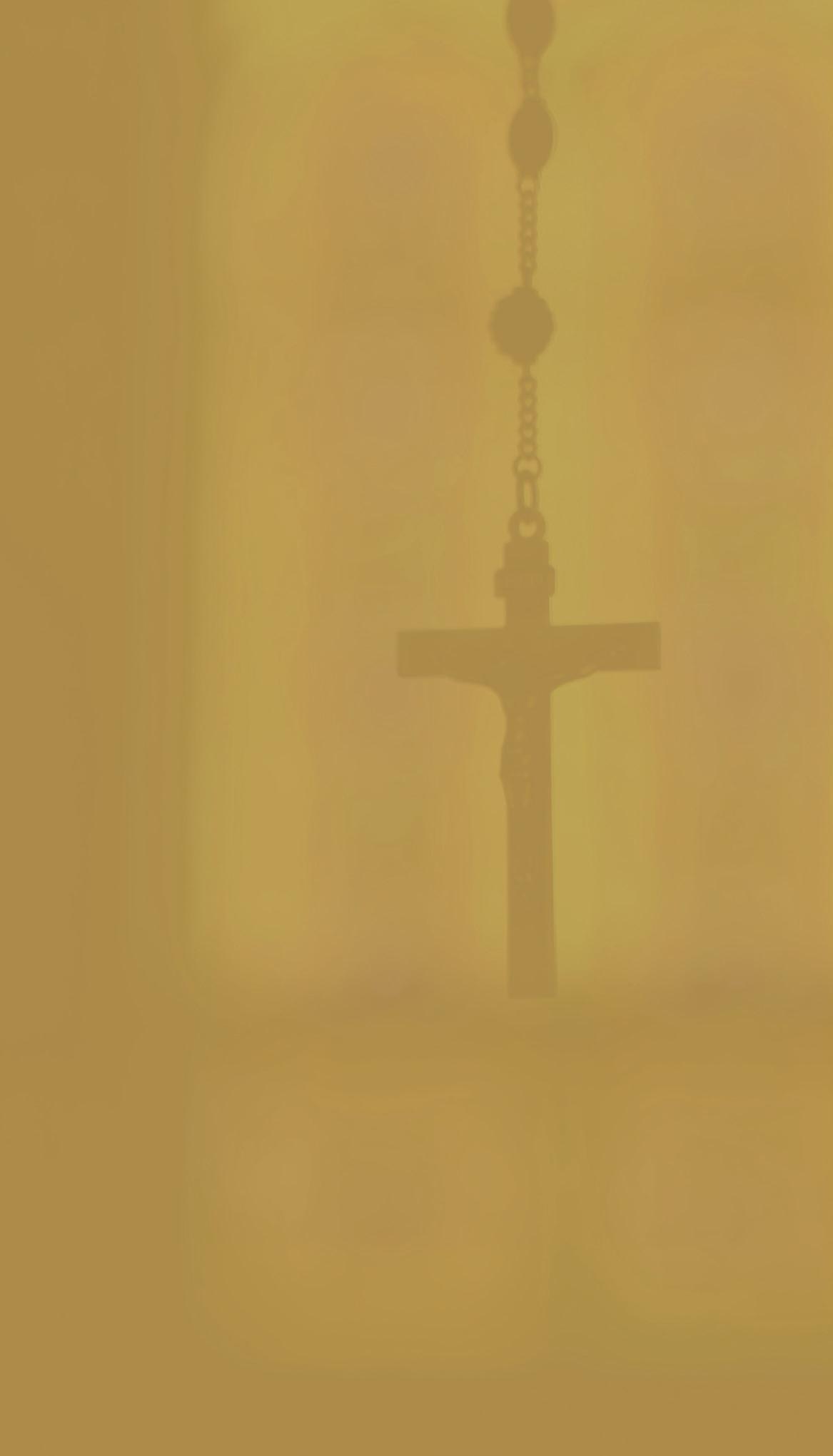

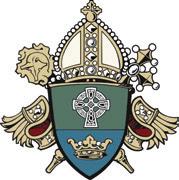
ROME — Immediately before leaving Rome’s Gemelli hospital March 23 after more than five weeks of treatment for breathing difficulties, double pneumonia and infections, Pope Francis greeted hundreds of people who gathered outside the hospital.
With a very weak voice, Pope Francis thanked the crowd, waving his hands and giving a thumbs up.
He also pointed to a woman carrying a yellow-wrapped bouquet of flowers and told the crowd, “She’s good.”
An aide had pushed Pope Francis in his wheelchair onto the balcony overlooking the square outside the hospital. Some 600 people had gathered at the hospital, including Rome’s Mayor Roberto Gualtieri. Hundreds of people also gathered in front of video screens in St. Peter’s Square to see the pope for the first time since he was hospitalized Feb. 14.
The pope left the hospital almost immediately after his appearance on the balcony.
The motorcycle police leading the pope’s motorcade turned onto the street leading to the Vatican entrance closest to his residence and then turned around.
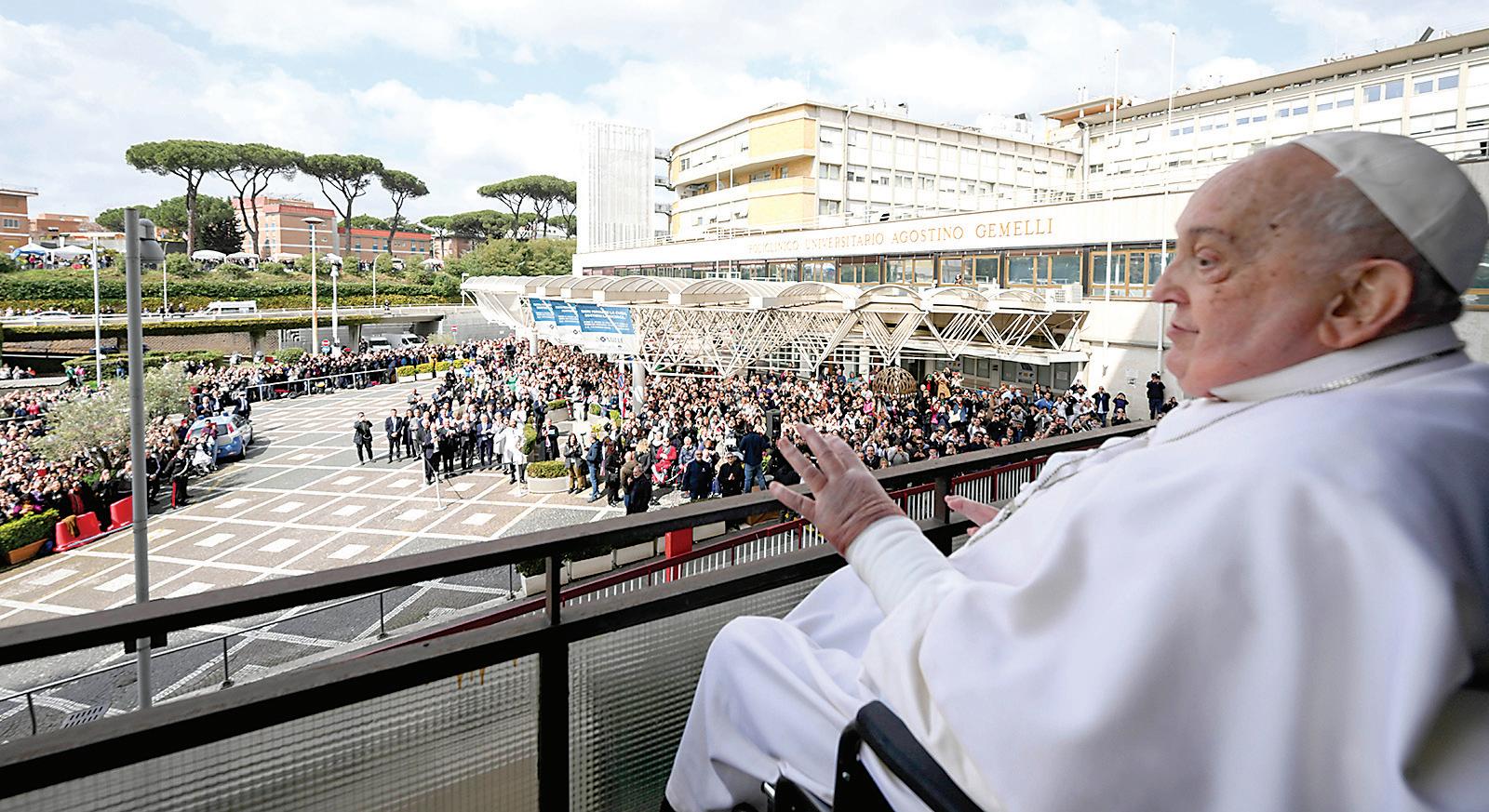
Rather than go directly home, Pope Francis was driven through the center of Rome to the Basilica of St. Mary Major, where he has prayed before and after every foreign trip and after his two previous hospitalizations for abdominal surgery.
Pope Francis did not go into the church but left a bouquet of flowers to be placed on the altar under the Marian icon “Salus Populi Romani” or “Health of the Roman People.”
Television footage of the pope, seated in


from Luke 13:1-9, in which a gardener asks a landowner to allow him to spare a fig tree that had not borne fruit for three years; the gardener asks to be given a year to fertilize and care for the tree in the hope that it would bear fruit in the future.
“The patient gardener is the Lord, who thoughtfully works the soil of our lives and waits confidently for our return to him,” the pope wrote.
“In this long period of hospitalization, I have experienced the Lord’s patience, which I also see reflected in the tireless solicitude of the doctors and health care workers, as well as in the attention and hopes of the family members of the sick,” who also are in the Gemelli, he wrote.
“This trusting patience, anchored in God’s love that does not fail, is indeed necessary in our lives, especially when facing the most difficult and painful situations,” Pope Francis wrote.
the front seat of a white Fiat, showed he was using oxygen through a nasal tube.
Just before the 88-year-old pope had come out on the hospital balcony, the Vatican released a text he had prepared for the midday Angelus prayer.
The pope’s message focused on the day’s Gospel reading of the parable of the fig tree
The doctors have prescribed two months of rest and have urged the pope not to meet with large groups during that time. They also said his voice will require time to recover.
Dr. Luigi Carbone, assistant director of the Vatican health service, said that other than an oxygen tank, no special equipment would be needed in the pope’s room. — Catholic News Service







For sophomores and older, embark on a week-long journey filled with discovery, friendship, and joy. Dive into classic philosophy and literature with Honors College faculty, enjoy the great outdoors, and experience the culture and recreation of Charlotte, North Carolina.

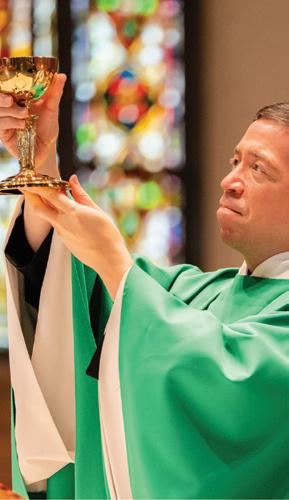






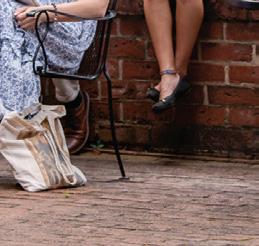
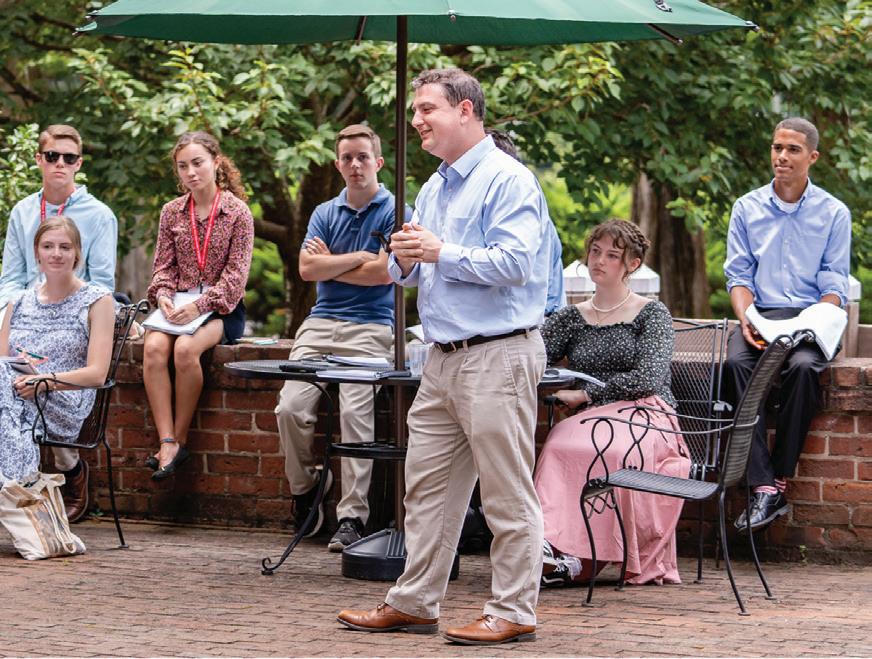

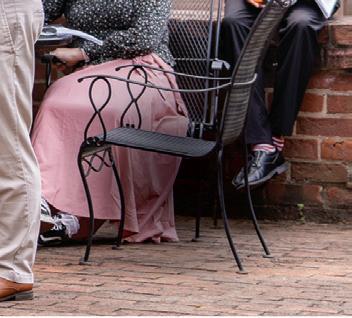
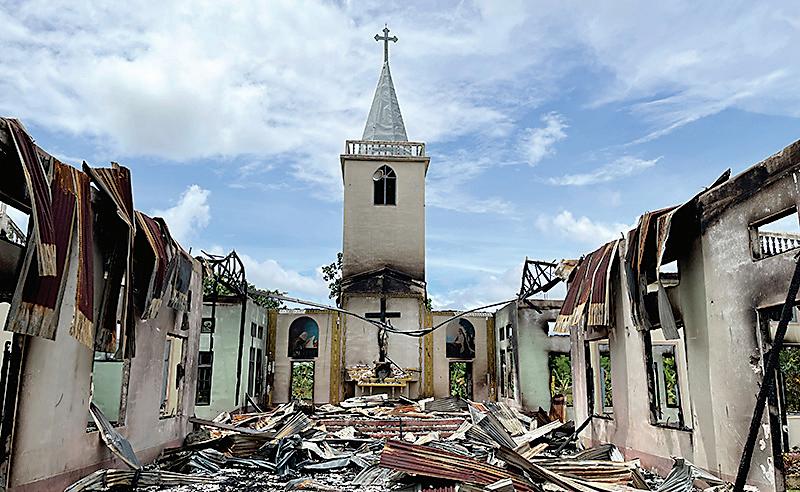
BANMAW, Myanmar — The military junta in the Southeast Asian nation of Myanmar allegedly burned down St. Patrick’s Cathedral in Kachin state on March 16, the eve of the feast day of St. Patrick. This act of destruction is part of a broader pattern of attacks on Church buildings and related properties in the region, according to local sources.
A priest from the Diocese of Banmaw expressed the deep sorrow and suffering among the faithful, many of whom are turning to prayer and penance in the face of these atrocities, including holding services in forests and mountains. This attack follows the burning of diocesan offices and schools in February and the destruction of Sacred Heart Church in Chin state by airstrikes earlier this year. The junta’s military forces have also been linked to the death of a priest in February.
Myanmar’s military, which took control in 2021, continues its violent crackdown on armed groups and civilians, displacing over 2.4 million people across the country. A local priest, under condition of anonymity, said he has seen many faithful cry and suffer following the burning of the cathedral, adding that people in the region can only take refuge in the Lord.
VATICAN CITY — The Catholic Church needs to expand its safeguarding efforts to include new threats and opportunities posed by artificial intelligence, top organizers of a Vatican conference said.
“We are really currently in a war” on two fronts when it comes to protecting children from abuse and mistreatment, Joachim von Braun, president of the Pontifical Academy for Sciences, said March 20 at a Vatican news conference. There is the traditional battleground that most safeguarding guidelines

and policies address: protecting minors from “one-on-one” exploitation by a perpetrator in their environment at home, school, church, society and online, he said. But the new frontier is where AI and gender-based violence have come together in very sophisticated ways and “at scale,” that is, where the crime and its victims are easily and rapidly multiplied, he said. The Catholic Church has a role to play, he and other speakers said. The Church must work with science-based knowledge about AI and “deeply engage in the regulatory debate, otherwise, we cannot win these two wars at two frontiers,” von Braun said.
He was presenting at a conference organized by the academy with the Institute of Anthropology: Interdisciplinary Studies on Human Dignity and Care in Rome and the World Childhood Foundation, founded by Queen Silvia of Sweden to help prevent child sexual abuse and exploitation. The conference was to look at the risks of AI and to come up with a common commitment for safeguarding children.

Peter’s Basilica
ROME — Students around the world now have a chance to be an explorer-restorer of the 519-year-old St. Peter’s Basilica thanks to a new online educational opportunity created by Minecraft Education, Microsoft’s game-based
learning platform, and with the help of St. Peter’s Basilica and Vatican City State.
“Peter is Here: AI for Cultural Heritage” is an interactive game released worldwide March 18. Players use simulated AI-enabled “scanners” – like real preservationists use – to inspect key elements of the basilica and square to discover what needs repair and problem-solve with others to decide the best approach to take.
Designed for students aged 8-18, the platform includes workbooks and resources for students and teachers in public and Catholic schools or communities and for parents who homeschool.
Every student also receives a certificate in Latin after completing the 45- to 60-minute game, recognizing them as honorary preservers of this cultural heritage site. “Peter is Here” is available for all licensed users in the Minecraft Education lesson library, and trial versions are free to download by logging in with Office 365 or Microsoft 365 Education accounts.
Lenten lectures return to Notre Dame, marking a ‘grand retour’
resumed its iconic Lenten Conferences this season for the first time since the 2019 fire.
The series, a French Lenten tradition dating back to the monarchy and revived in the mid19th century, is attracting record participation, alongside a surge in Ash Wednesday Mass attendance across France.
The lectures, which feature speakers from diverse backgrounds, focus on the theme “Our Lady, Queen of Peace, from the Magnificat to the Apocalypse.” Father Henri de Villefranche, a chaplain at Notre Dame, highlighted the addition of professional readings, chants and organ music to enhance the experience. The cathedral’s redesigned lighting system further elevates the atmosphere.
In addition to the conferences, France is witnessing a remarkable rise in catechumens, with more than 12,000 people baptized in 2024, up 31% from the previous year. The trend continues into 2025, with young people particularly drawn to Mass and the rites of Lent.
“The number of people baptized at Easter will once again surprise us. It is now a fundamental trend,” said Diane Pilotaz, communications director for the French bishops’ conference. — OSV News and Catholic News Service


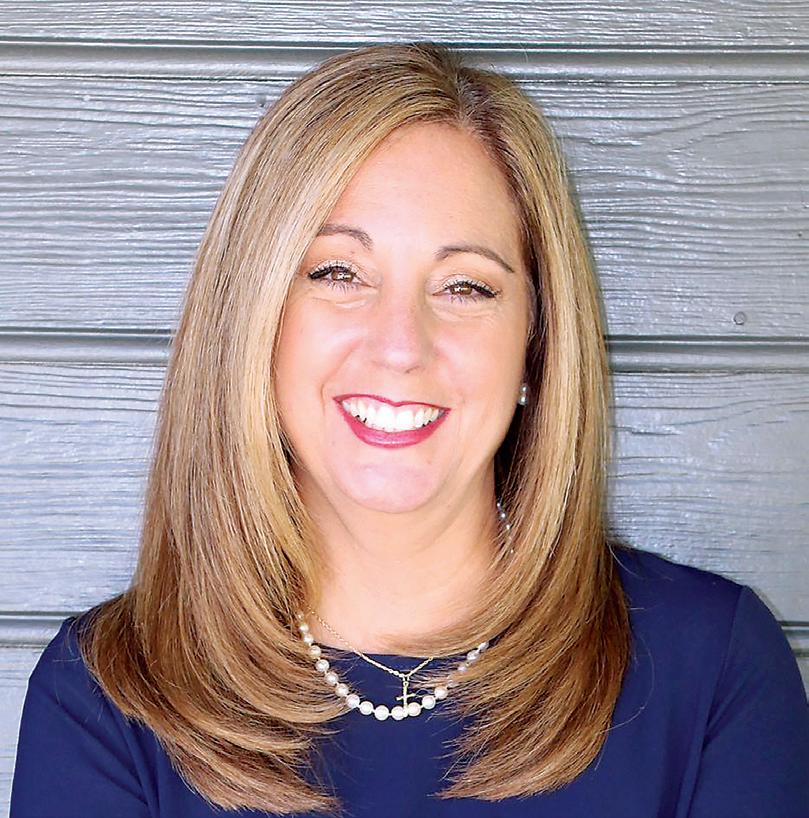
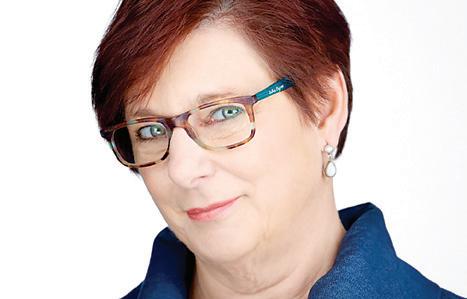
Jaymie Stuart Wolfe
Iknow it’s part of getting older, but when my husband was told to go to the ER because a clinical trial EKG had revealed an irregular heartbeat, I was startled almost into one of my own.
Of course, everything is just routine, until it isn’t. And when it isn’t, the detour we unexpectedly find ourselves on can be jarring and even a little scary. But Andrew’s AFib got me thinking about the struggles we all face in our spiritual lives, the matters of the heart that show us just how much we need a “spiritual cardiologist.”
The Scriptures are full of wisdom regarding the state of the human heart. The prophet Jeremiah diagnoses the problem and tells us that “the heart is deceitful above all things and beyond cure” (Jer 17:9).
This is why the wisdom of ancient Israel cautions us: “Above all else, guard your heart, for everything you do flows from it” (Prv 4:23). “See to it, brothers and sisters,” echoes the author of Hebrews in the New Testament, “that none of you has a sinful, unbelieving heart that turns away from the living God” (Heb 3:12). But the admonition that looms large in our liturgies during Lent is particularly pointed. It is also the most helpful. “Oh, that today you would hear His voice: do not harden your hearts” (Ps 95:8).
HARDNESS OF HEART: KILLER OF SOULS
The term “hardness of heart” makes most of us think about the intransigent Egyptian pharaoh who refused to let God’s people go. But the truth is that when it comes to stubbornness, most of us hold an advanced degree. The problem isn’t that God does not speak. It’s that even when we hear Him, we don’t often heed Him.
The most serious and universal heart disease we all suffer from is sin, but it is our predilection to self-will – our hardness of heart –that is the silent killer of our souls.
The Scriptures tell us that while this affliction may be hidden from us in our youth, we are accountable for our actions, nonetheless. “Rejoice, young man, while you are young, and let your heart cheer you in the days of your youth. Follow the inclination of your heart and the desire of your eyes, but know that for all these things God will bring you into judgment” (Eccl 11:9).
The remedy offered in the verse that follows is simple: “Banish anxiety from your mind, and put away pain from your body; for youth and the dawn of life are vanity” (Eccl 11:10). But as anyone who has tried to “banish anxiety” or “put away pain” can testify, it is nearly impossible to do so.
So, what gives? As usual, God does. Whenever we encounter an impossible task or an insurmountable challenge, the message is the same. God is offering us something more, something we cannot attain apart from Him. David understood this. In his darkest and most sinful moments, David did not ask God to restore his heart or his youth. Instead, the repentant king requested much more: “Create in me a pure heart, O God, and renew a steadfast spirit within me” (Ps 51:10).
GOD’S PROMISE: A NEW HEART
Our hearts, as they are, will ultimately fail us. Our efforts are necessary but limited in their effectiveness. We can change our spiritual diets and exercise our souls, but we will still be subject to the spiritual equivalent of heart disease in all its forms. We will suffer calcification, the hardness of heart that keeps us from listening to God. We will wear ourselves out with arrhythmia, pursuing our own rhythms rather than beating in union with the will of God and the mind of the Church. We will experience an interior sclerosis that blocks the flow of God’s Holy Spirit. Every one of us needs the grace of new life in Christ and the entirely new heart that goes with it. And that is precisely what God promised us: “A new heart I will give you, and a new spirit I will put within you; and I will remove from your body the heart of stone and give you a heart of flesh” (Ez 36:26).
Lent is our opportunity to place ourselves under the care of the Divine Physician – to allow Him to treat us as He sees fit – and to surrender our hearts into His loving hands.
Orleans.

Jason Adkins
Gambling seems to be everywhere, especially when watching or listening to sports – both collegiate and professional. In fact, during this March Madness season, nearly 68 million Americans are expected to wager over $15 billion on the NCAA basketball tournament.
Yet few people besides key stakeholders with lots of money to make are paying attention to how the legal landscape of sports gambling is unfolding in our state capitols since the U.S. Supreme Court struck down the federal Professional and Amateur Sports Protection Act (PASPA), allowing states to
‘Predatory gambling is not church bingo, a friendly poker game, raffles or even office pool NCAA tournament brackets.’
create their own regulatory frameworks around sports gambling.
PREDATORY AND ADDICTIVE
This issue, often playing out behind the scenes, is already repeating the predatory aspects of the Big Tobacco scandal while exacerbating addiction like the opioid crisis. In the next 10 years, it is predicted to absorb $1 trillion in revenue. More and more people are calling legalization a huge mistake.
Fortunately, one Catholic, Les Bernal, is serving as a resource to those working to prevent more people from being victimized.
Bernal is the national director of Stop Predatory Gambling, a national advocacy organization that is exposing the harms of online sports gambling. He recently joined my OSV podcast, “Catholic in America,” to explain why he is so passionate about gambling.
In the years since PASPA, 39 states and the District of Columbia have legalized sports gambling in some form. Some states allow sports gambling at physical sites, such as tribal casinos. Others, including North Carolina, allow it online as well through apps such as DraftKings or MGM. Predatory gambling, according to Bernal, is not church bingo, a friendly poker game, raffles or even office pool NCAA tournament brackets. There is no “house,” and these are private, social forms of gambling. Even horse racing is parimutuel betting, where people bet against other bettors.
GUARANTEED
What sports gambling legalization does, according to Bernal, is to create a partnership between the state and the gambling industry for commercial sportsbooks to operate. In his words, it
is state-sanctioned consumer financial fraud and taxation through exploitation.
“The longer you participate in it, there is a mathematical guarantee that you will lose all your money,” says Bernal. And with online sports gambling, he notes, not only are we putting Las Vegas on Main Street, we are putting it in everyone’s pocket via their cell phone.
In a recent study of 700,000 online sports gamblers, fewer than 5% withdrew more money than they put in. And if you are skilled at sports betting or know how to beat the algorithm, you can get kicked off the platform. In fact, underscoring the predatory nature of the industry, veteran gamblers will exhibit addictive behavior such as checking their bets at all hours of the night so that companies will put bonus cash in their accounts. It’s a good way to “zero out” (in industry parlance) those who are more likely to spend (and, therefore, lose) money.
The house really does always win.
According to the Catechism of the Catholic Church, “[g]ames of chance (card games, etc.) or wagers are not in themselves contrary to justice. They become morally unacceptable when they deprive someone of what is necessary to provide for his needs and those of others. The passion for gambling risks becoming an enslavement” (2413).
Already, evidence is coming in that legalized sports gambling is doing just that.
The data show that calls to gambling helplines in Virginia rose 387% after the first year of legalization. In New Jersey, it is believed 6% of residents now have a gambling disorder. And a recent commission of 22 academic experts convened by the medical journal “The Lancet” concluded that existing studies and surveys demonstrate that gambling’s prevalence poses a significant threat to public health.
A 2024 Bloomberg article, “Sports Betting Apps Are Even More Toxic Than You Thought,” summarized the data of how sports betting is impacting Americans’ financial health. In states that allow online betting, the average credit score drops by almost 1% while the likelihood of bankruptcy increases by 28% and the amount of debt sent to collection agencies increases by 8%.
Buttressed by the evidence pouring in after PASPA was struck down, Catholics should follow Bernal’s lead and see this issue as one of major concern in our protection of the poor and vulnerable.
We need to shed light on the harms of the deals that continue to be brokered among politicians and moneyed gambling interests.
In states where sports gambling has not been legalized, strong efforts should be made to oppose it. In places where it has been legalized in some form, it should be prevented from further expanding.
JASON ADKINS is host of a new Our Sunday Visitor podcast, “Catholic in America,” which explores topics related to the missionary imperative of faithful citizenship in our time. Find it on the major podcast platforms or at catholicinamerica.osvpodcasts. com.

Chad Engelland
Modern machines are amazing, complex, intricate. There is not a task that they cannot do and do better than a human laborer. No longer do people have to spend hours over the washboard or churning butter or grinding grain; no longer do people have to spend hours in the fields or fashioning things. Instead, all we need to do is run our machines and call someone if they happen to break down.
Our machines save us from toil, but their unintended consequences are obvious: We are now sedentary creatures, our muscles withered and our stomachs overgrown. Yet not many of us would trade our posts in factories and offices to be back under the sun on the farm day after day, plowing and churning just to have bread with butter. Our limp frames may be a price we are willing to pay for this convenience.
Until now we could still hold the line. We could turn inward, to the life of the mind, for the satisfaction of production. We could spend our time dreaming up new machines and procedures. We could problem-solve when they broke down. We could think, create, innovate.
Yet our machines today are accomplishing another revolution, one saving us from the effort and skill of creating and making. AI machines are able, at our command, to spew forth splendid images, catchy music and even surprisingly passable student papers. While the first waves of machine technology enervated our bodies, this one threatens to enervate our souls.
If we outsource our creativity, if we are no longer creators and makers, what are we humans reduced to? It’s simple, really. We become the one who chooses. Our ability to exert our preferences finds free rein. We have freedom to select what occupies our time. We are the mouseclicking or thumb-tapping viewer of the spectacle unfolding before us.
It is astounding what is at our finger tips. We are better off than royalty in ages past. King Saul summoned David to play his harp and cheer him up, but each of us with a device can summon legions of musicians at any moment. In this way, we are all monarchs surrounded by technological servants whose only aspiration, it seems, is to keep us well pleased or at least distracted.
But in yielding to this urge, what do we become? Consumers, not producers. We become the animal that binge-watches, binge-eats and binge-consumes. And despite all this binging, we are not full. We are instead hungrier than ever.
Hegel identified the hidden nihilism of this endeavor. Consumption is fleeting, since it is based on something temporary and accidental: pleasure. Production, by contrast, is enduring since it involves our investing the material world with our thought.
The art we view, for example, can be seen and gives pleasure, but for the artisan it is a source not only of pleasure but also of pride and self-understanding: I am the one who fashioned that.
Anyone who has ever created anything, be it a book, a poem, a plan or a dish, knows that it is not only a matter of our sense of self but the very savor of life that is at stake. David with harp in hand knows a joy that Saul listening to him cannot know.
As Plato observed, life craves creativity and procreativity. To create involves a divine enthusiasm, a participation in a higher order of exaltation, which renews life. To create is to discharge lightning bolts as though one were Zeus or Thor. It is also among the greater things one can give: to turn primordial soup into something steeled with order and intelligibility. We humans gain nothing in trading mind-numbing labor for mind-numbing consumption. Both kill the same human spirit, for both drive the life out of us and consign us to an empty state of exhaustion. Yet if we together embrace our vocation to create, we can replace those empty hearts and bloodshot eyes with joy and clear vision.
RESTORE THE JOY OF HANDICRAFT
There are some signs of renewal and thus of hope. Friends smoke meat and brew craft beer. Some delight in yard work without power equipment. Some dare to camp without electronic screens. Others forgo the ease of AI generation and not only write on-screen but occasionally reach for pen and paper; still others do the same for images, brushing paint on canvas or rubbing graphite on paper.
These are signs of a different relation to nature and to our own bodies: To restore to our living frames something other than pushing buttons – to restore to our hands the joy of handicraft and to our soul the elevation of creativity.
What’s more, part of authentic enjoyment is the thought of the chef, artisan, painter or writer who brought this into being through skill and labor. There is thus greater enjoyment possible of things fashioned by us, even if they are imperfect, than of things coughed up by anonymous processes, even if they are flawless. As every parent of a young child knows, the influx of soul into even imperfect creations is the deepest source of appreciation.
Today we are on the verge of realizing a wish, or half wish, made at the start of modernity: Would that there were nothing more for us to do. Yet that wish makes our body little more than a life support system for our consciousness, which is always on the verge of boredom, and it makes our consciousness nothing more than a gaping hole – one that simply cannot be filled.
CHAD ENGELLAND, PHD, is a professor of philosophy at the University of Dallas. This is shortened from an article published at www.wordonfire.org.

As we pray for the healing and recovery of Pope Francis, I’m reminded that 20 years ago we were praying for the healing and recovery of Pope John Paul II. St. John Paul II passed away on April 2, 2005.
The Catholic News Herald prints so many tidbits of wisdom. One of my favorites is from St. John Paul II: “History is not a meaningless series of events, but is the path humanity travels toward God.” (Catholic News Herald, Feb. 18, 2000)
JON GAUTHIER is a member of St. Matthew Parish in Charlotte.
‘A vocation is a precious gift that God sows in the heart. It is a call to go out of ourselves and begin a journey of love and service.’
Pope Francis
From online story: “Pope urges young people to embrace vocation as ‘pilgrims of hope’”

The Catholic News Herald reached the Facebook and Instagram feeds of more than 615,000 people in English and Spanish last month. The most talked about post? Coverage of the passing of Monsignor Joseph Showfety. Join the conversation: www.facebook. com/CatholicNewsHerald
On YouTube in March so far, videos produced by the Catholic News Herald have been viewed more than 15,000 times. The most popular video? “Bishop Martin’s homily: Get into the game, don’t be a bystander”
So far this month, 31,000 visitors to www.catholicnewsherald.com have viewed a total of 48,000 pages. The top trending headlines are:
n Bishop addresses Charlotte Catholic controversy ...................................................................... 3,812
n 14 men instituted as lectors on path to becoming deacons 2,126
n ‘Remember that you are dust’ 1,052
n Belmont Abbey College president announces retirement ........................................................... 976
n Bishop Martin invites people to help craft diocese’s vision for future 912
n Bishop Martin offers advice on raising faith-filled children 814
n On St. Patrick’s Day, Bishop Martin urges Catholics to influence our culture........................594
n One deacon’s gift continues to strike the right chord 482
n Bishop Martin visits Mint Hill parish ...................................................................................................457
Join the conversation online




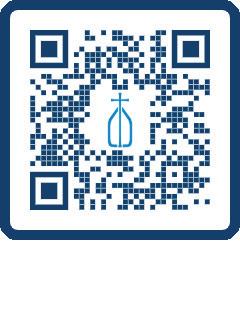

Thursday, May 1, 2025
Carmel Country Club, Charlotte “You too go into my vineyard” (Mt. 20:7)

May 15, 2025
DoubleTree by Hilton Asheville Register at ccdoc.org/hope


Join us to support Catholic Charities and uplift our neighbors in need! The love of Christ impels us (II Cor. 5:14) to serve our neighbors in need (Mt. 25: 31-46) – we cannot do otherwise (Deus Caritas Est, no. 25).